Learn Musical Production from composition to mixture with professional preproduction, recording and mastering techniques
Immerse yourself in the fascinating world of music production with this comprehensive specialization course. From the initial spark of inspiration to the final mix, each module is designed to guide you through every stage of the creative and technical process. Learn the essential fundamentals of the music industry with Alejo Stivel, who will guide you through pre-production and the secrets behind a great song. Discover how to build pop songs with Martin Kano, exploring musical arrangements and the recording of real instruments.
Nicolas Astegiano will teach you how to compose digitally, while Nico Quiroga will introduce you to mixing techniques to achieve a balanced and professional sound. Complete your training with Luca Petrica, who will guide you through the advanced use of Pro Tools for mixing and mastering. This course is a unique opportunity to learn from experts and develop skills that will allow you to take your musical productions to the next level. Join this educational experience and transform your passion for music into a career.
What will you learn in this specialization?
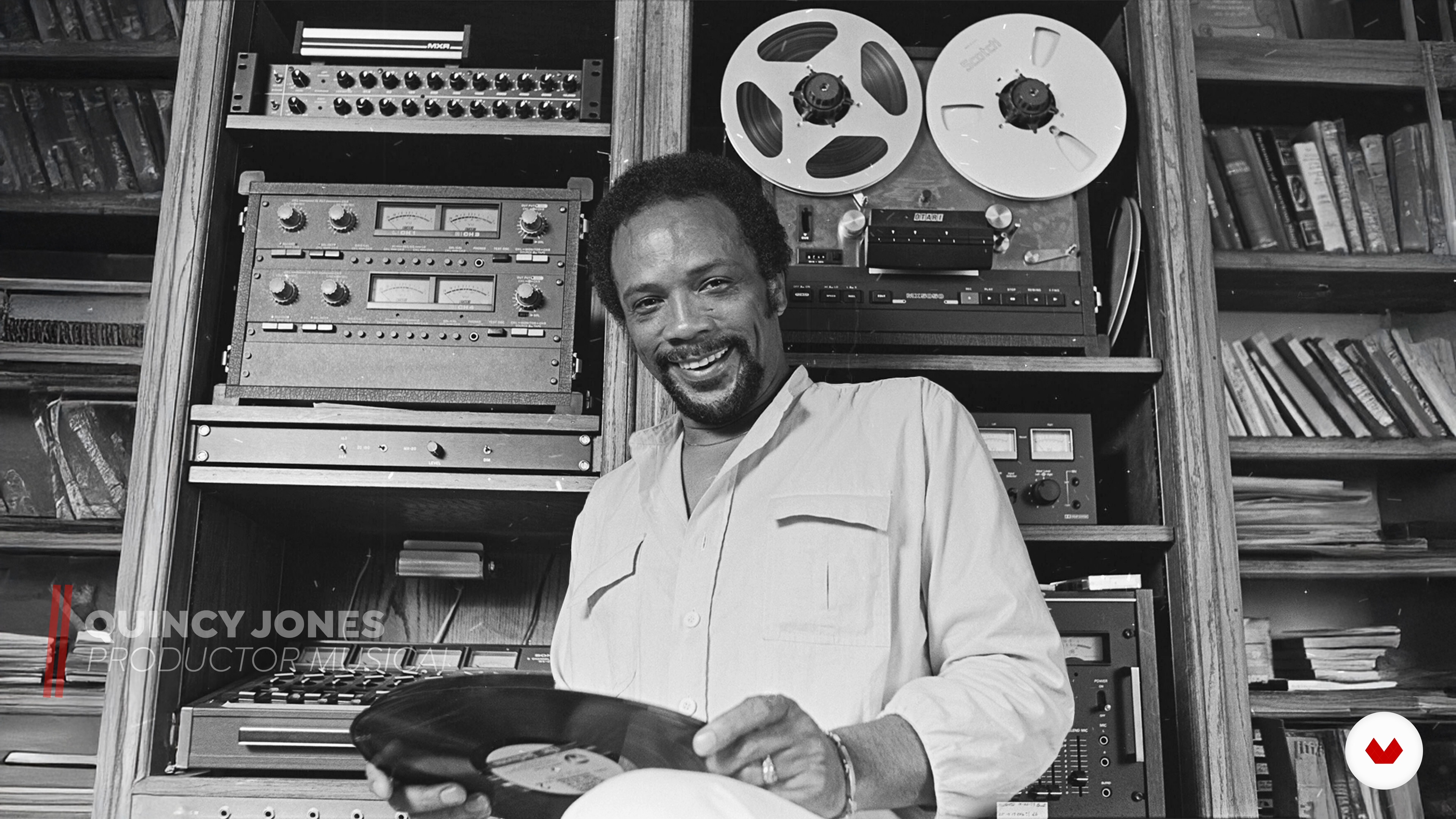

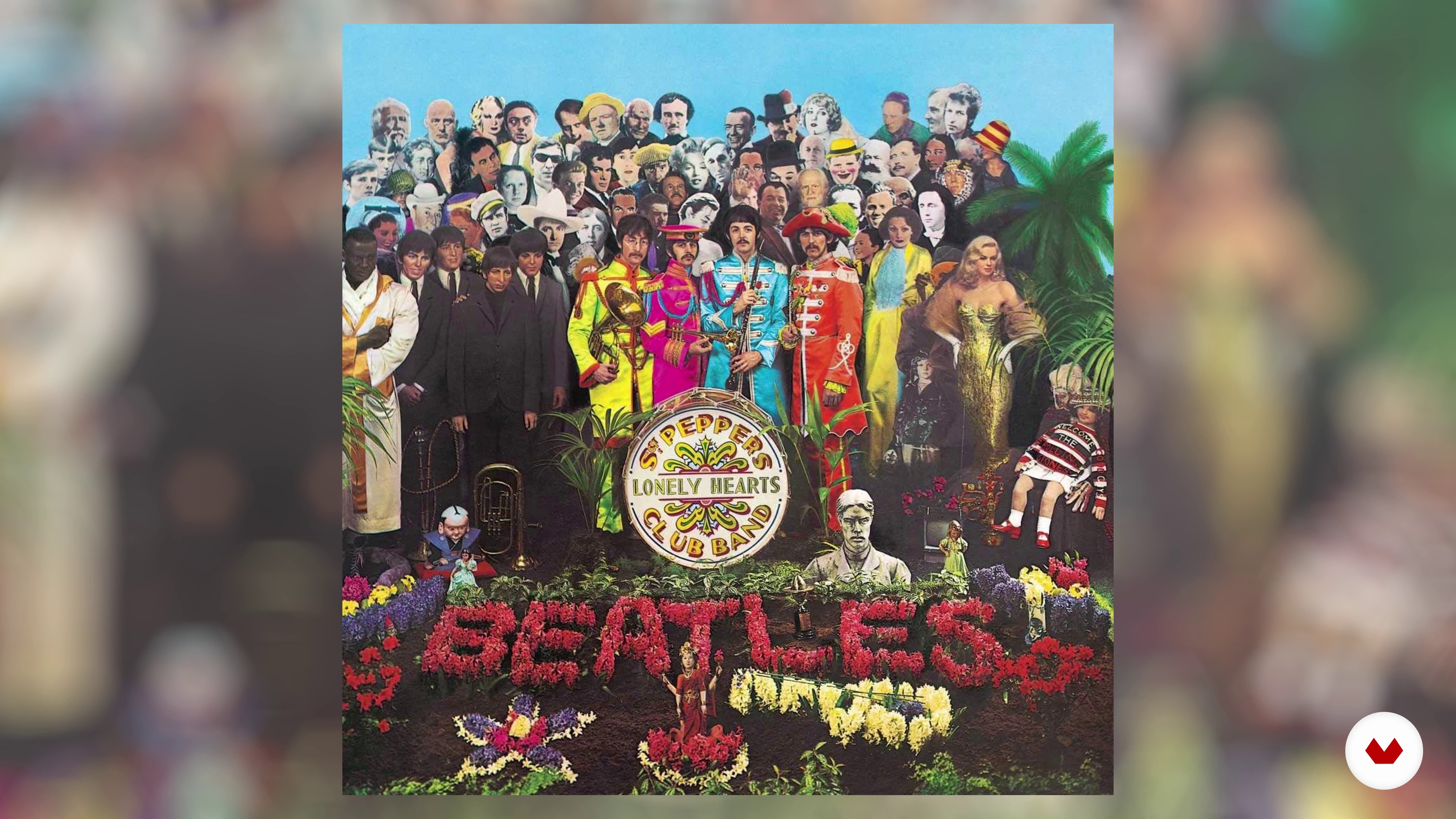
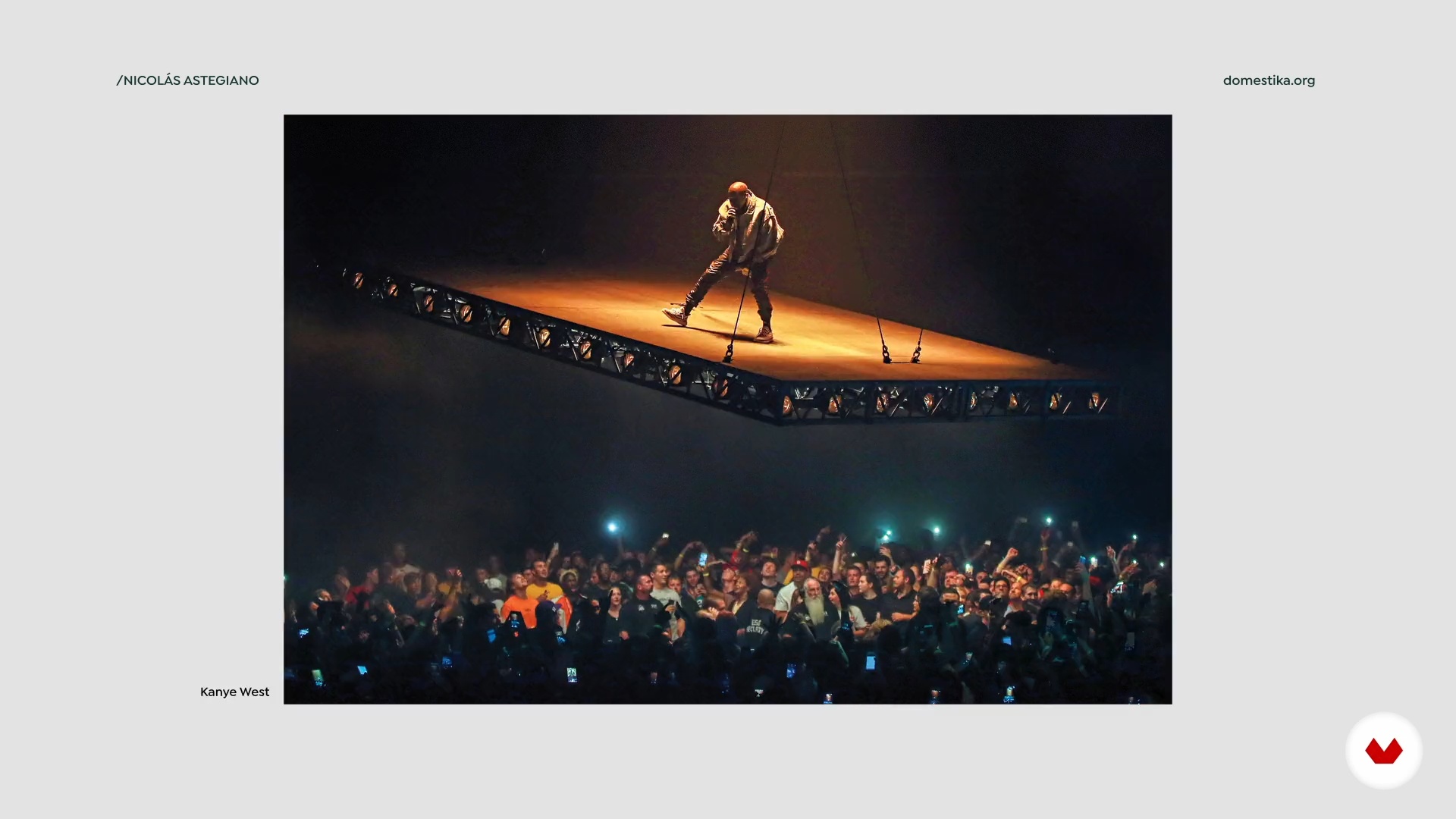
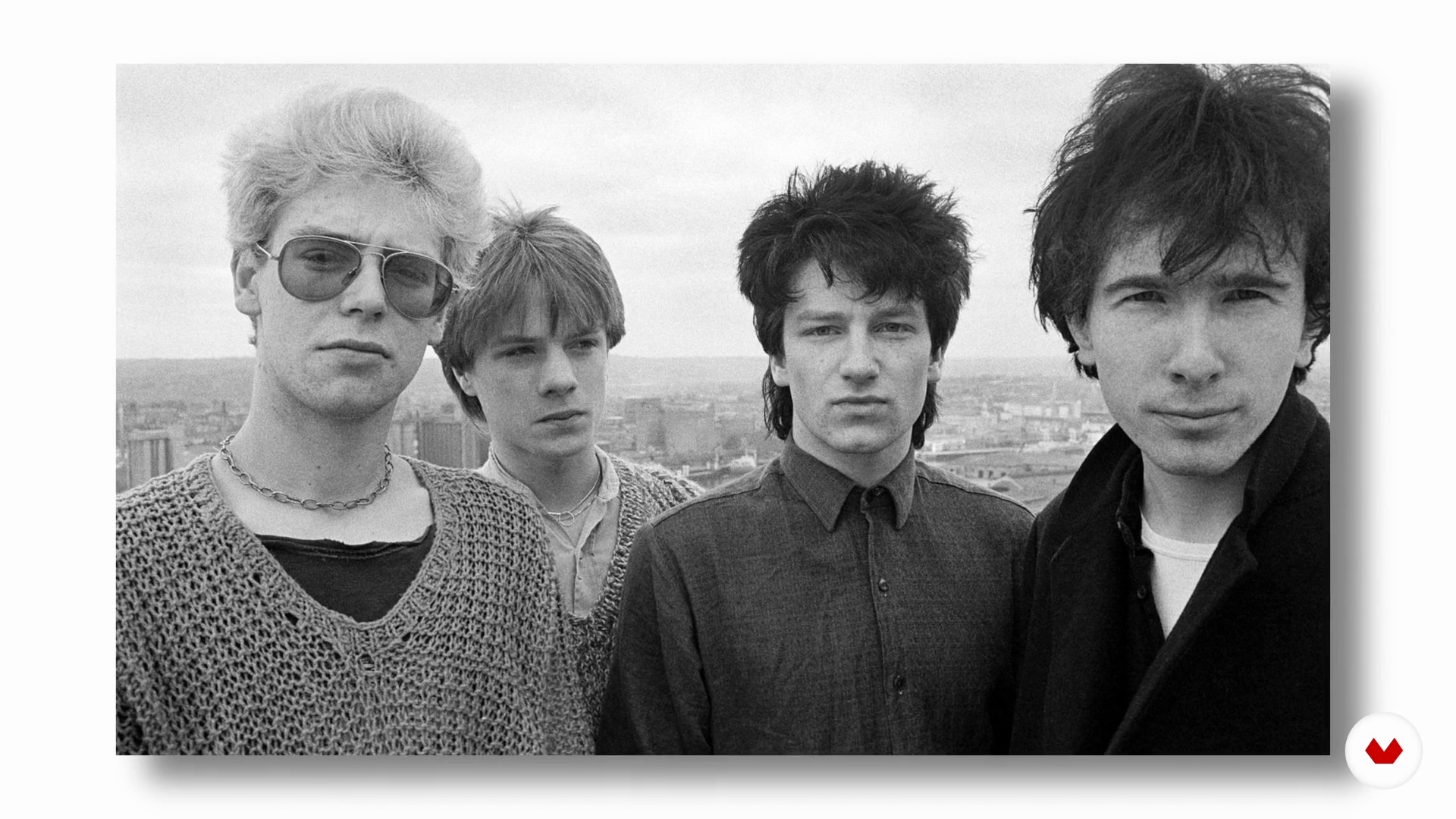
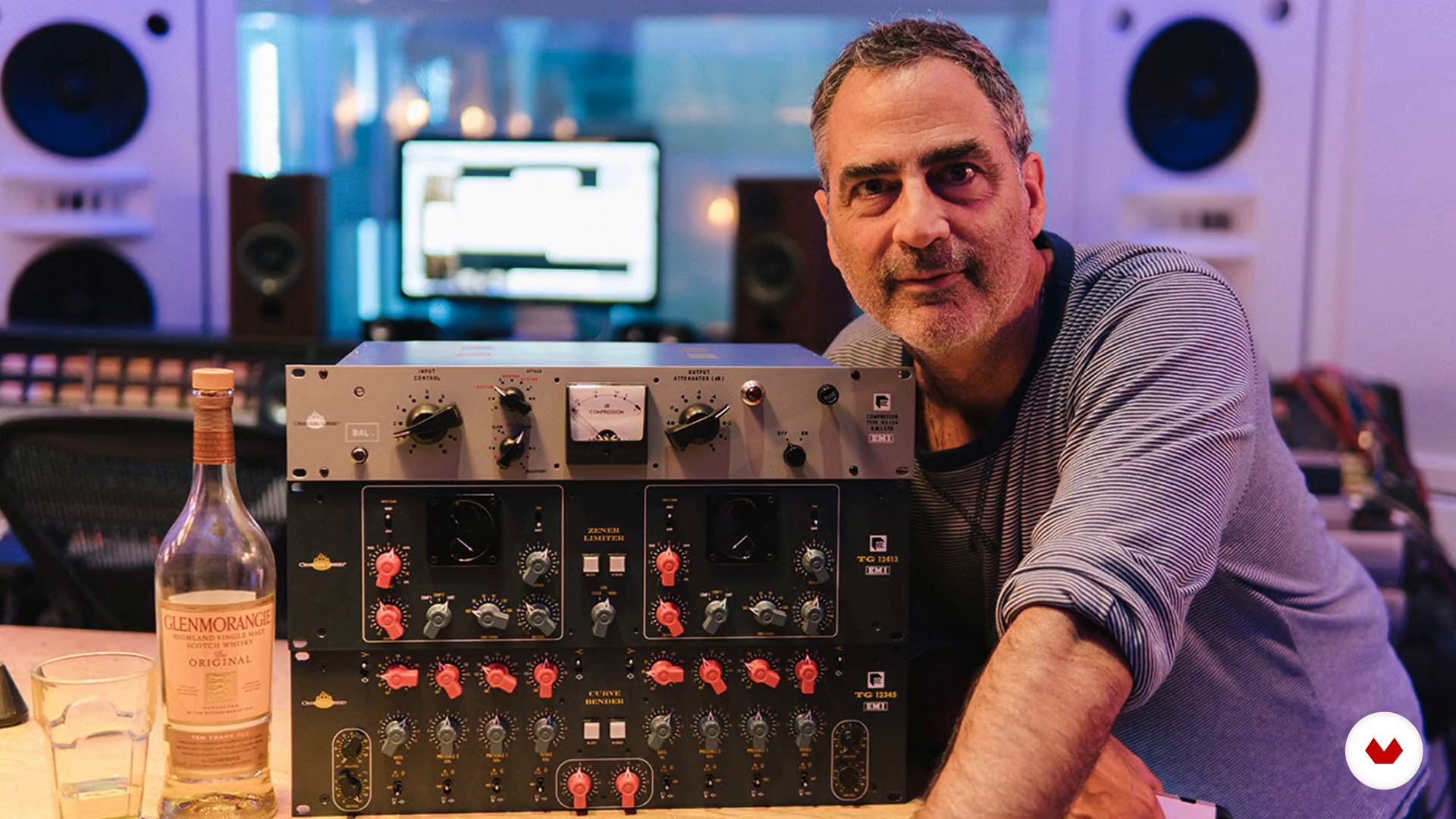
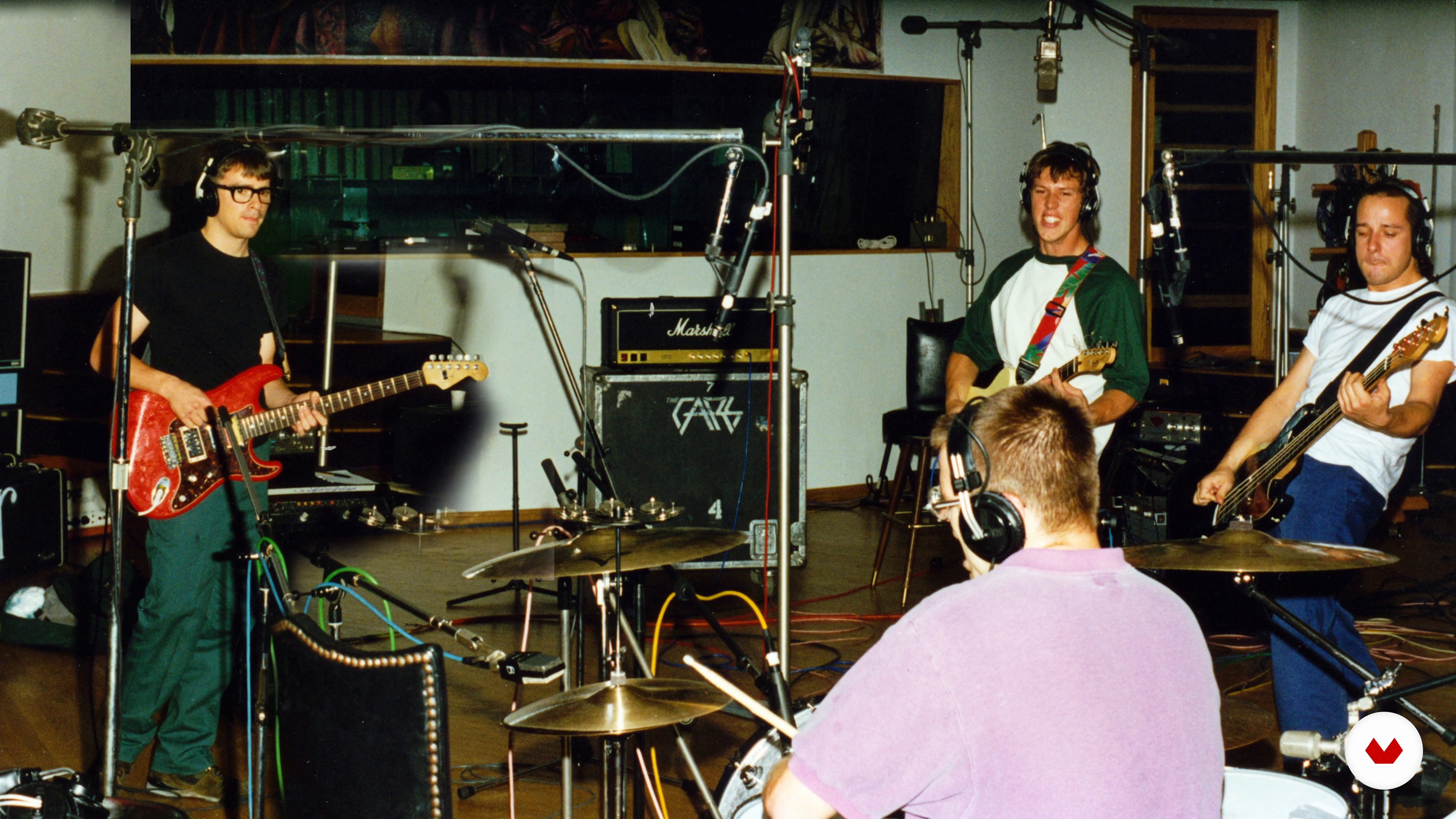
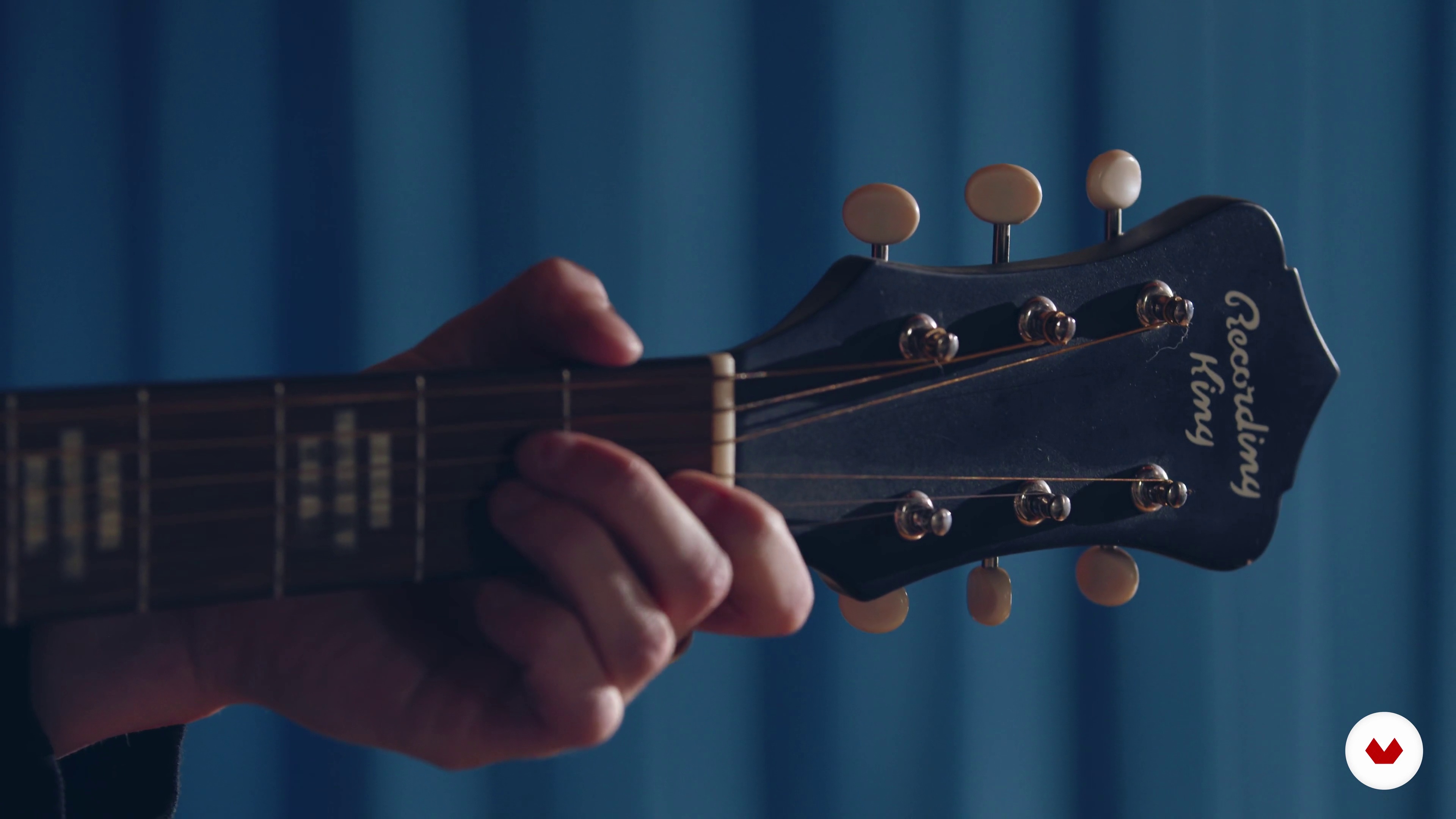

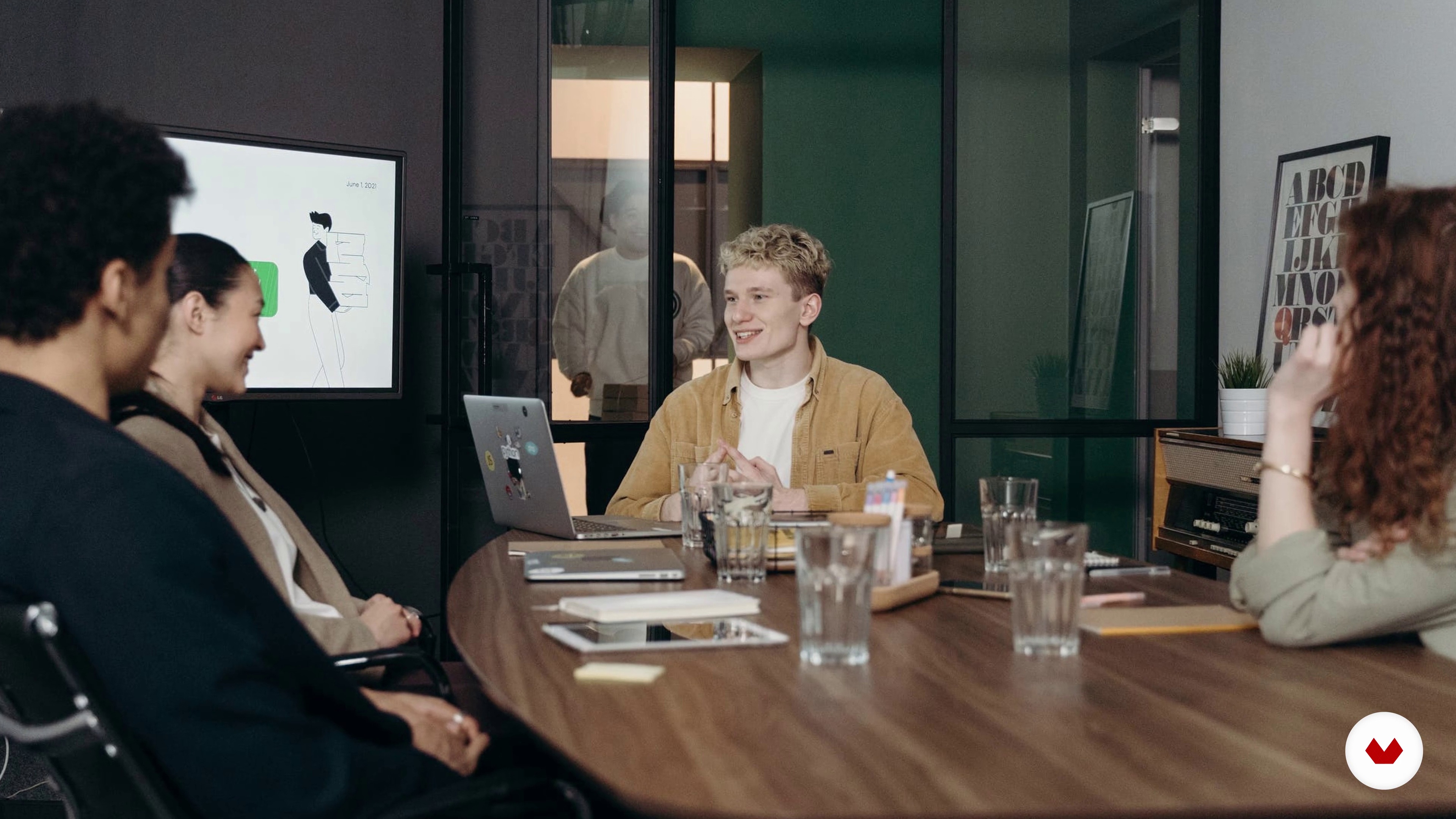
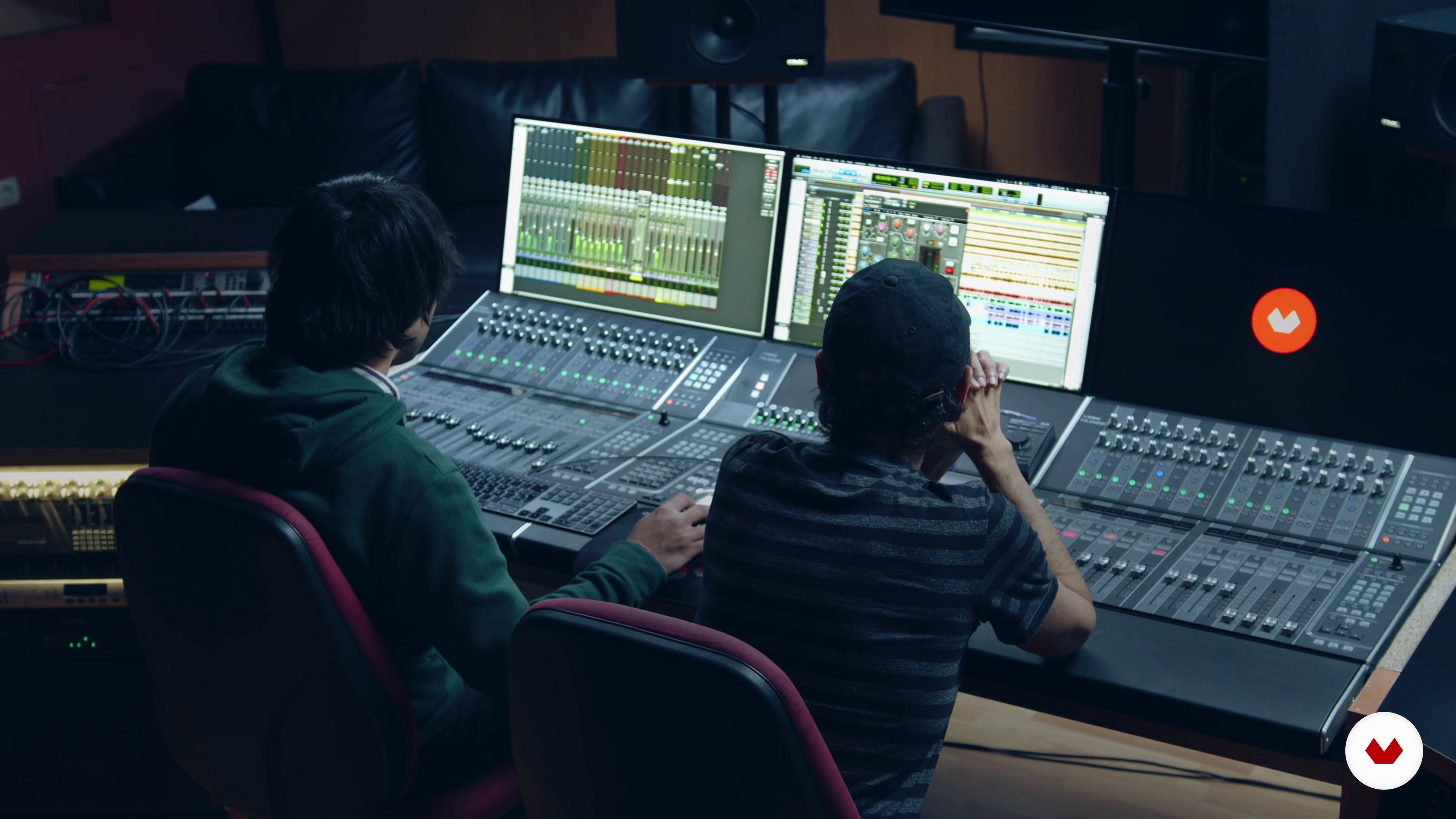
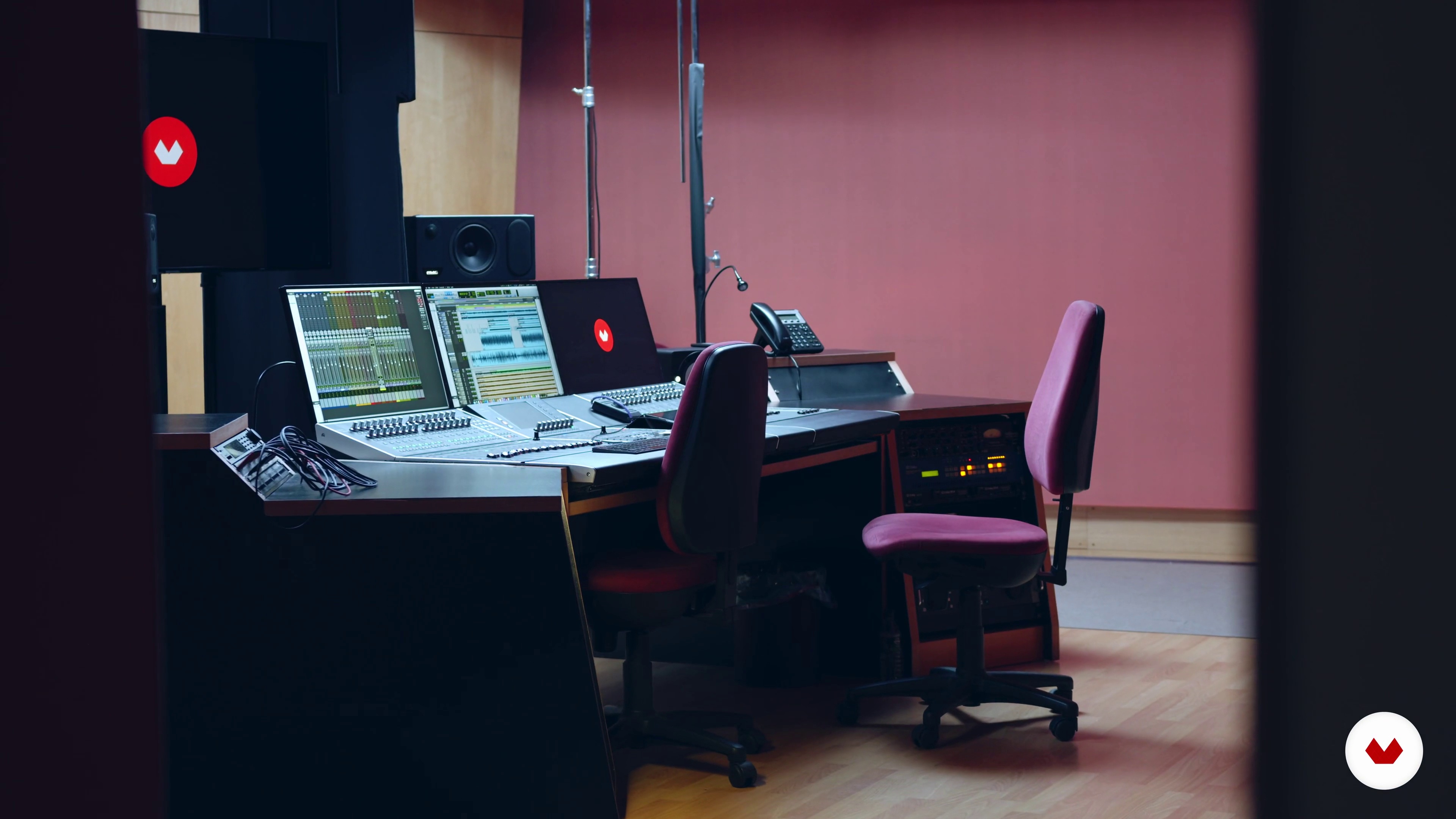
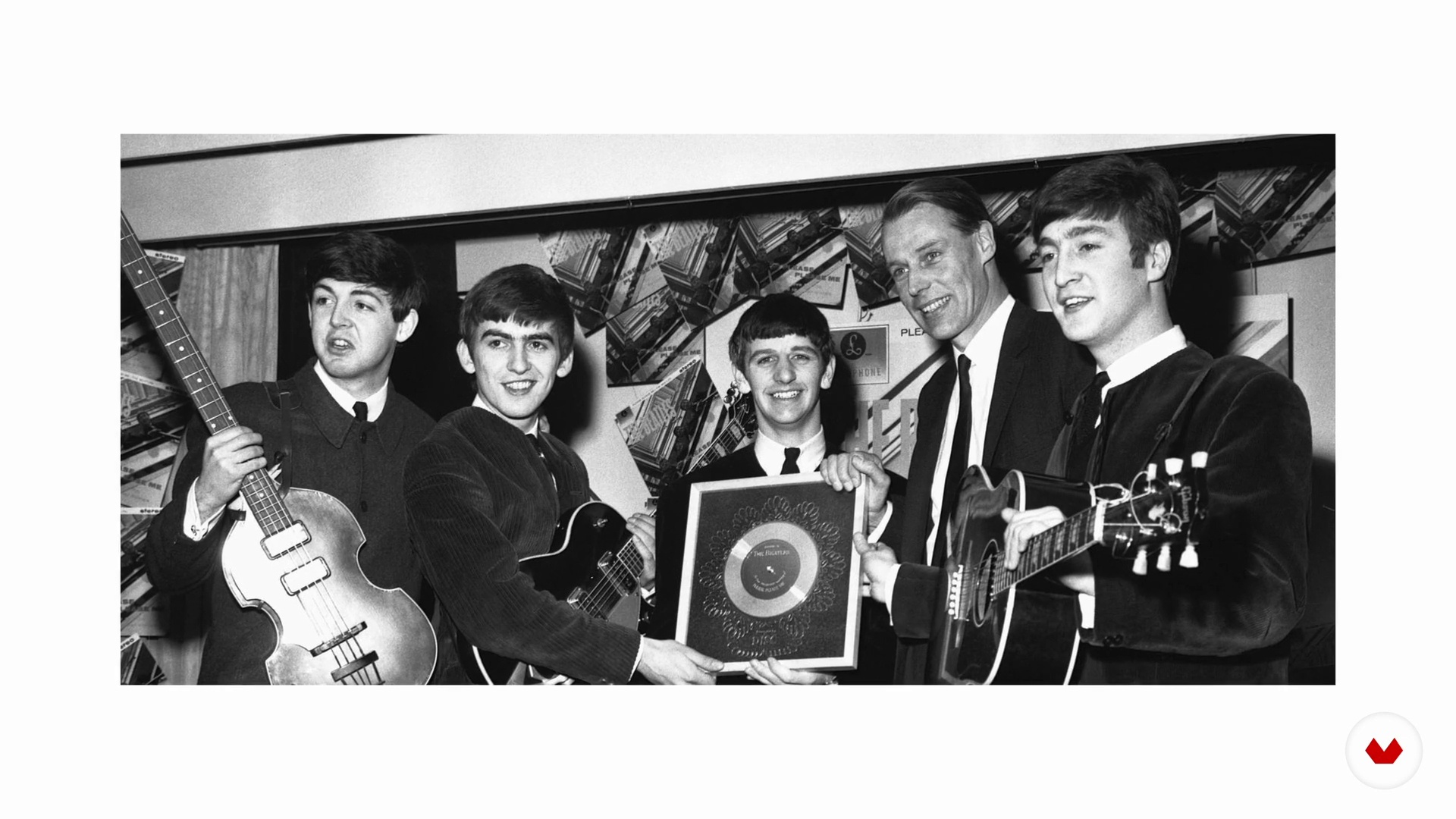
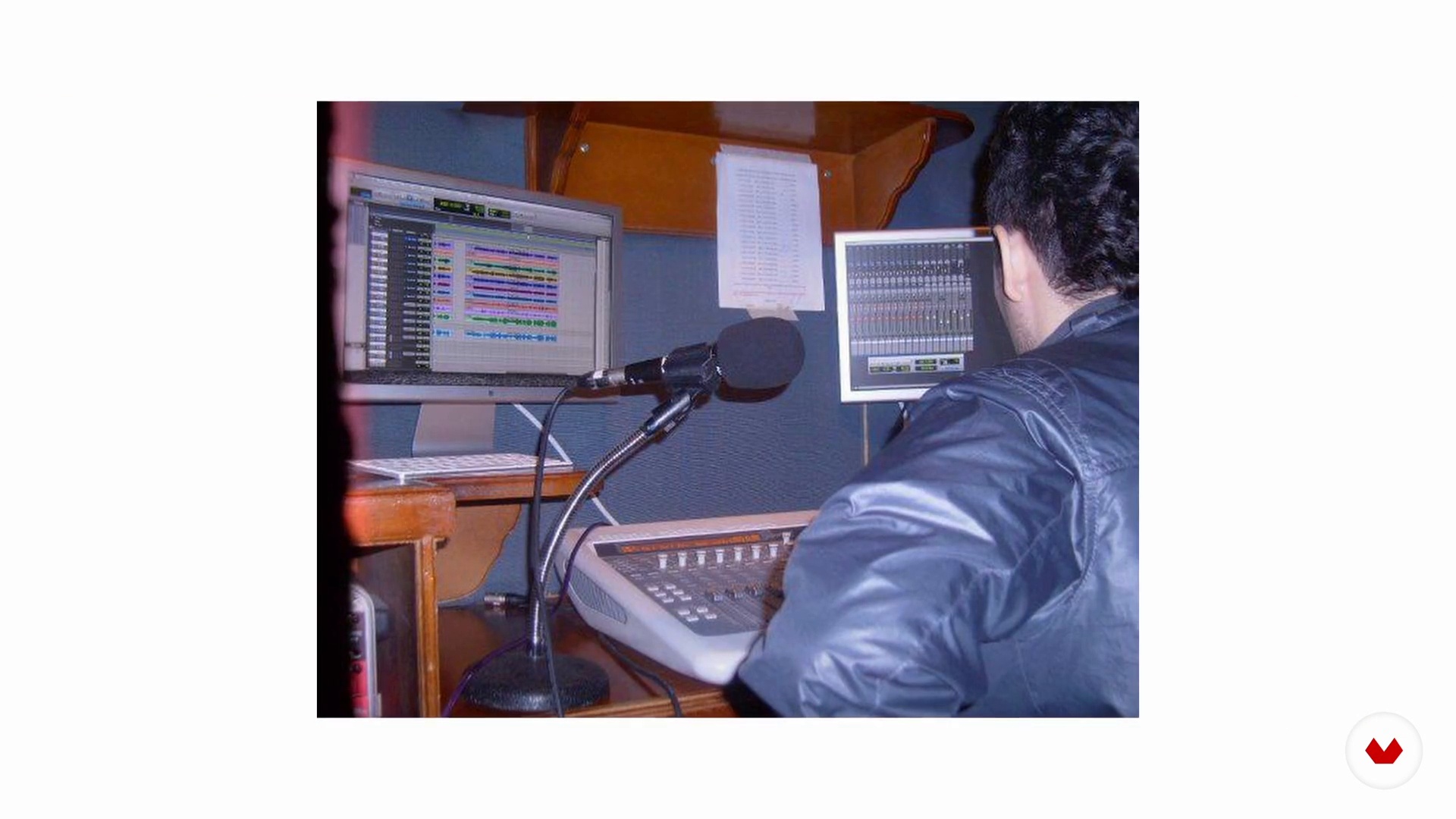
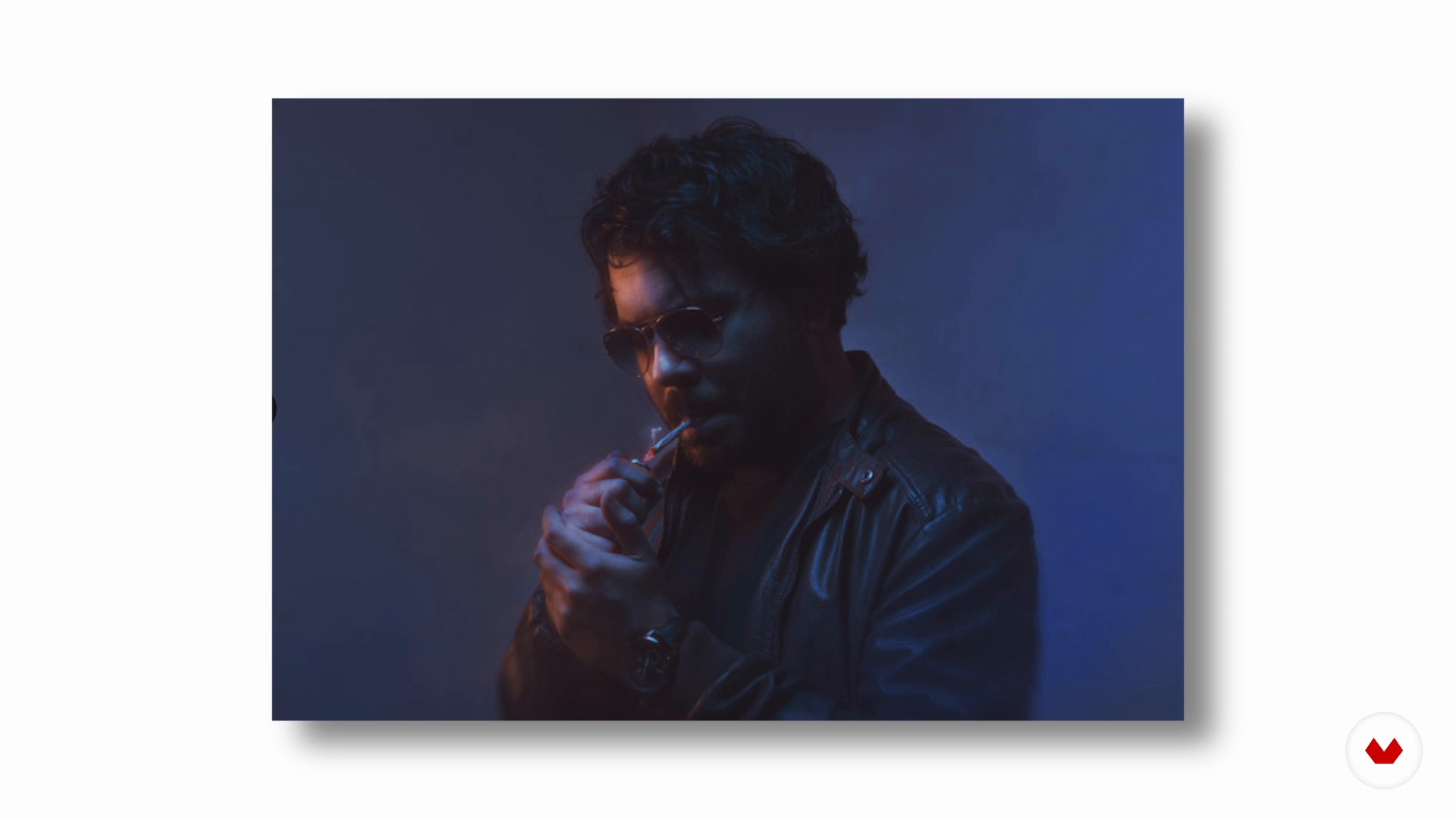
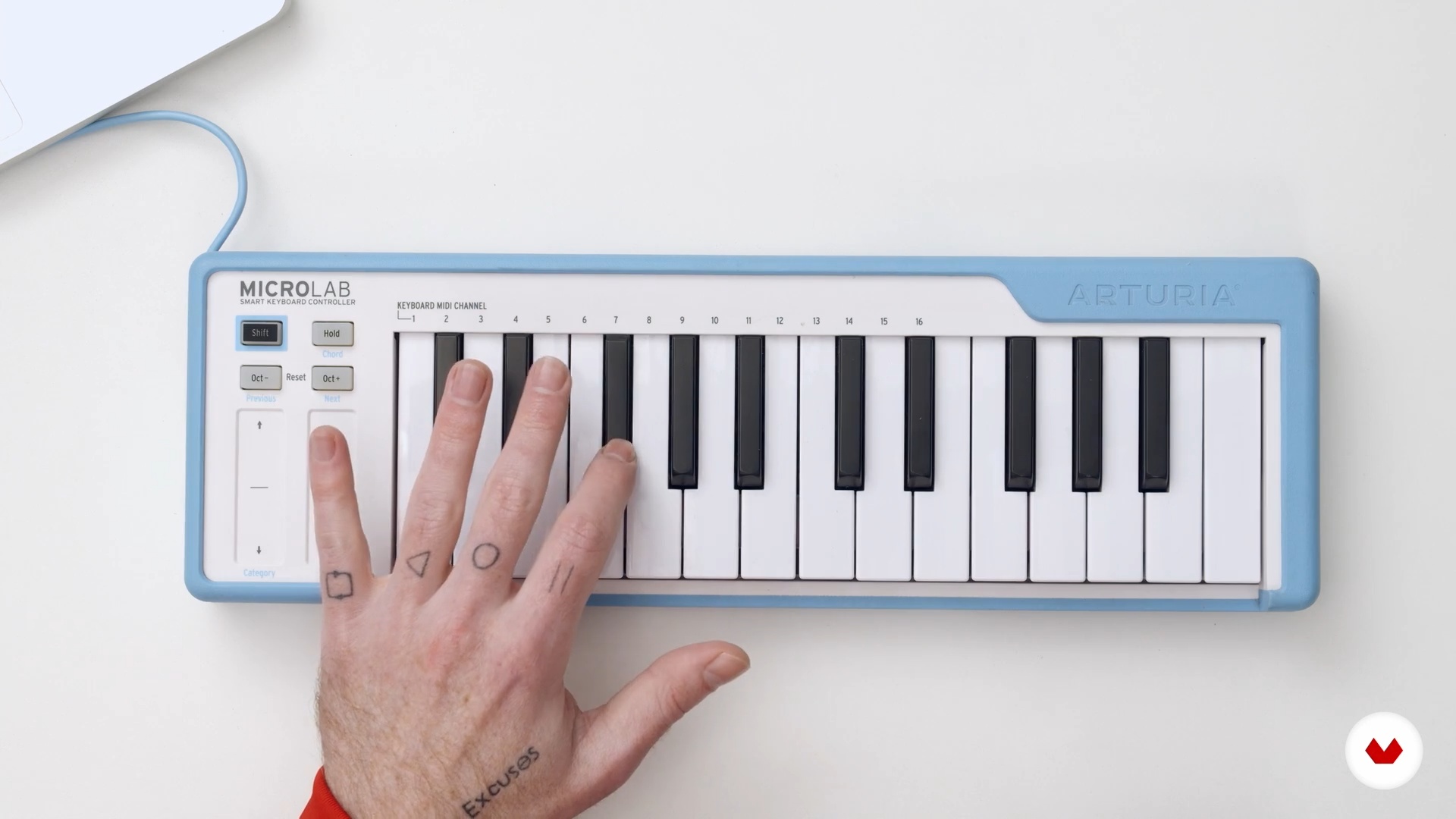

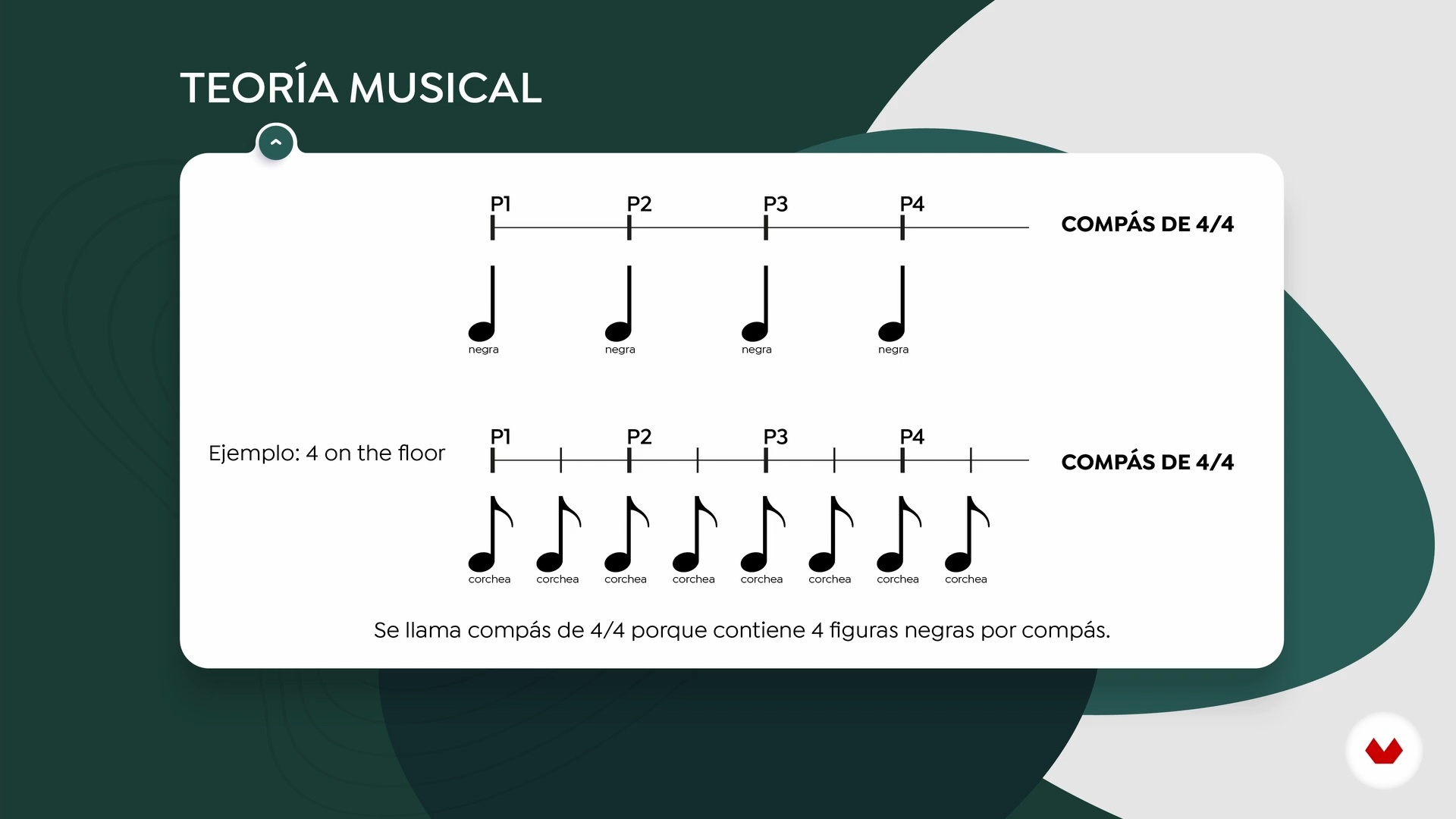
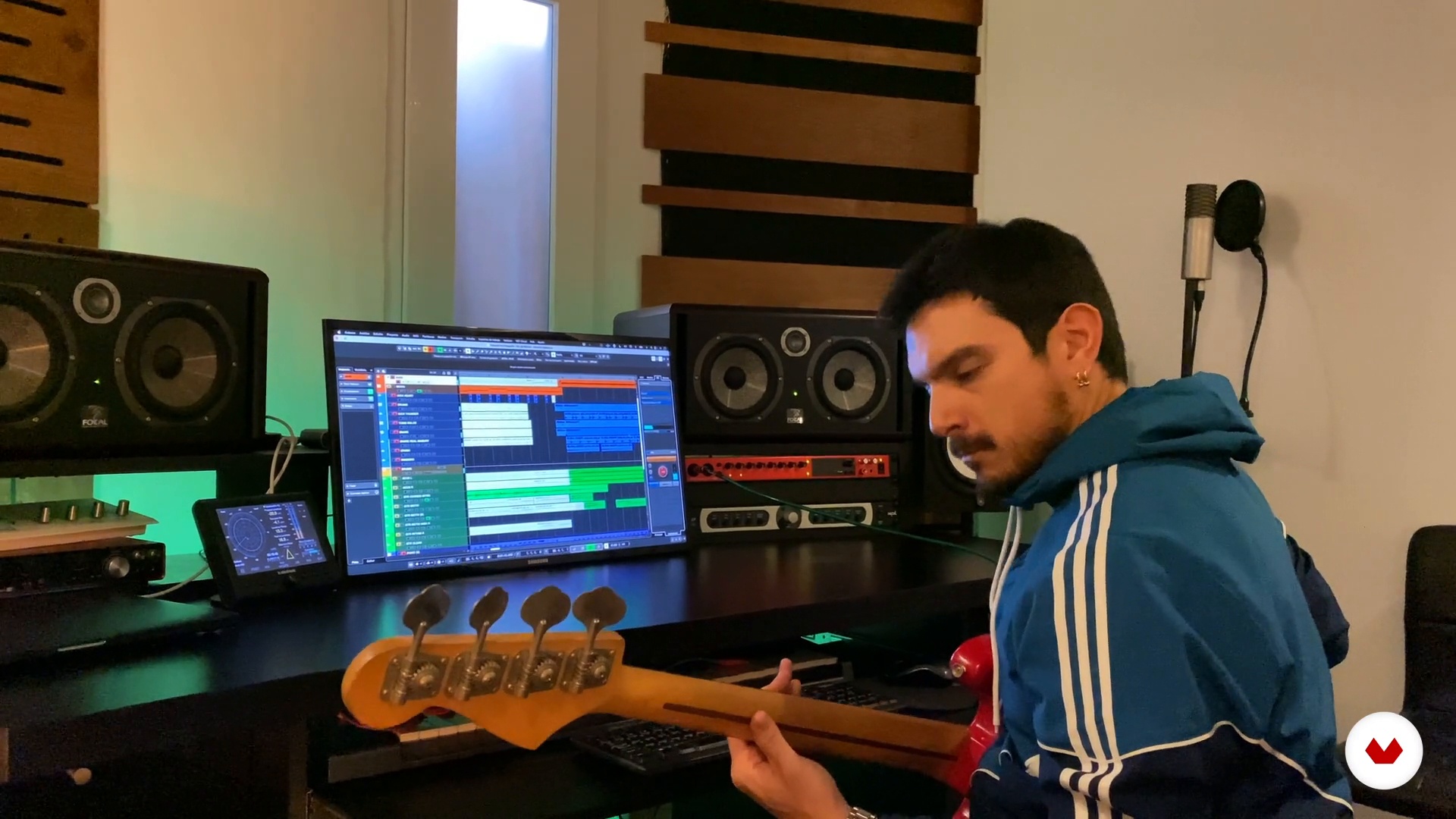
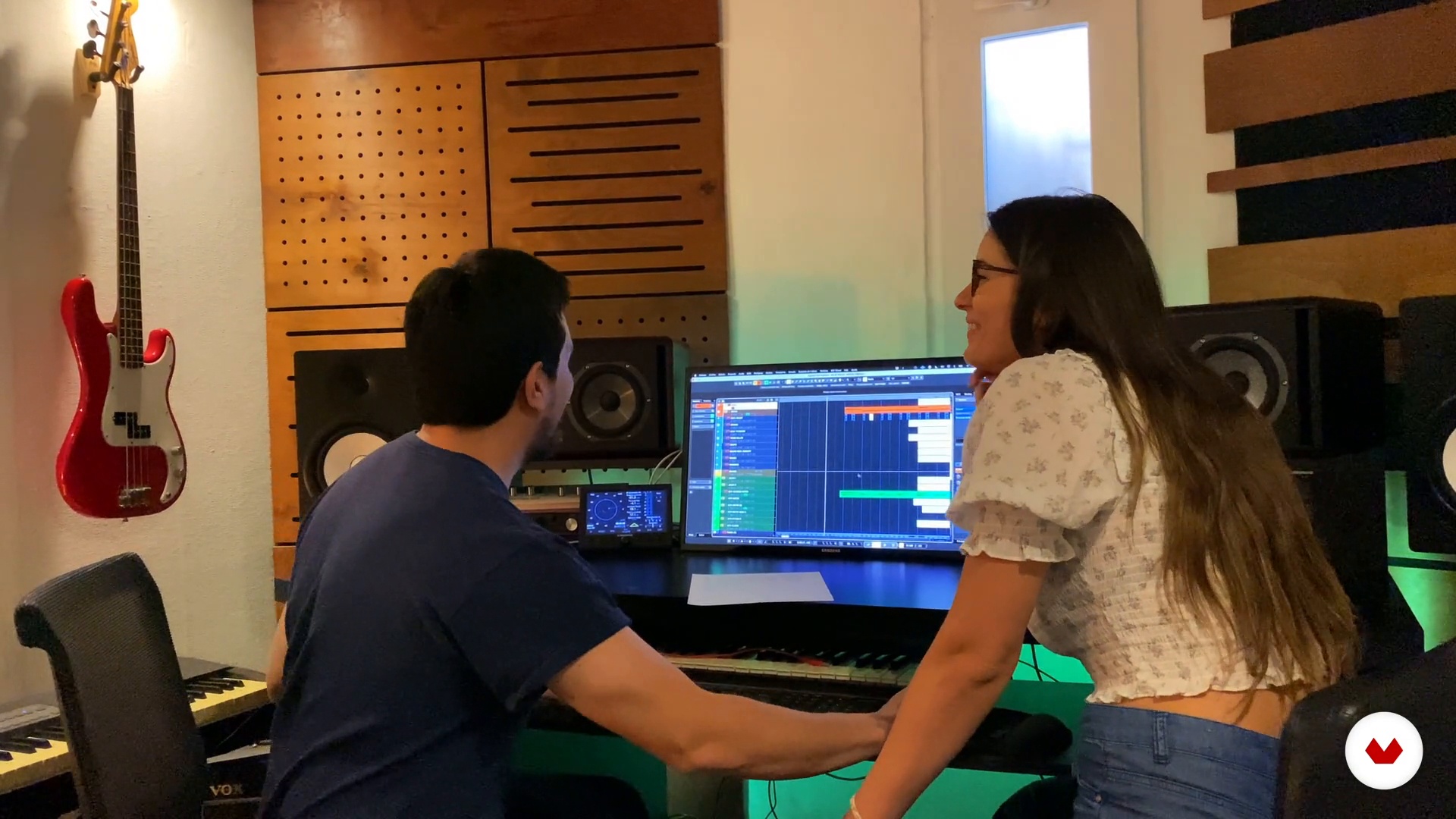
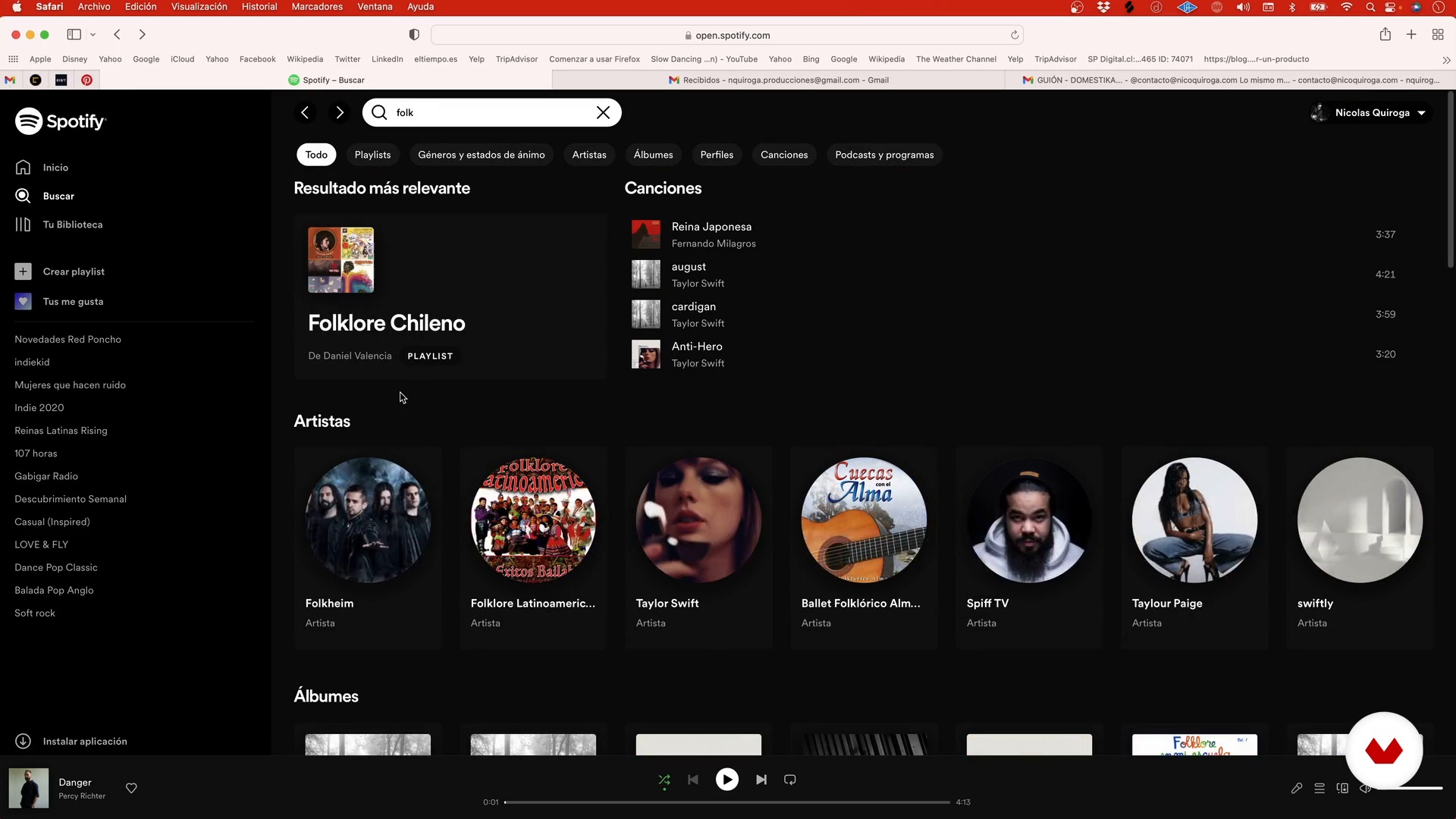
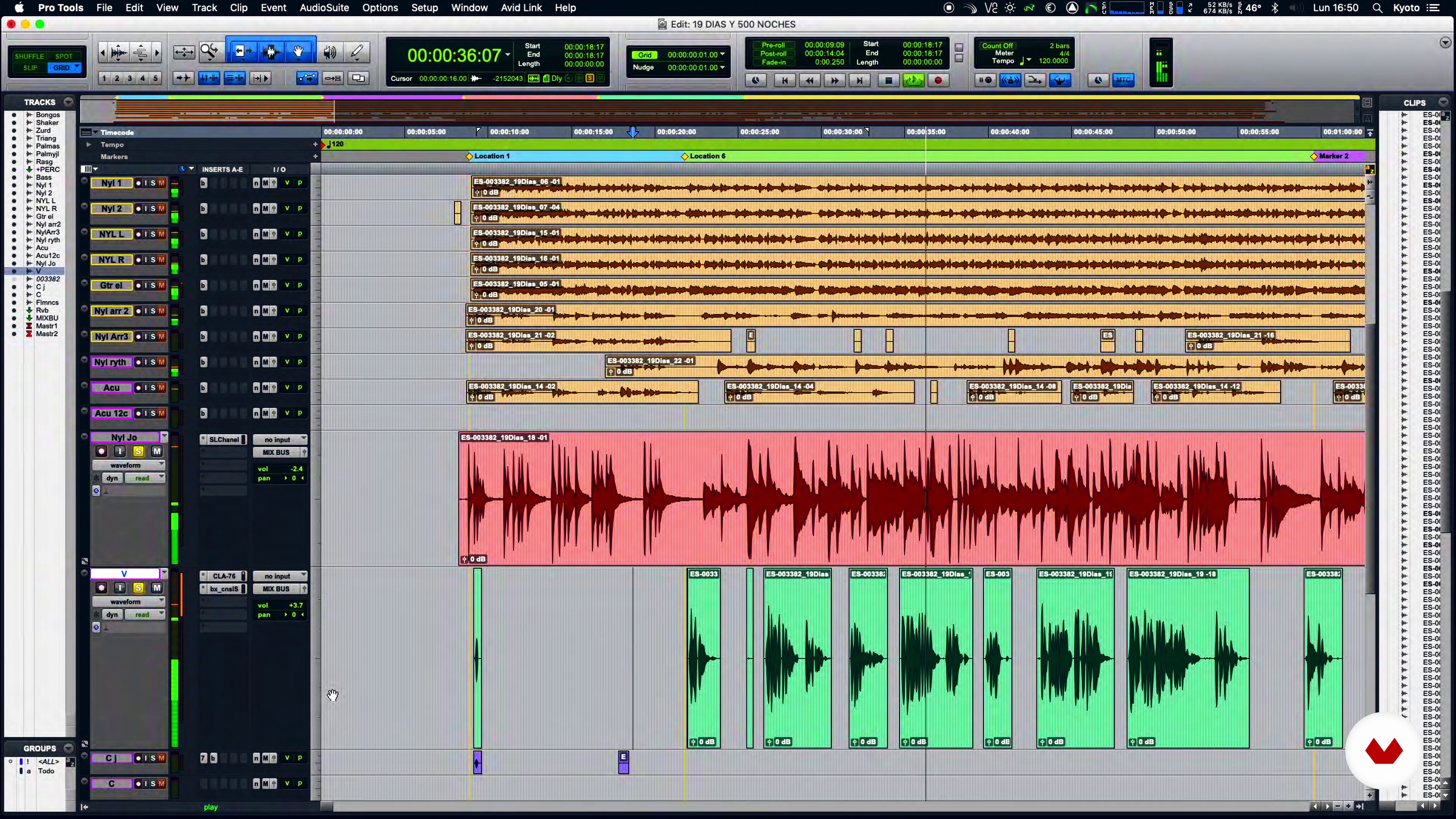

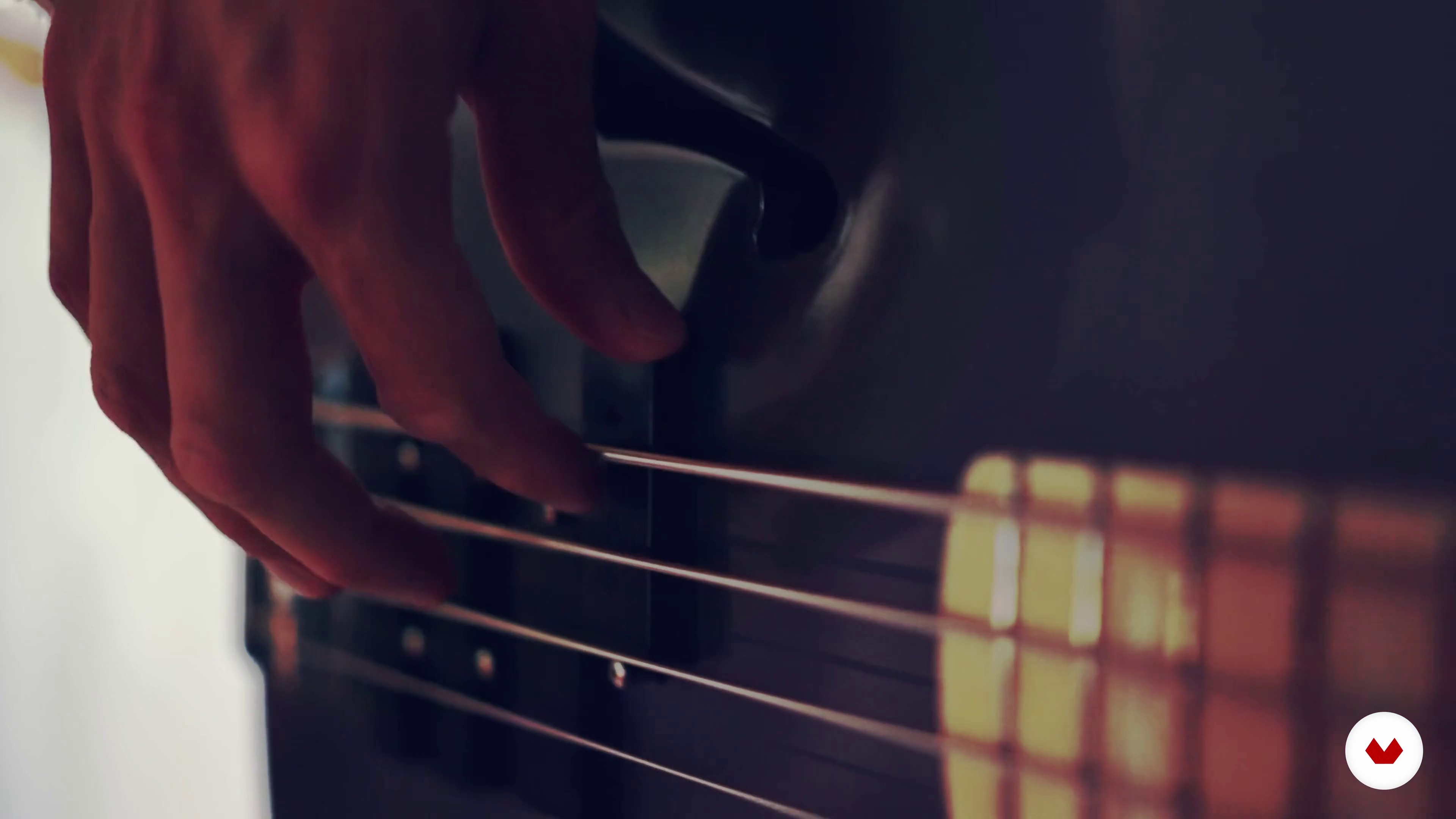
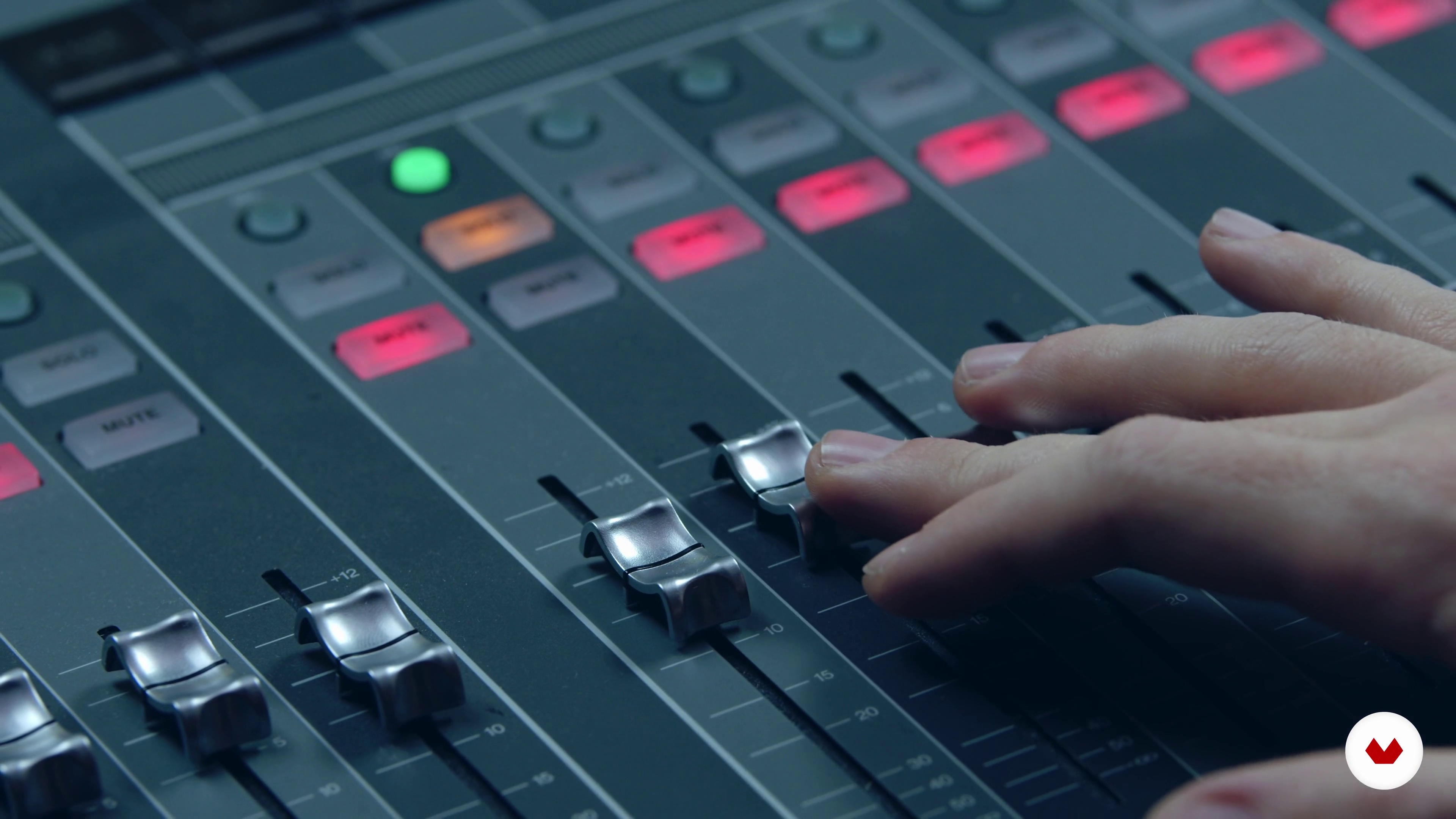
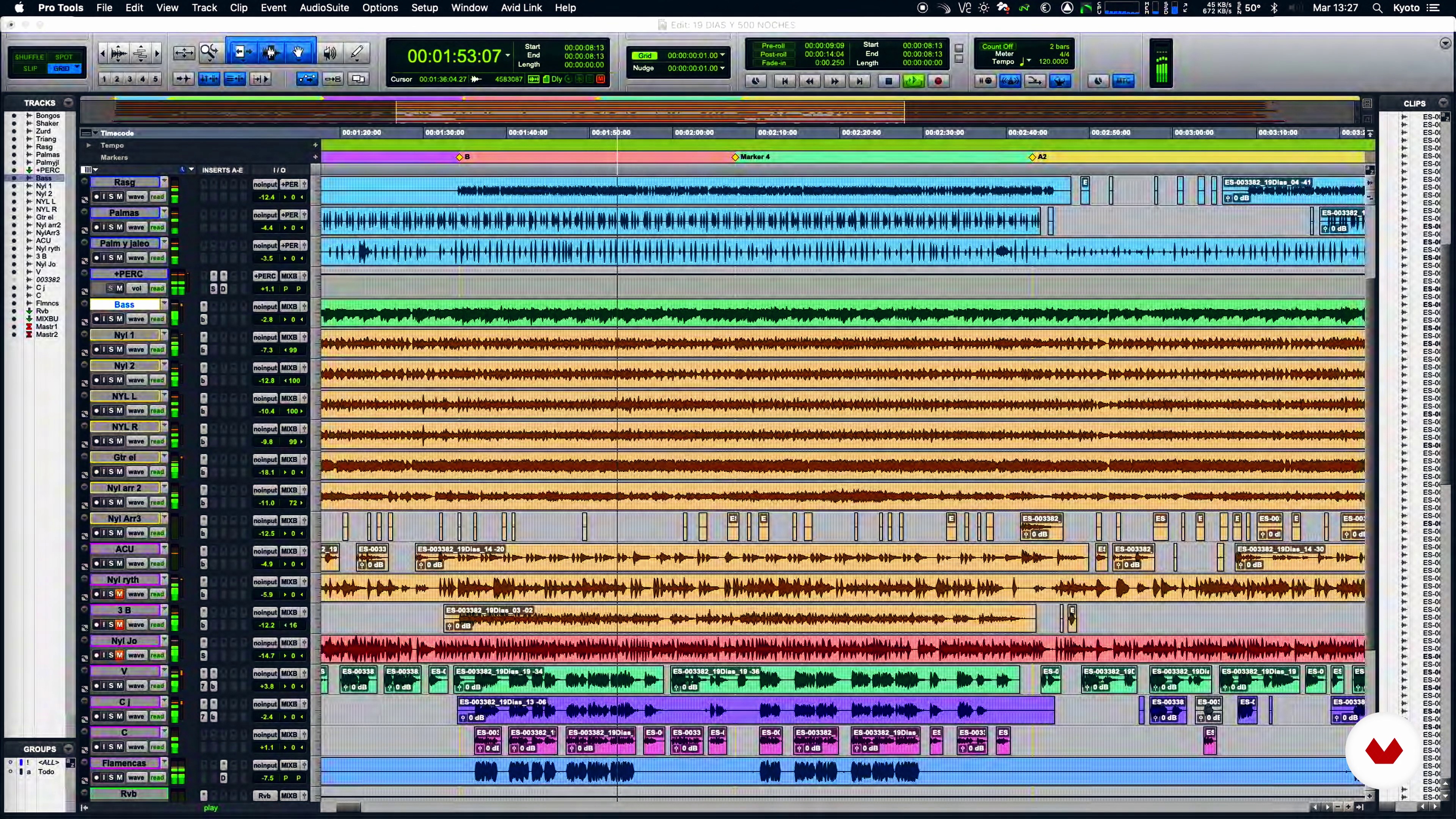
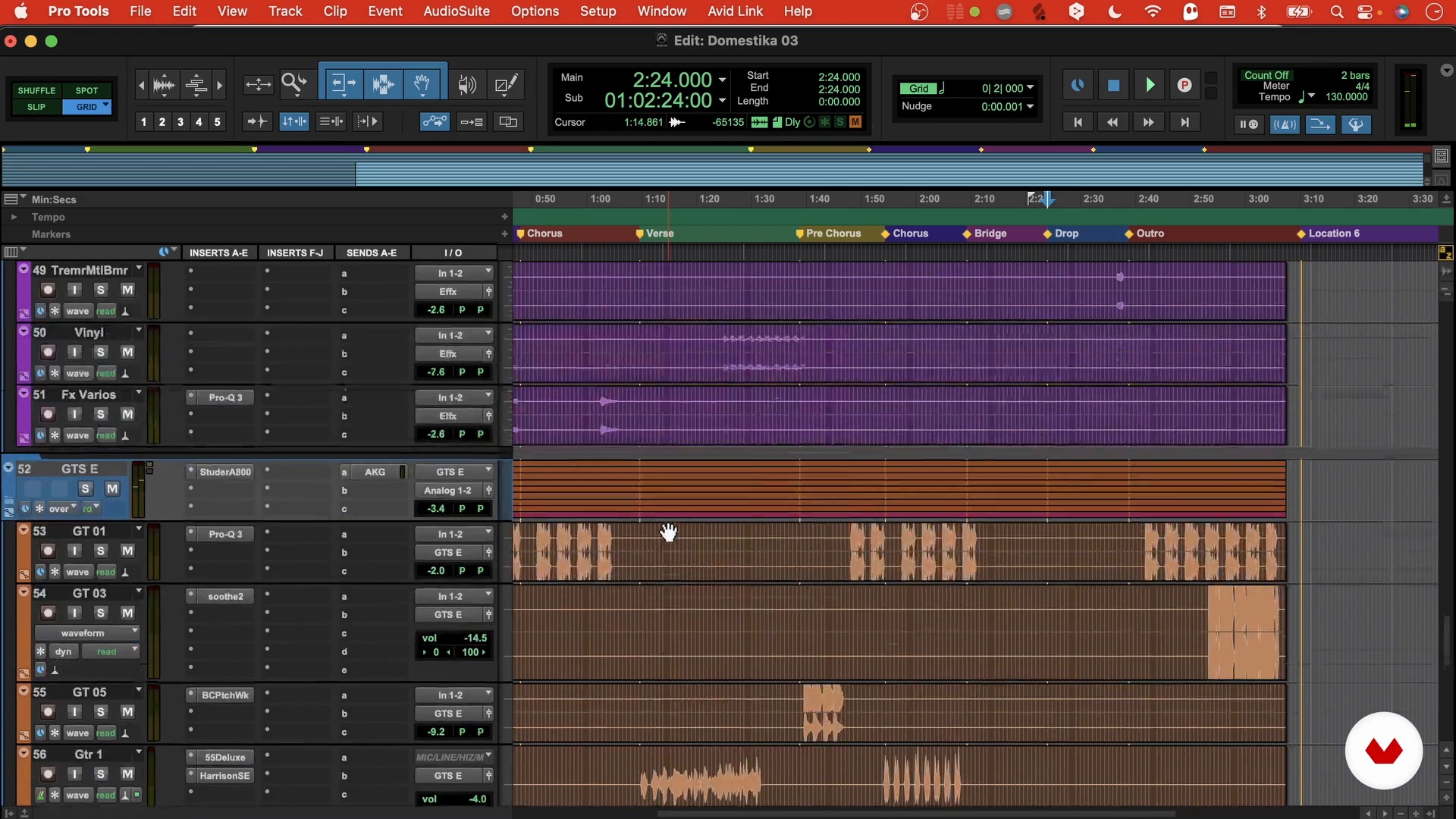

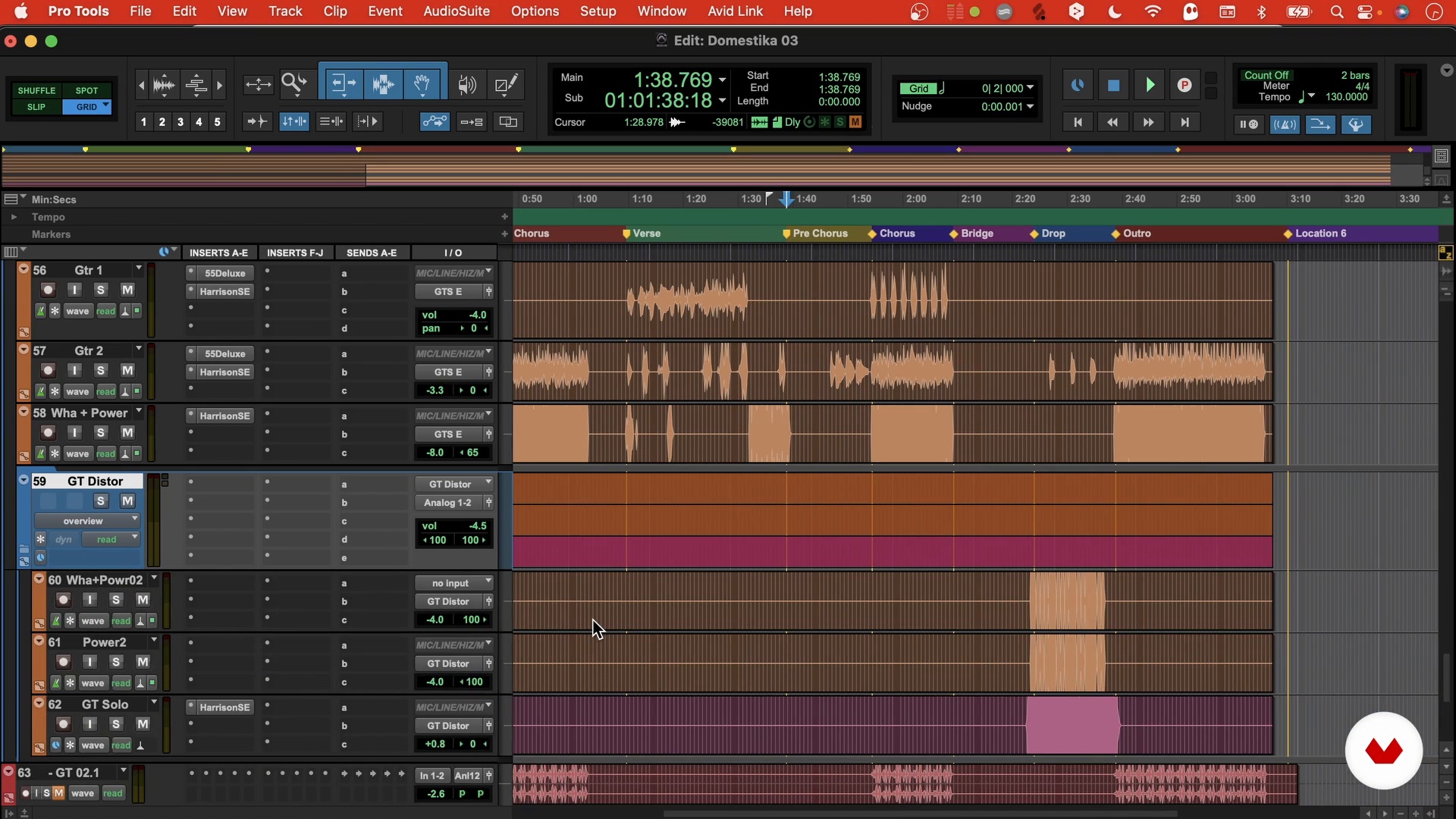
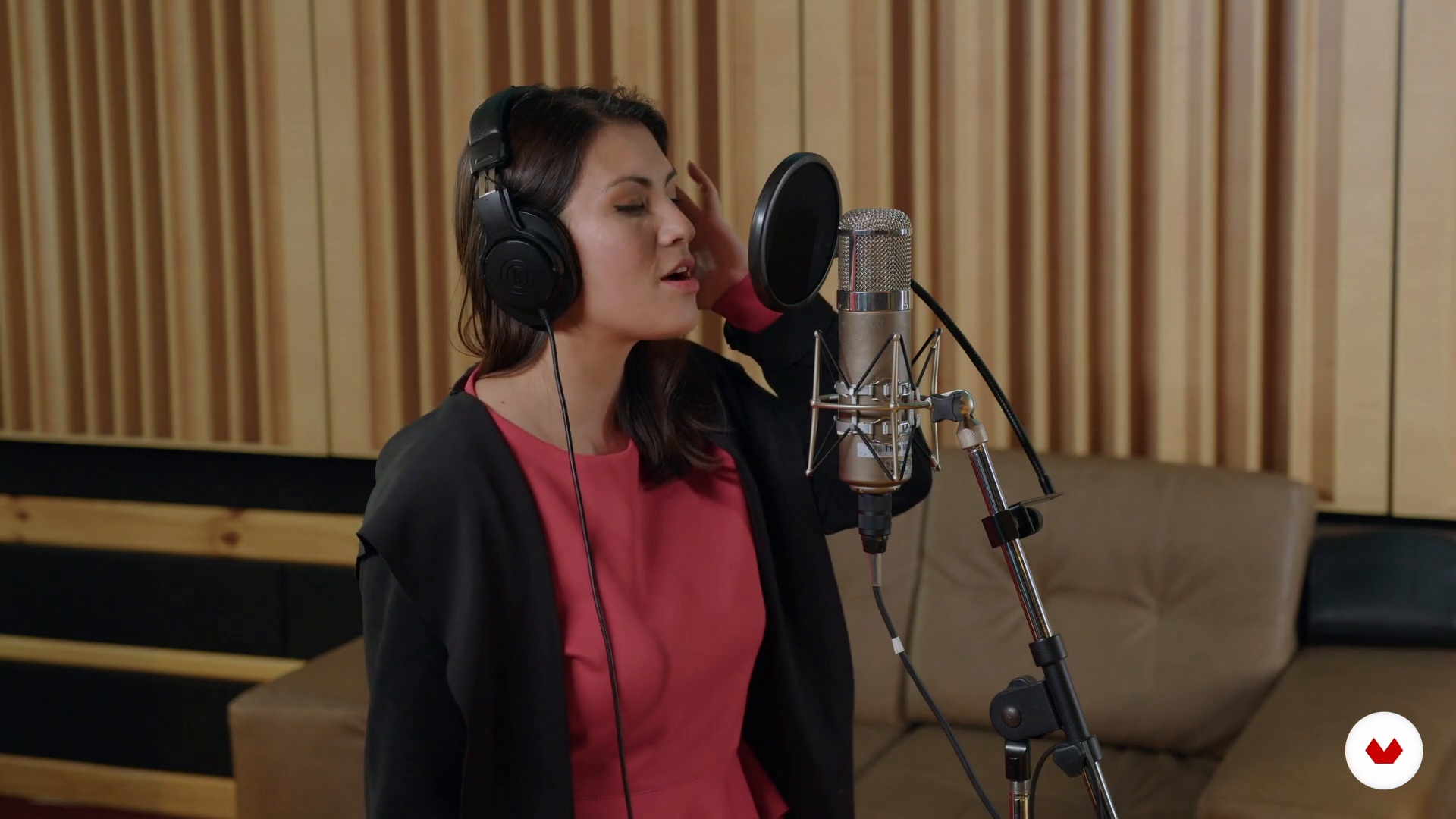
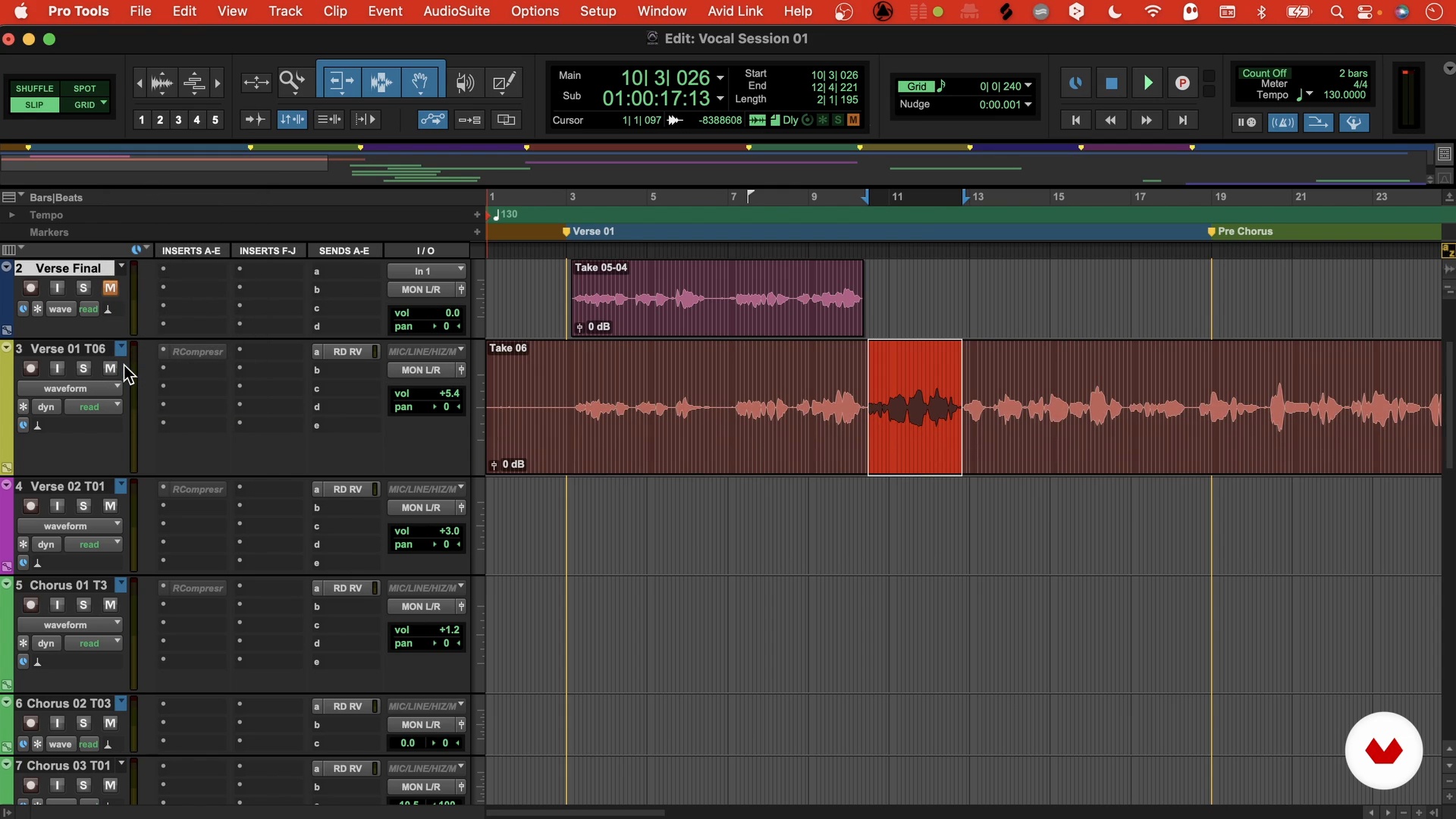
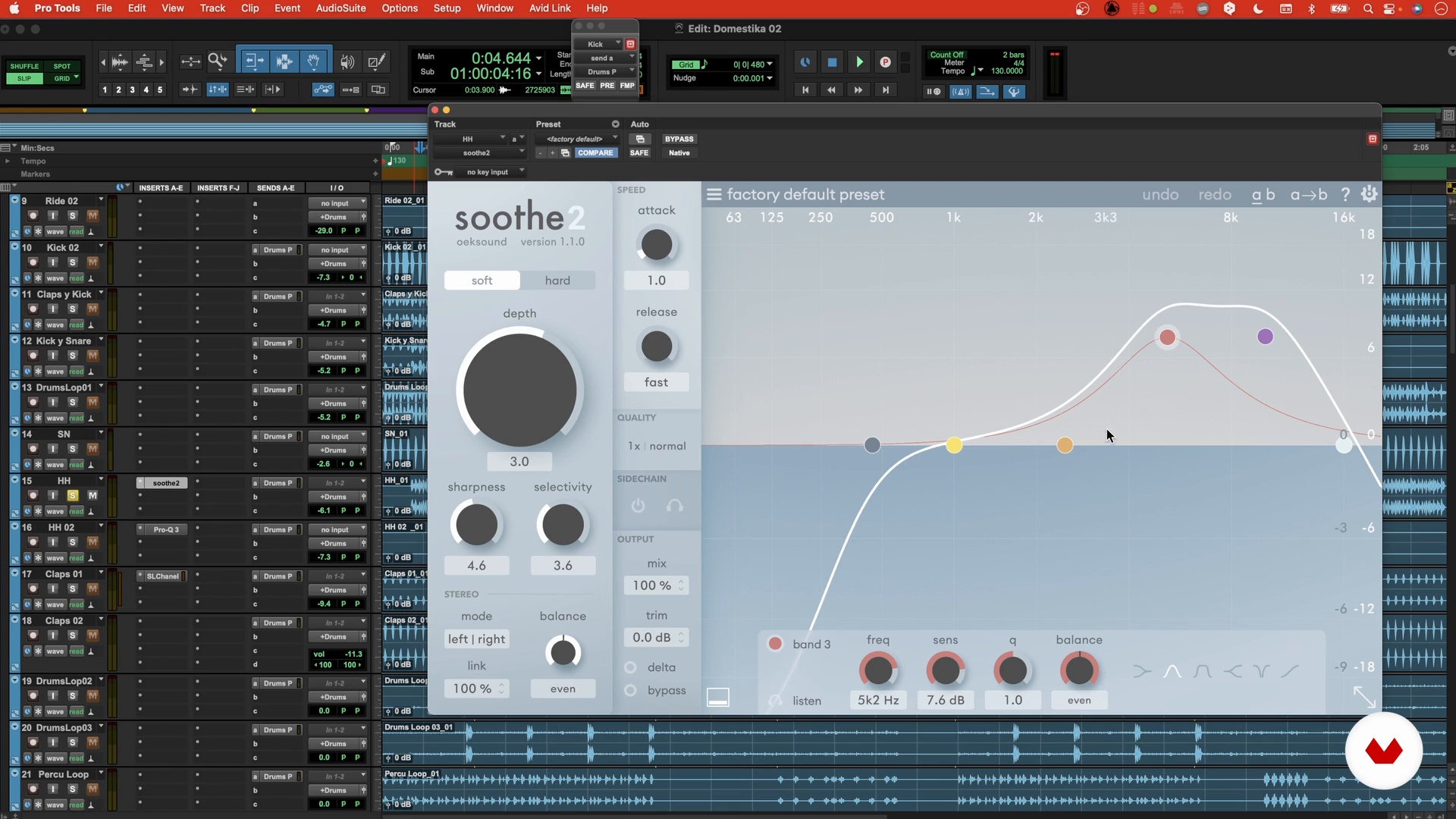
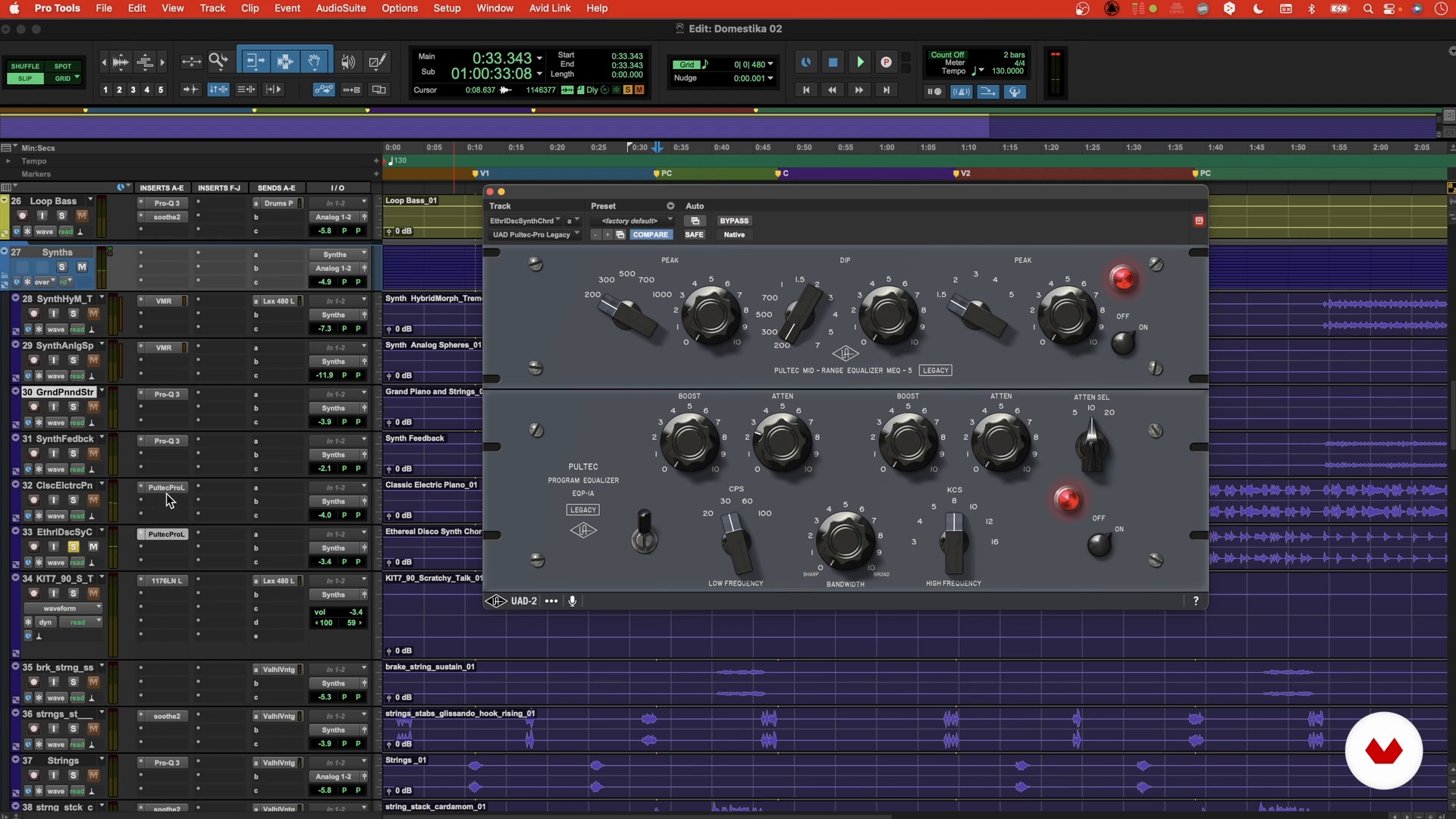
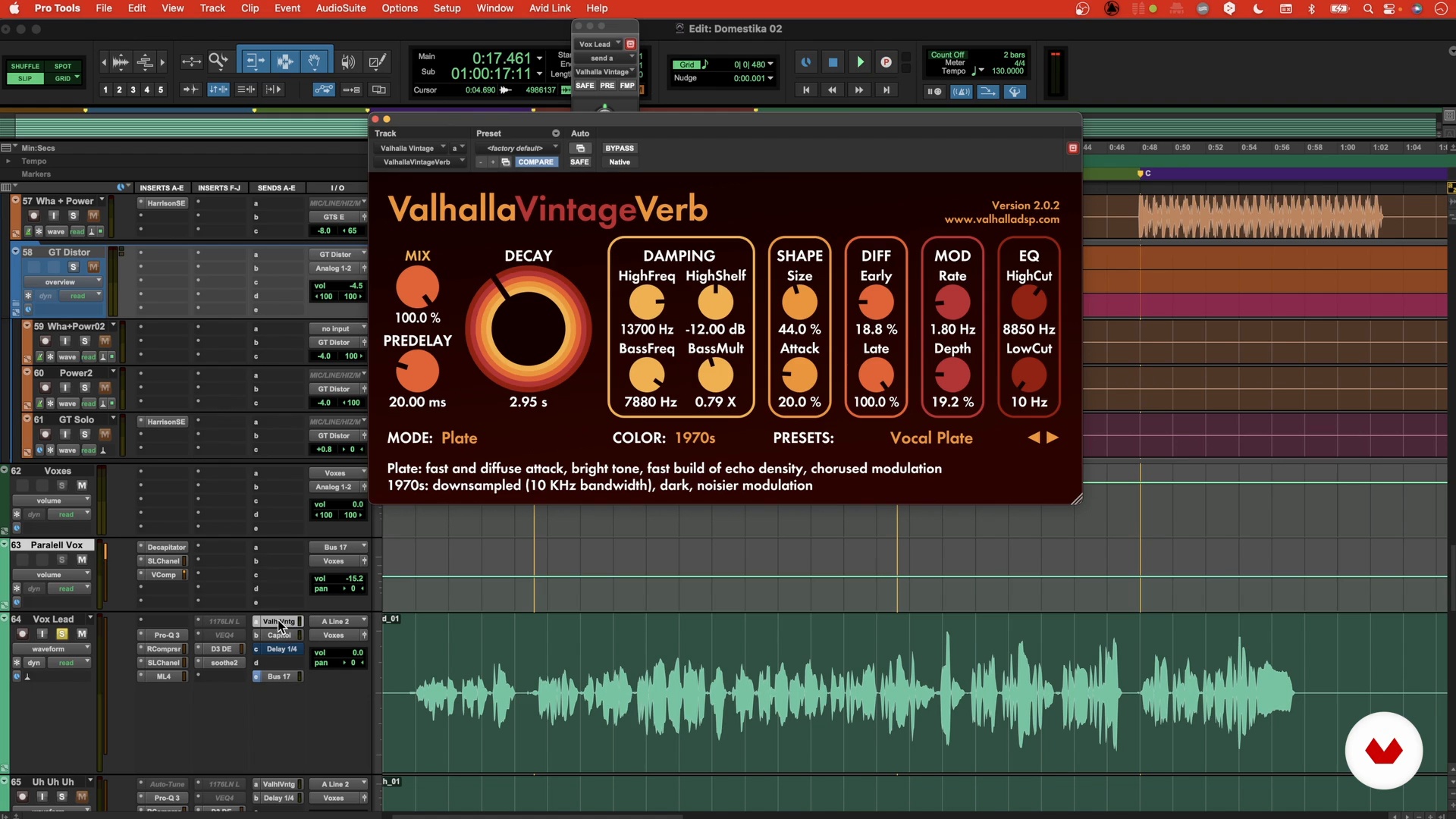
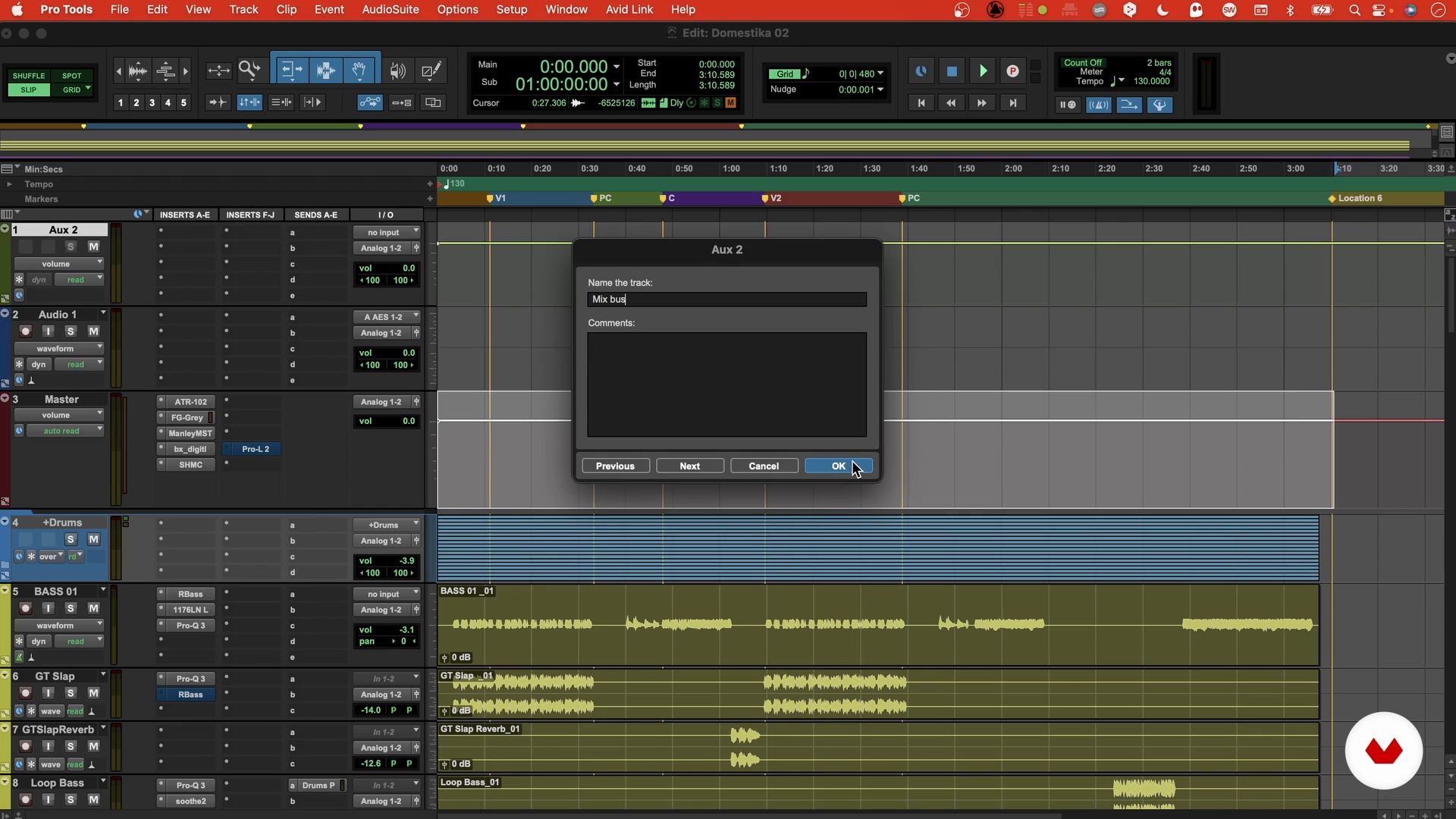
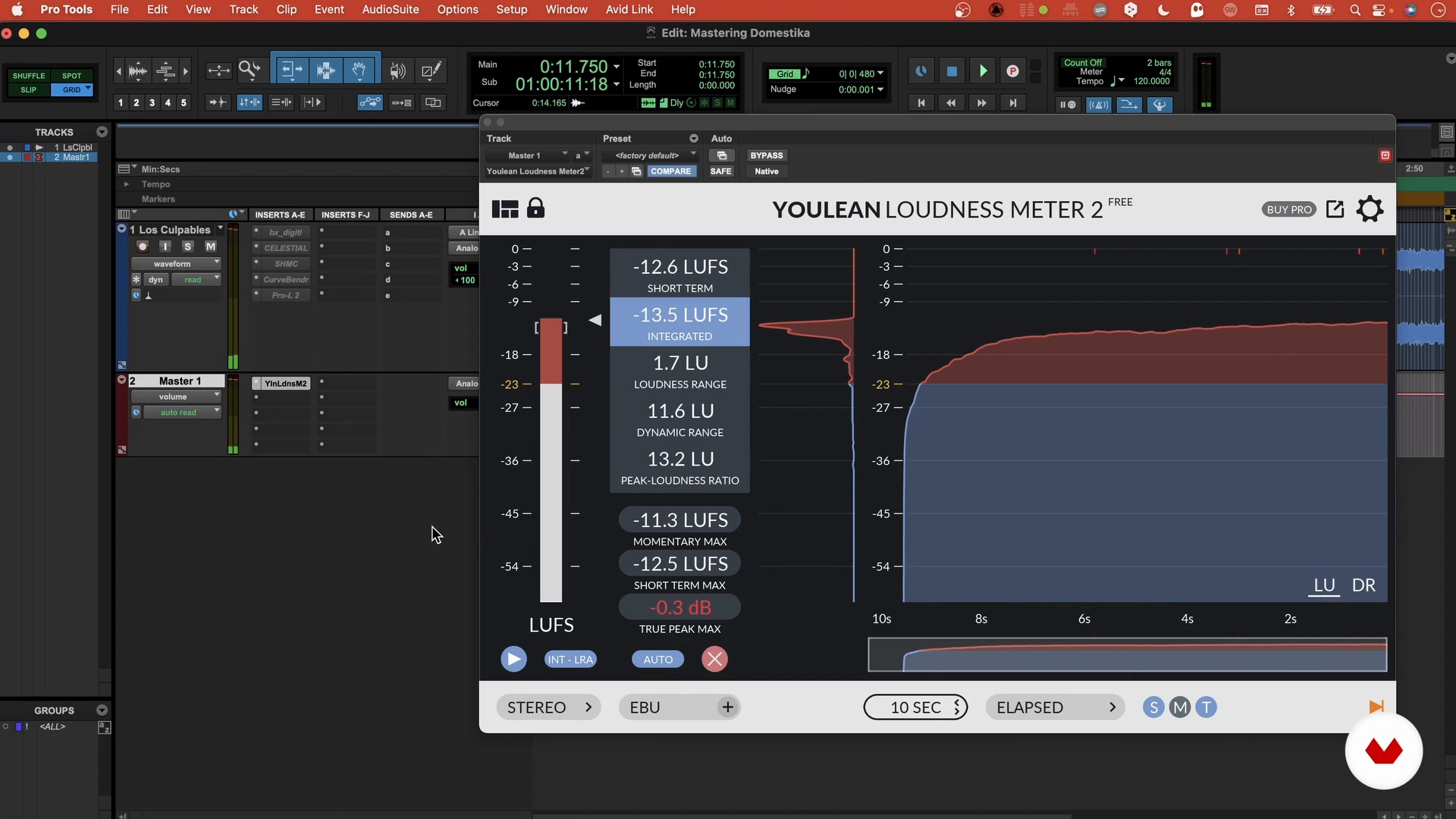
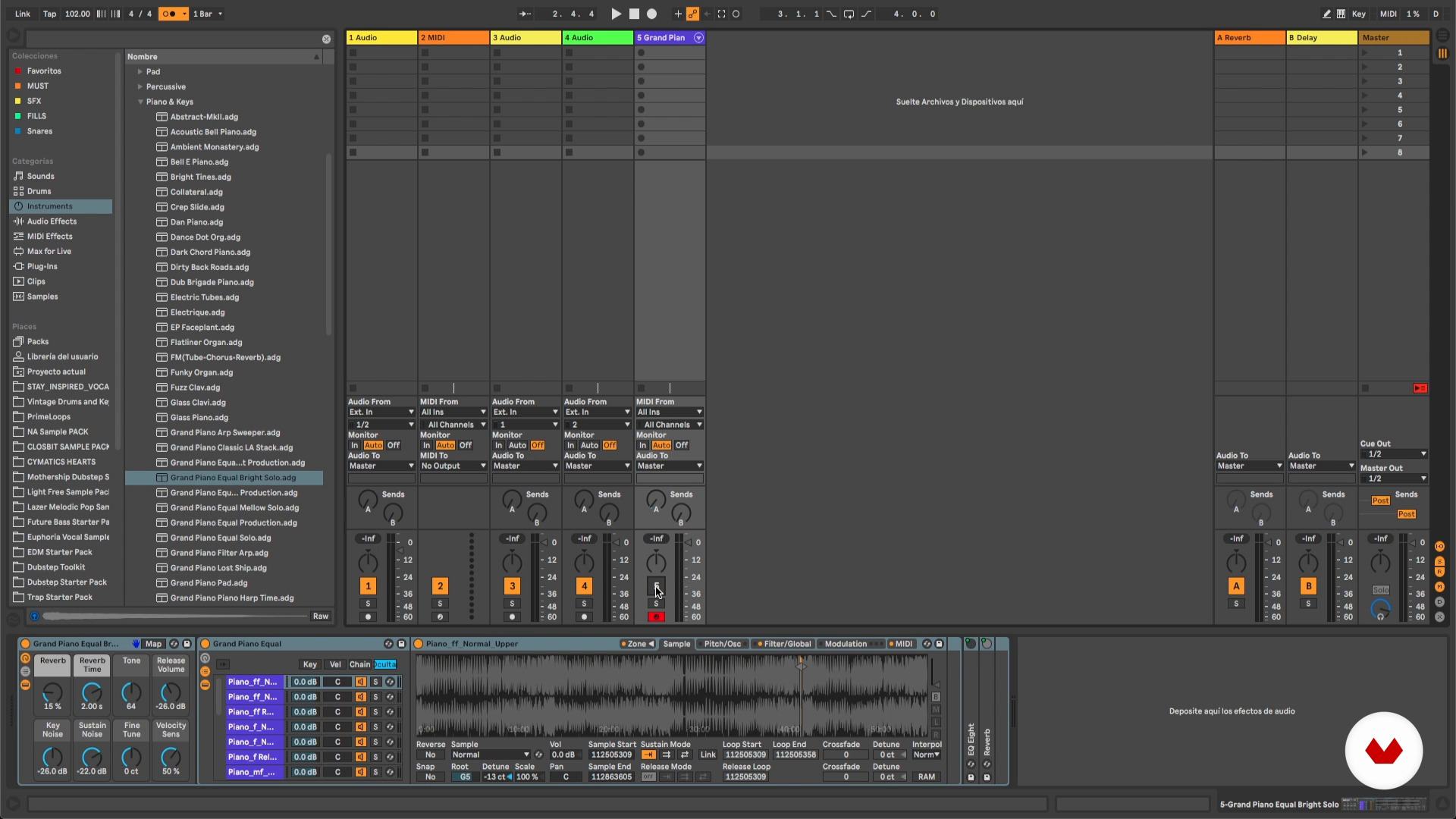

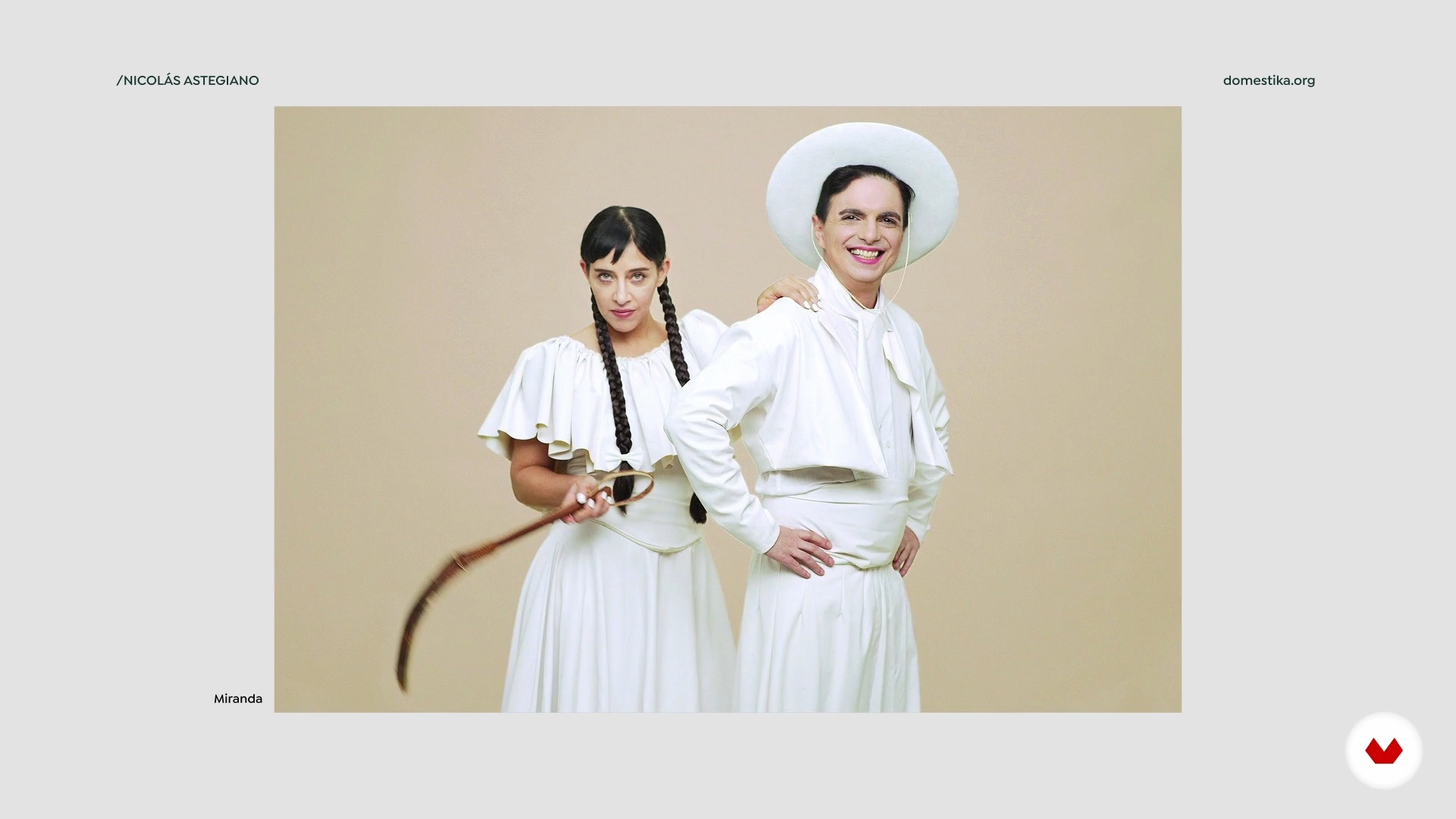
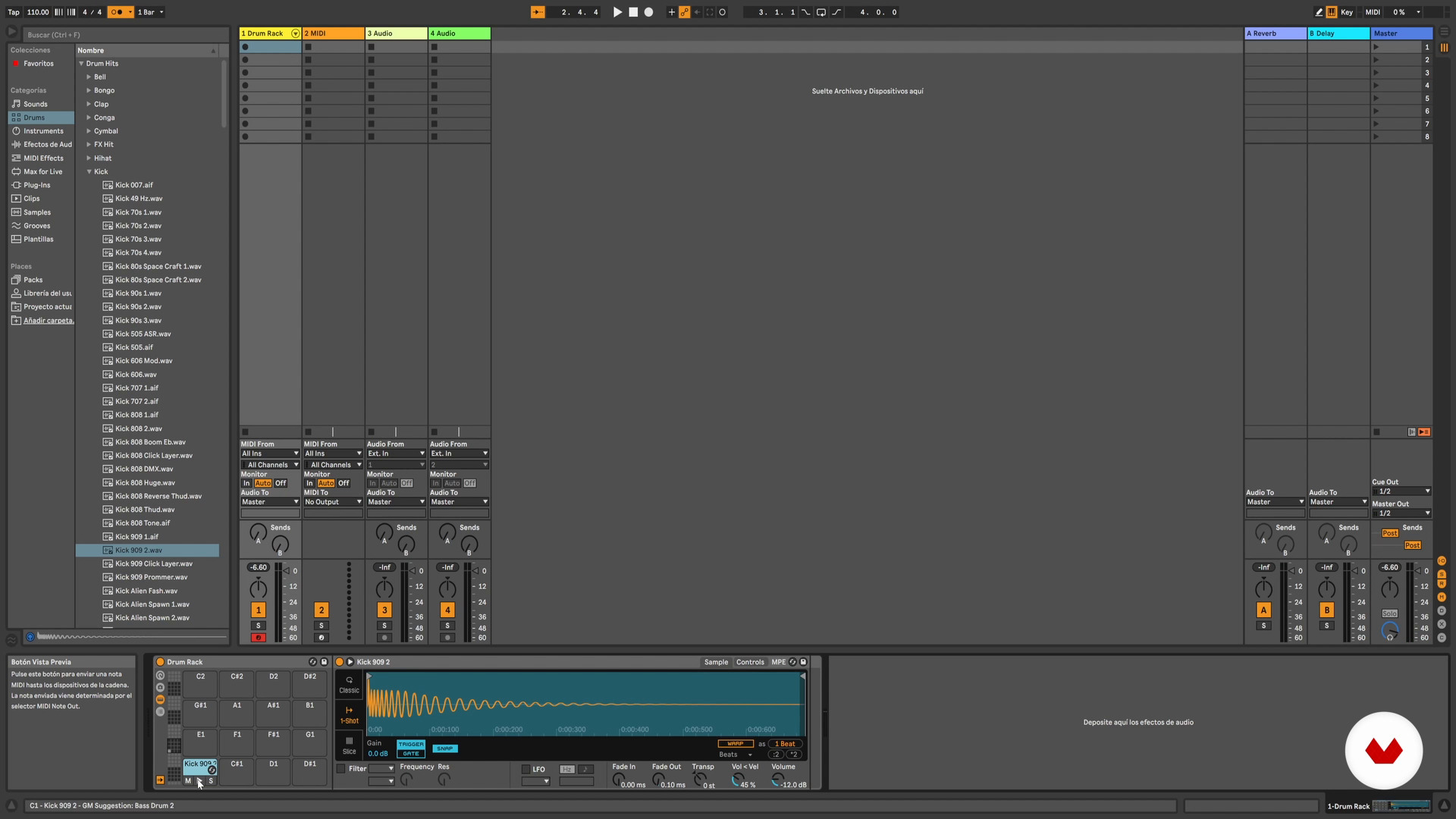
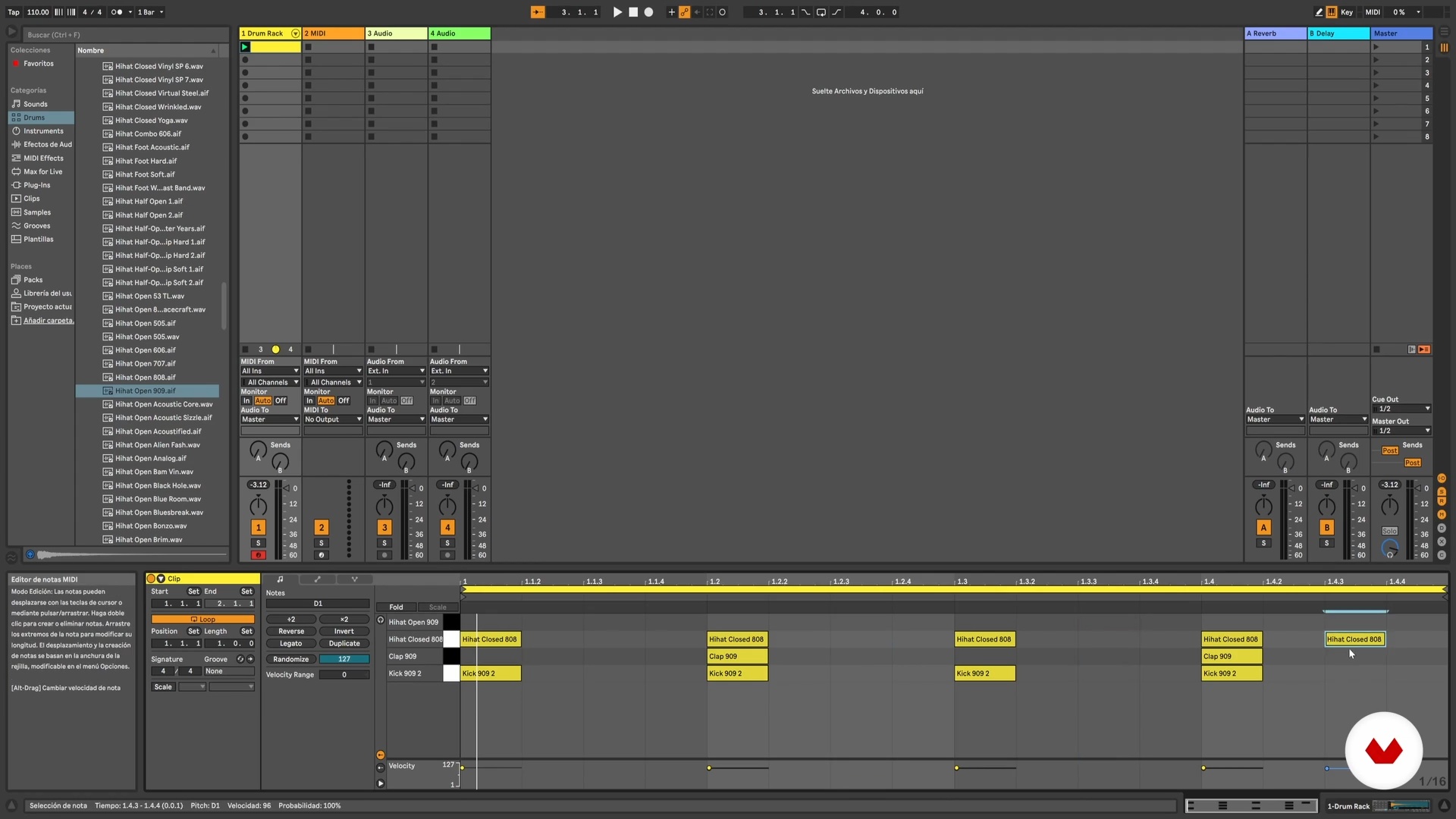
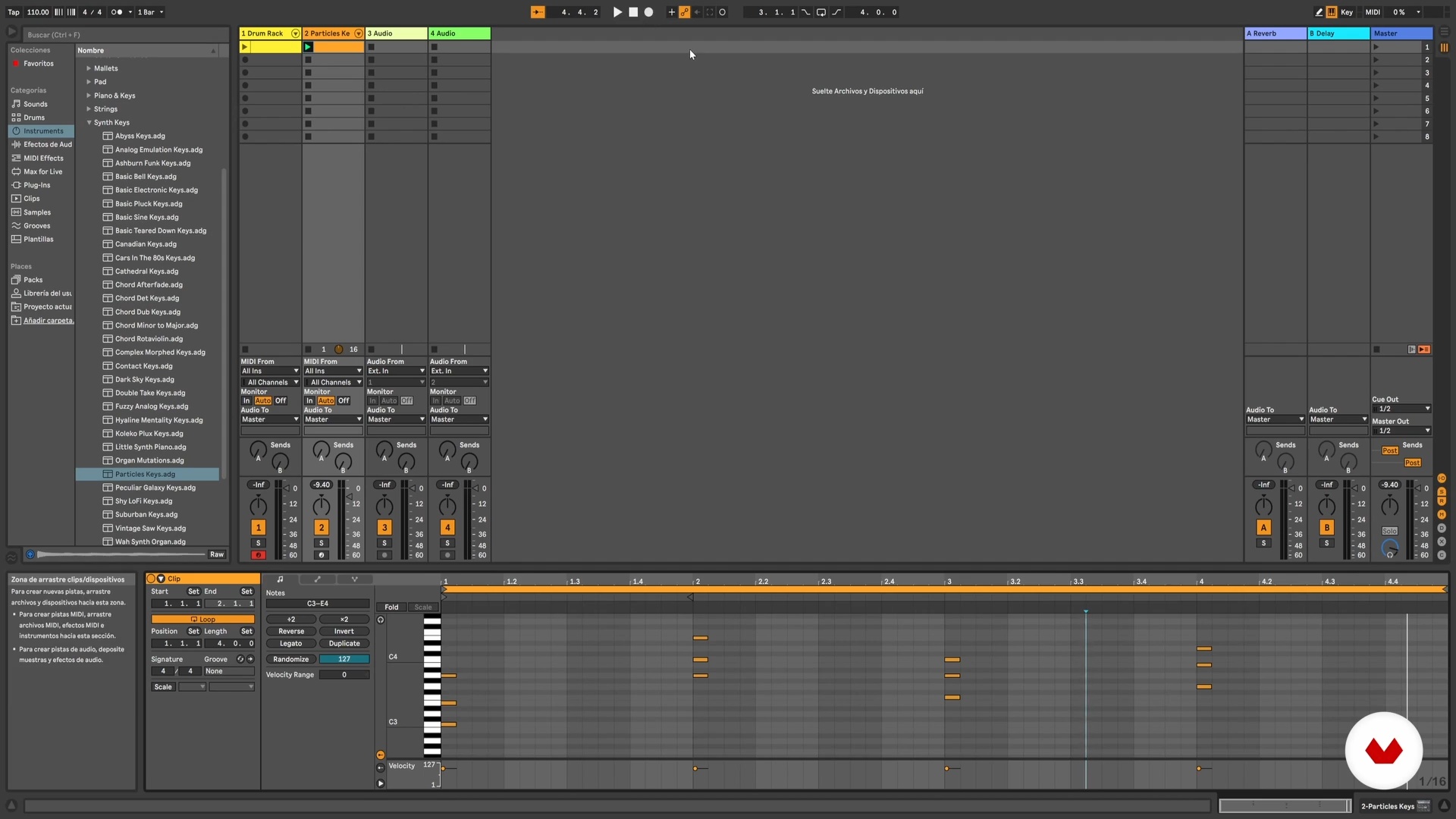
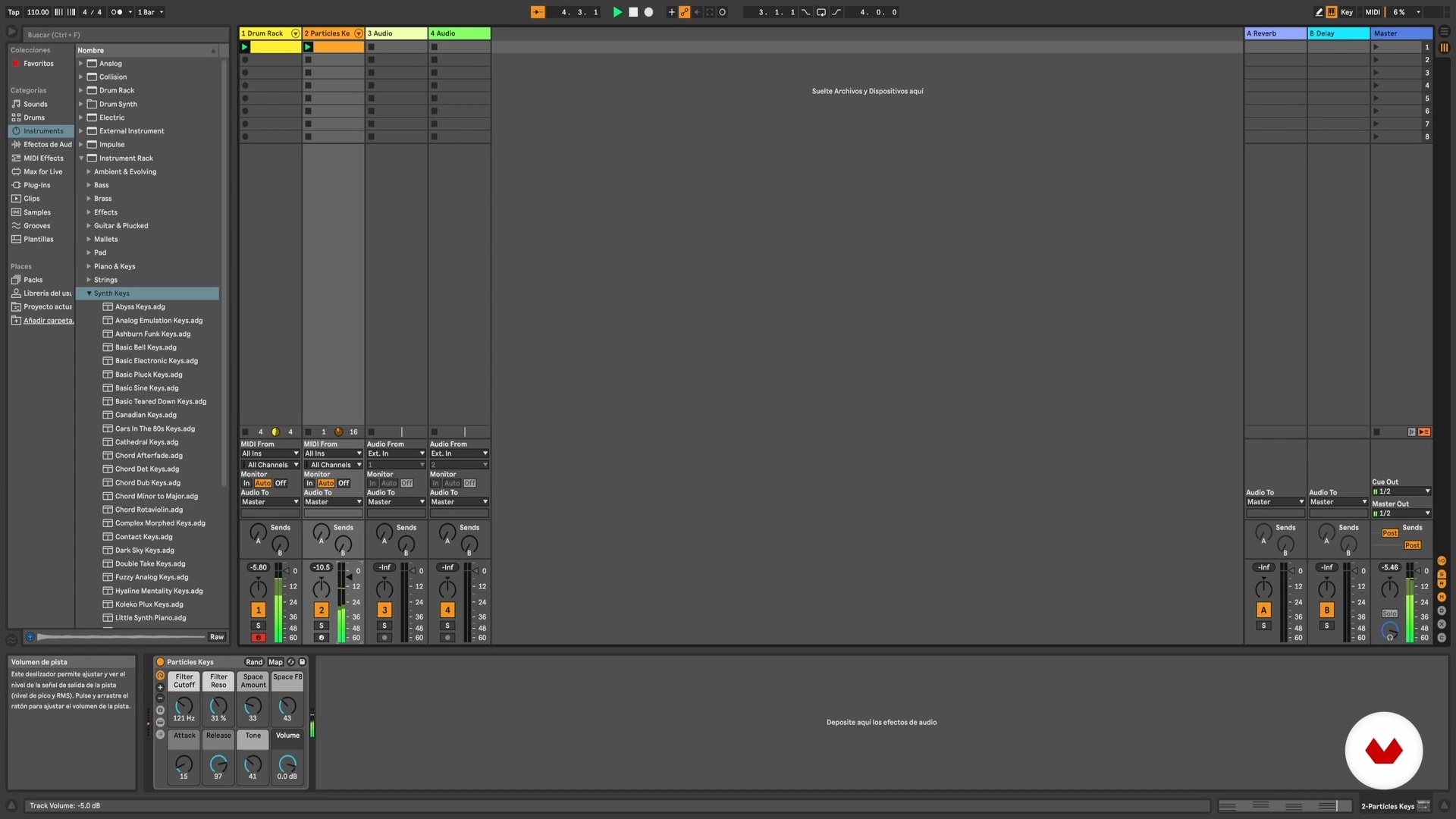
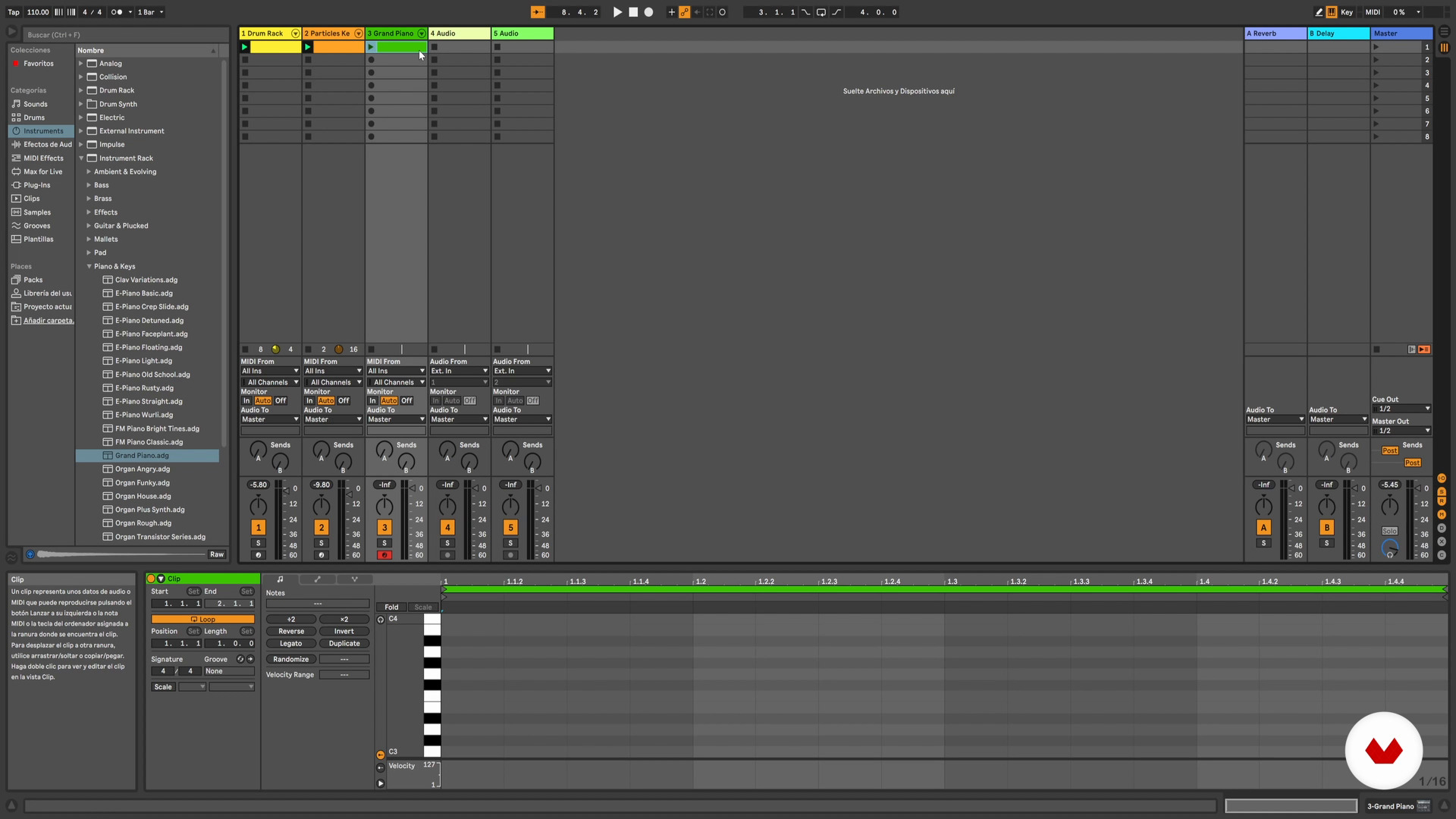
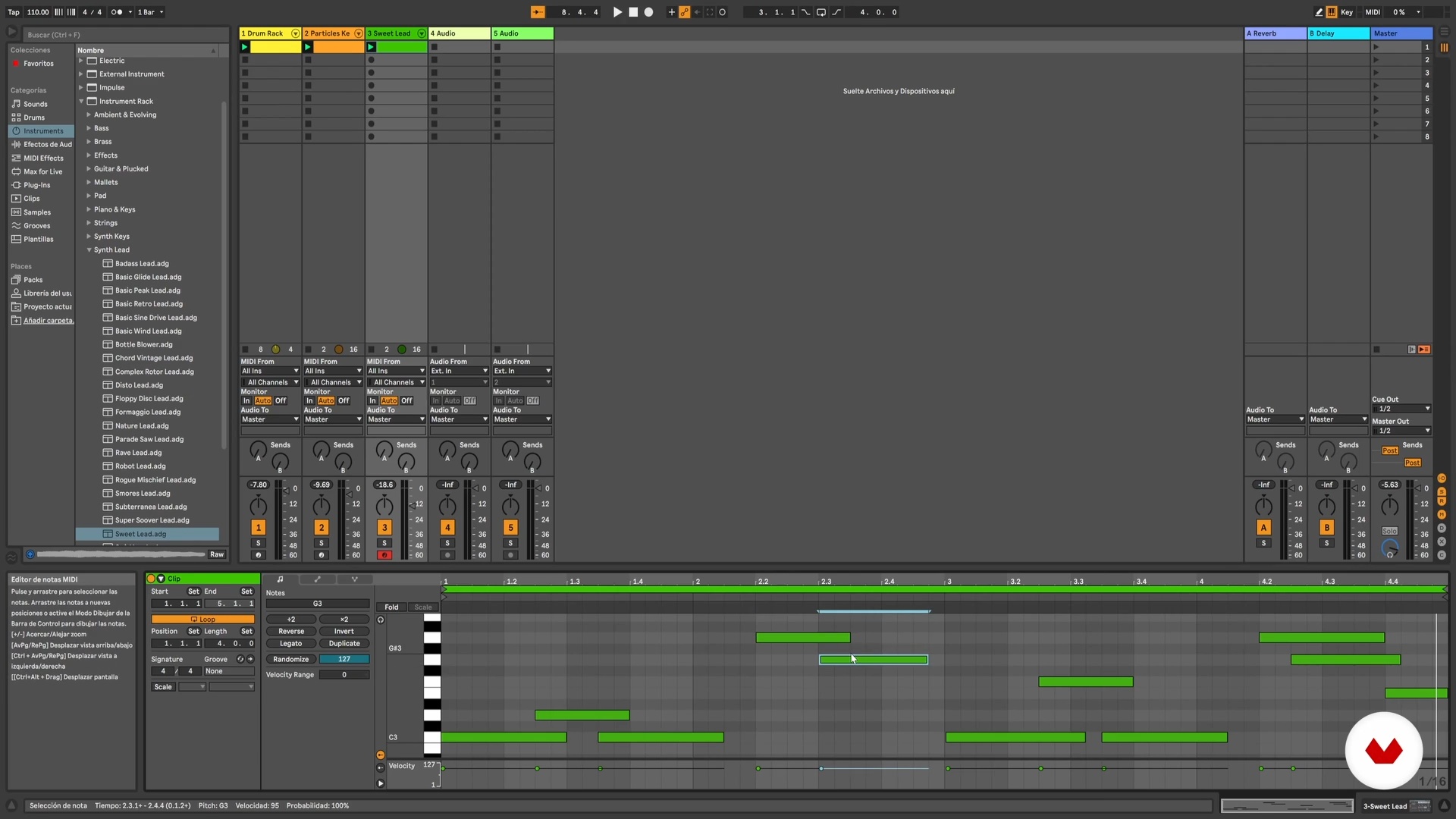
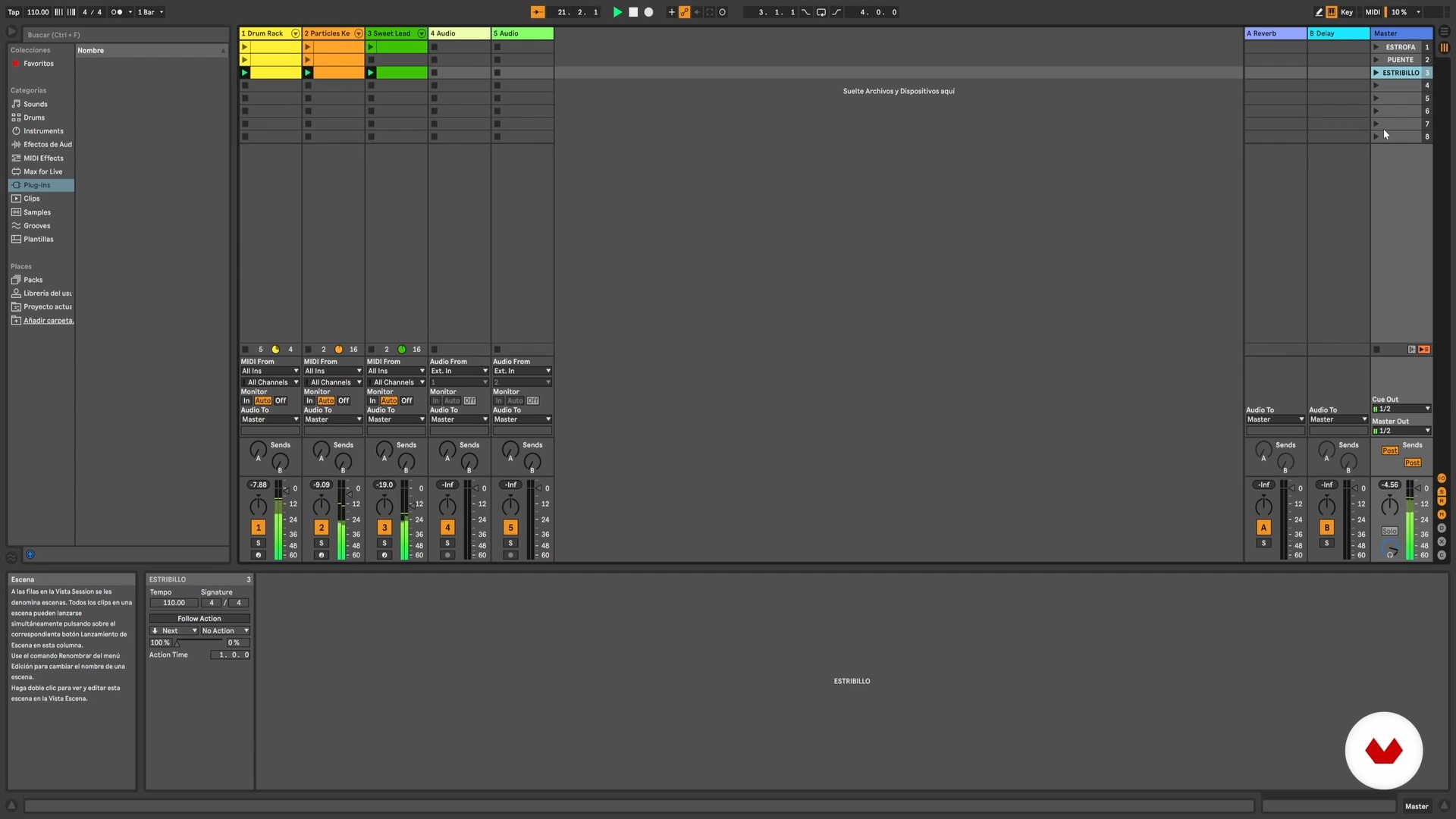
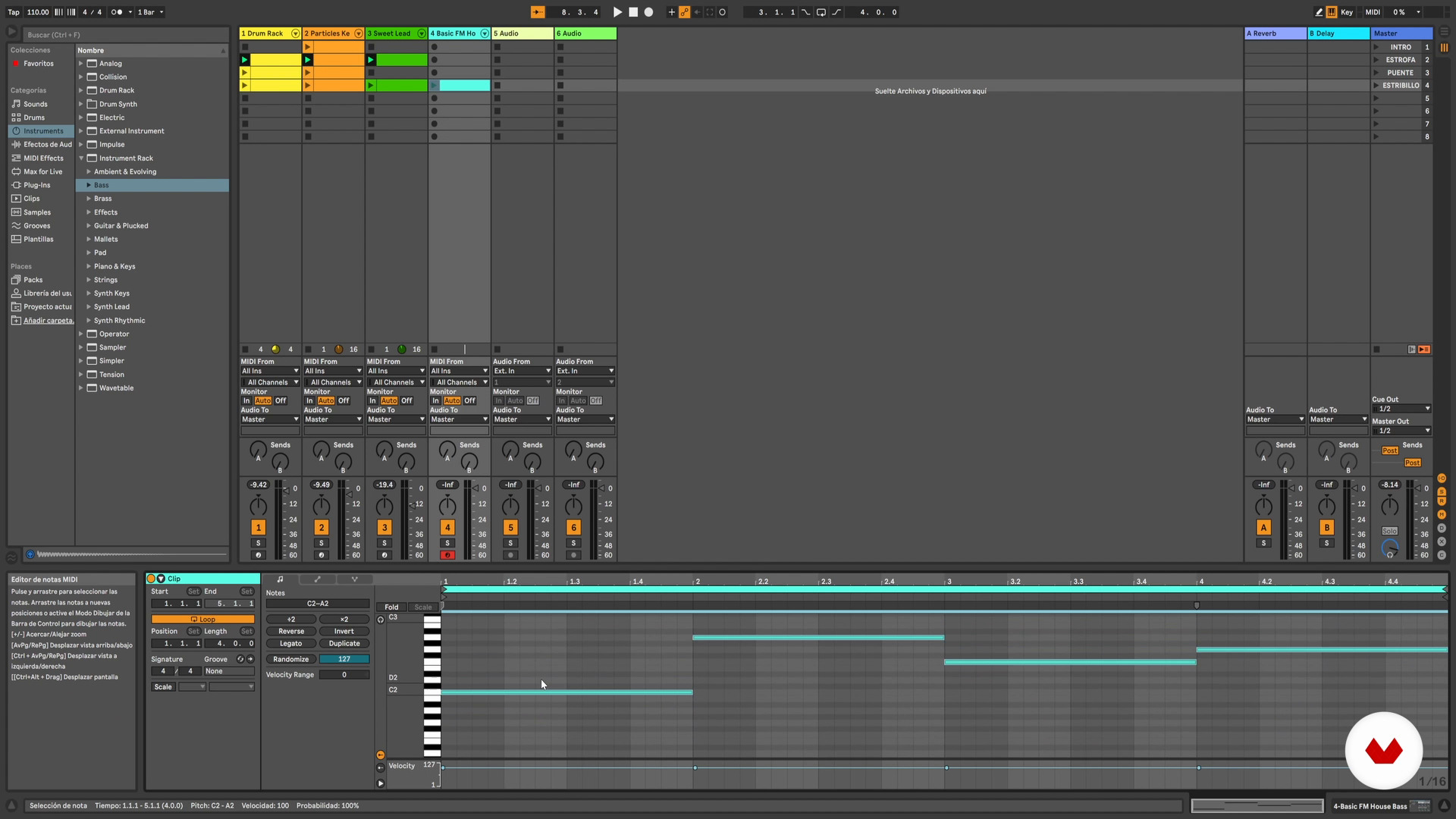
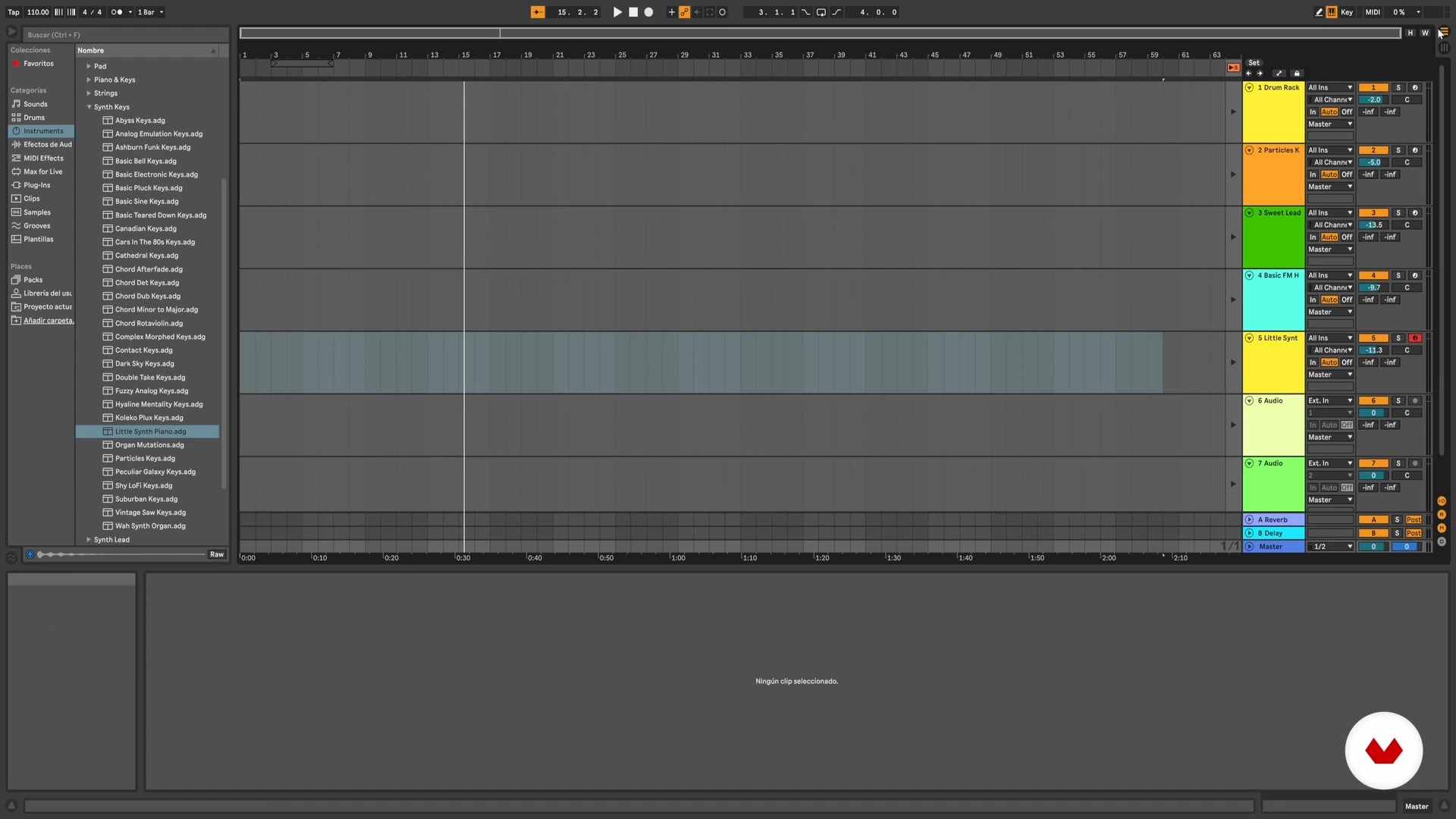
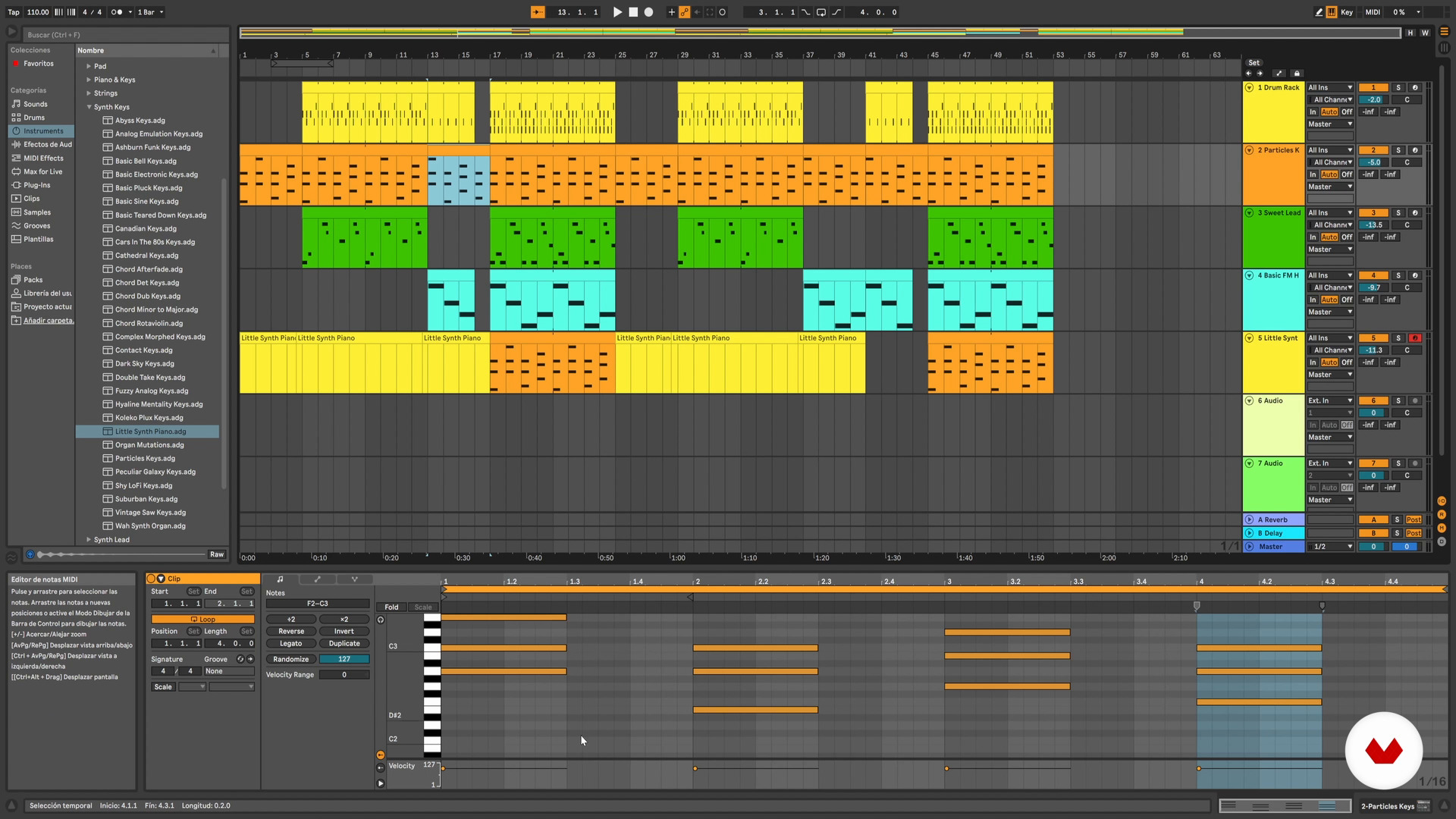
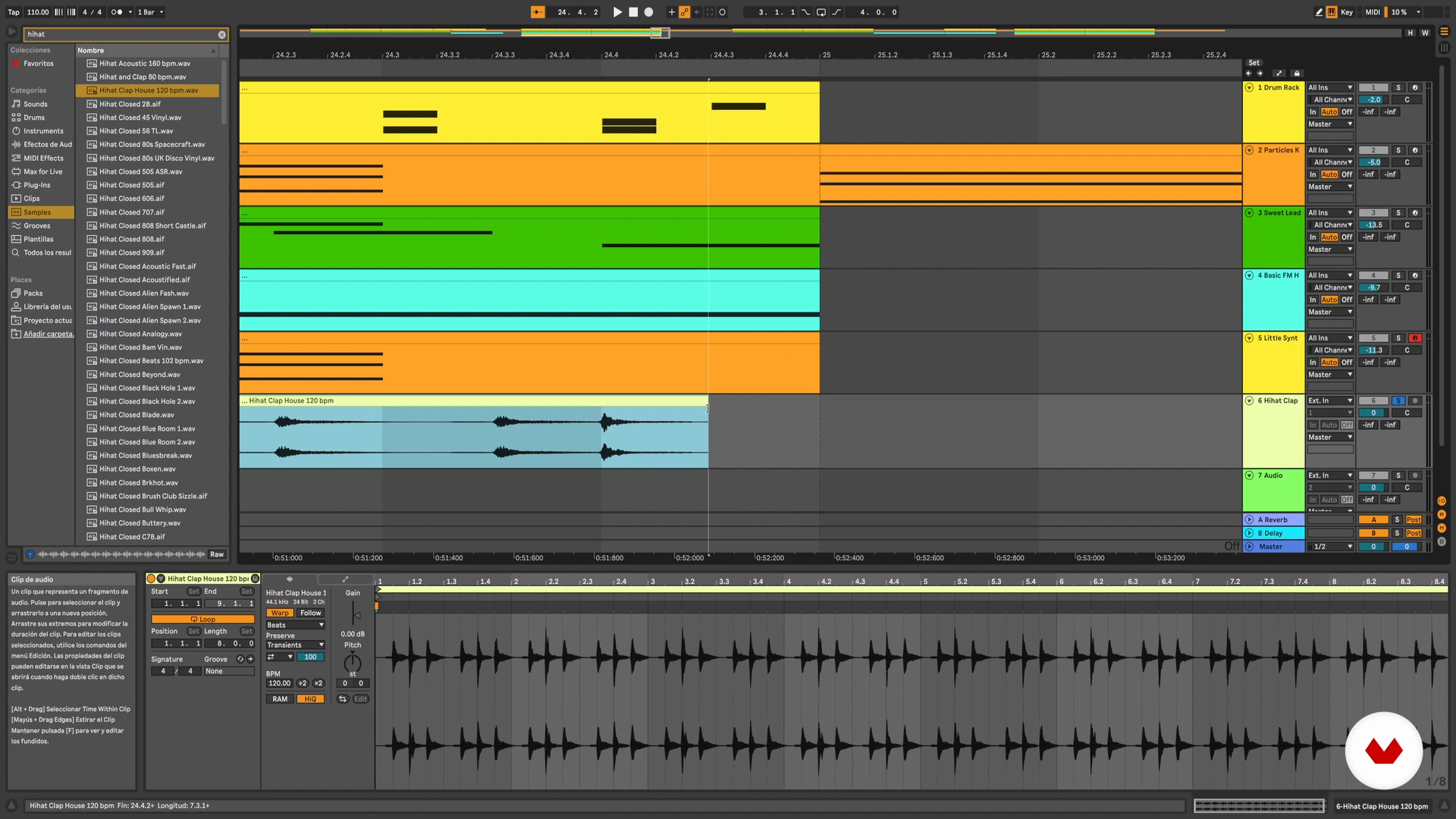
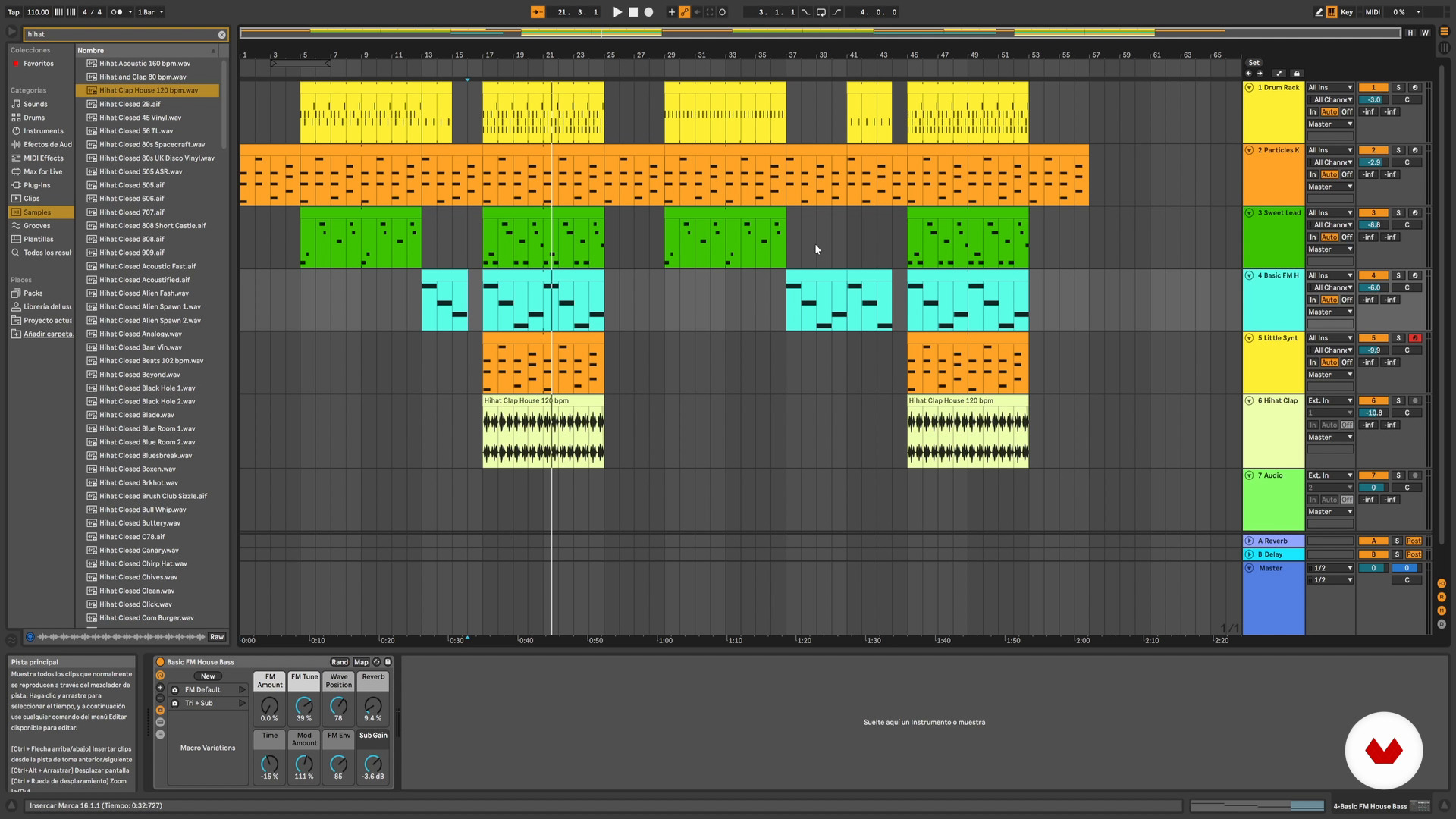
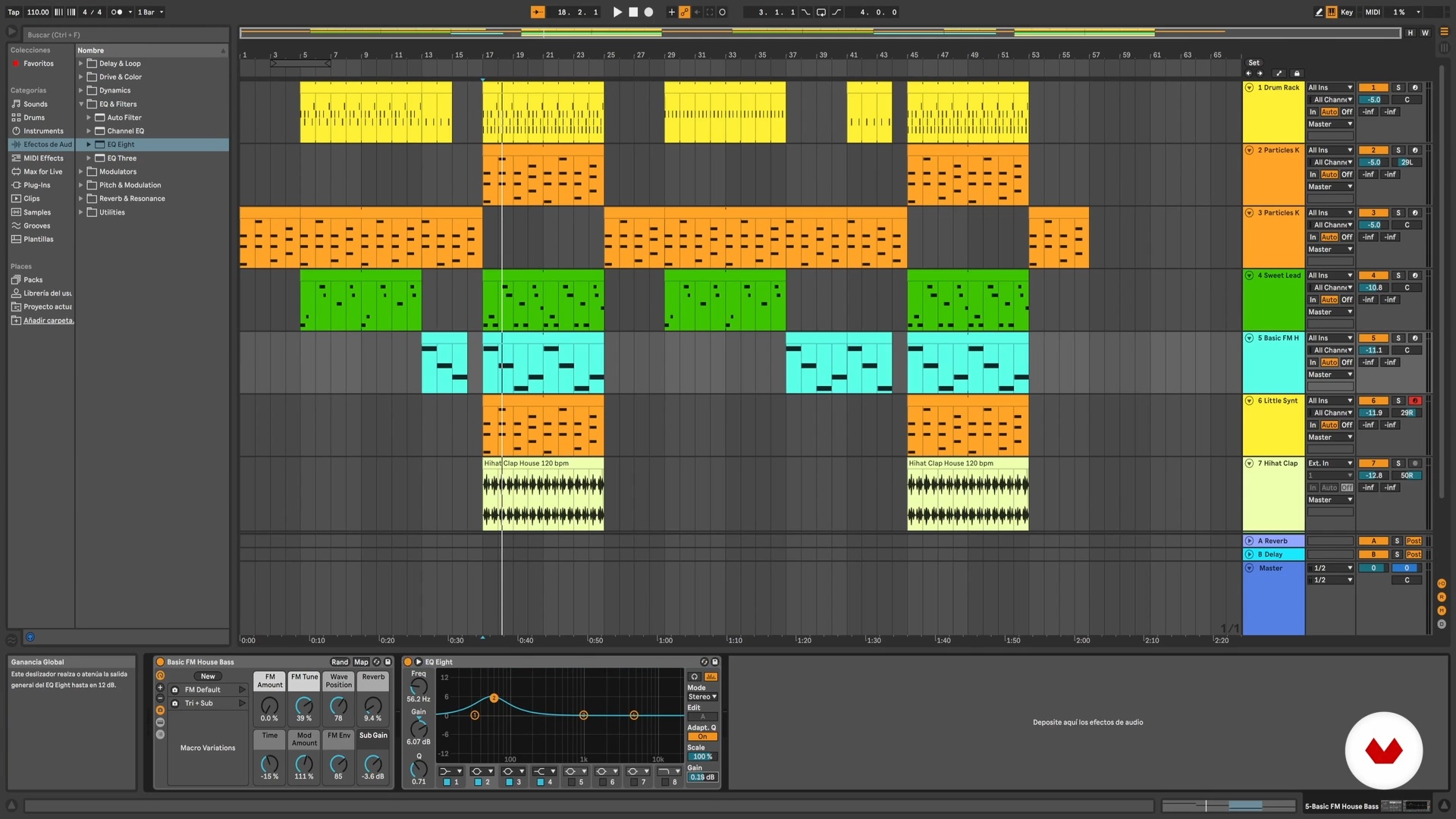
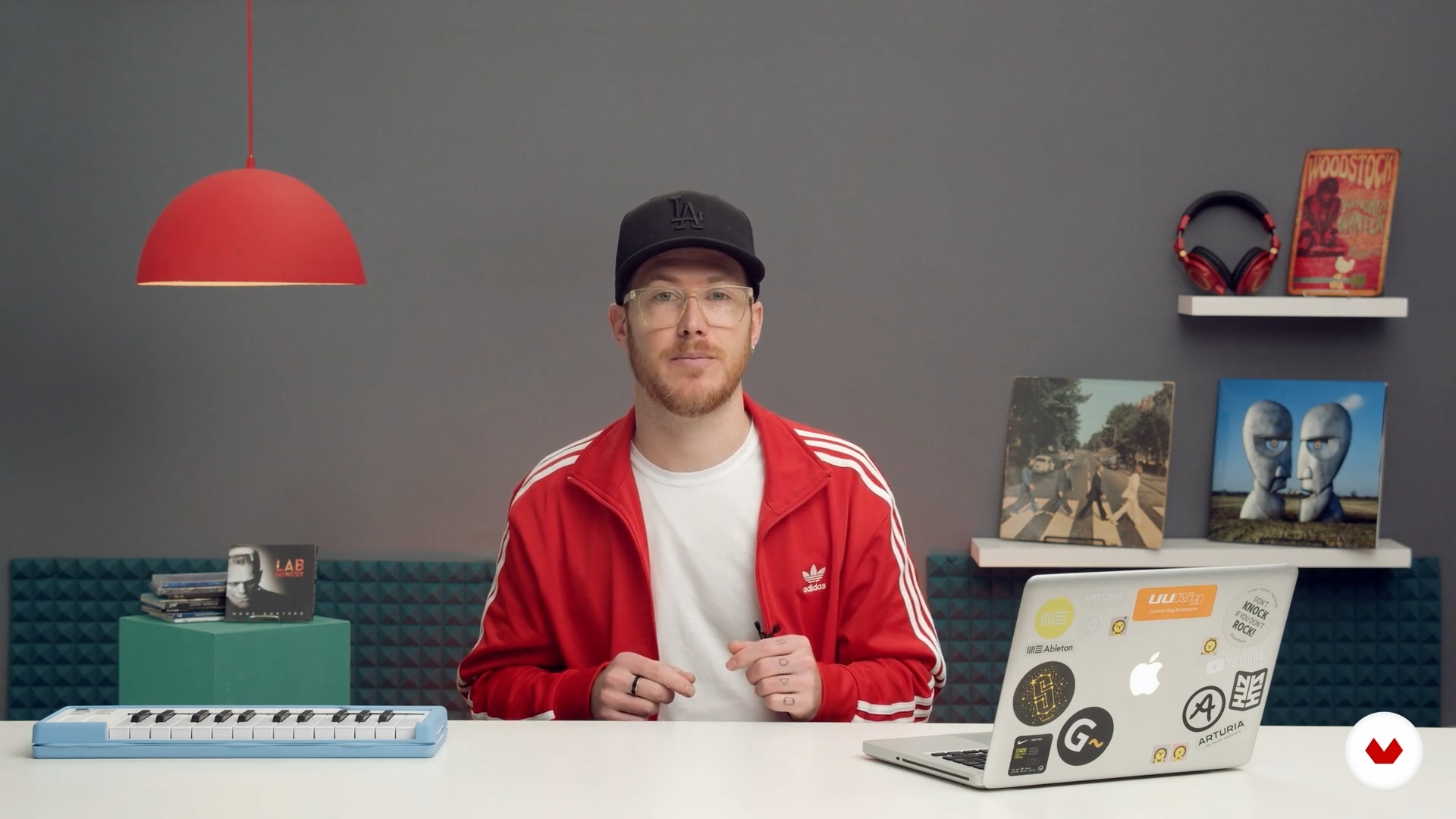
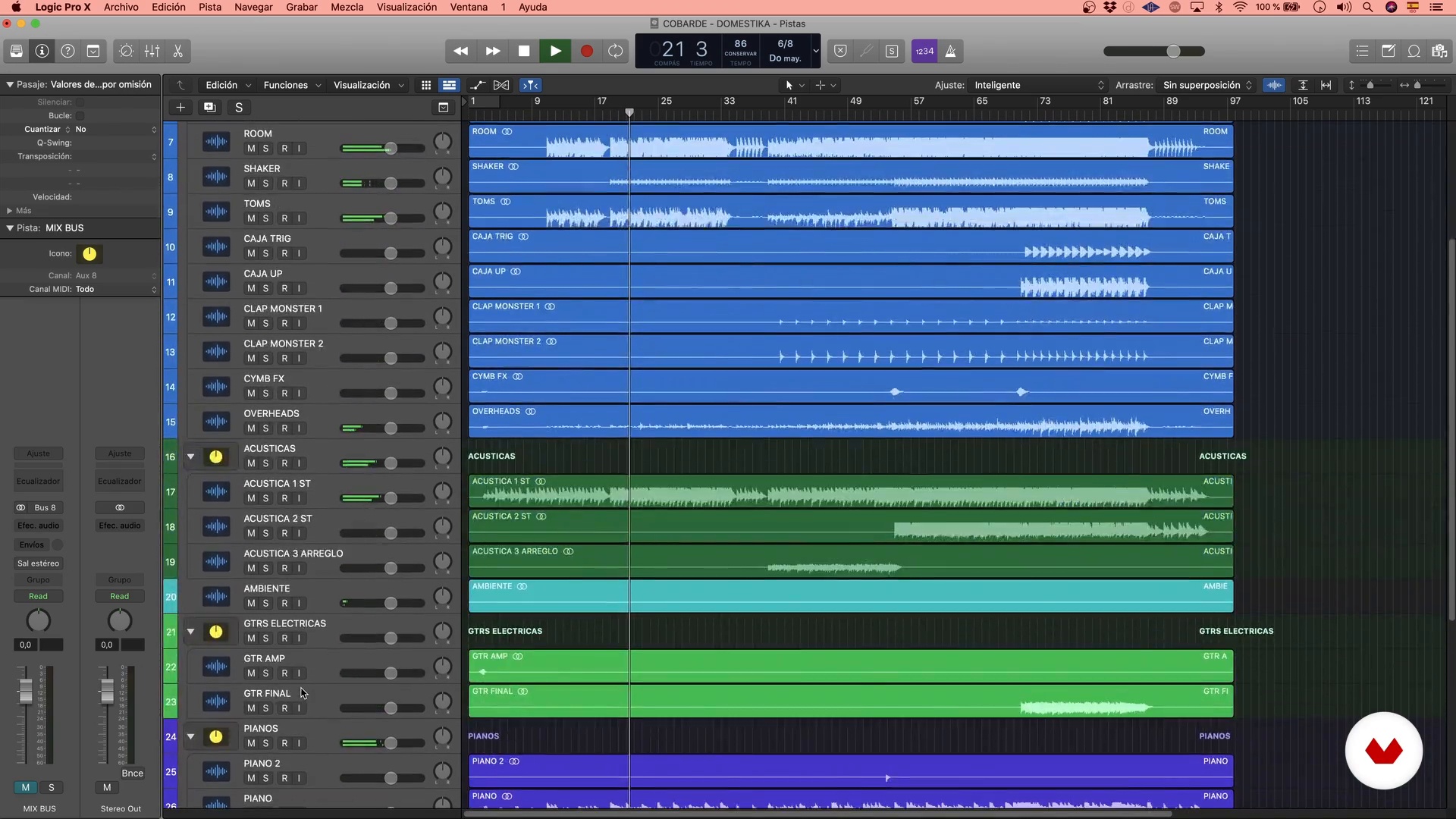

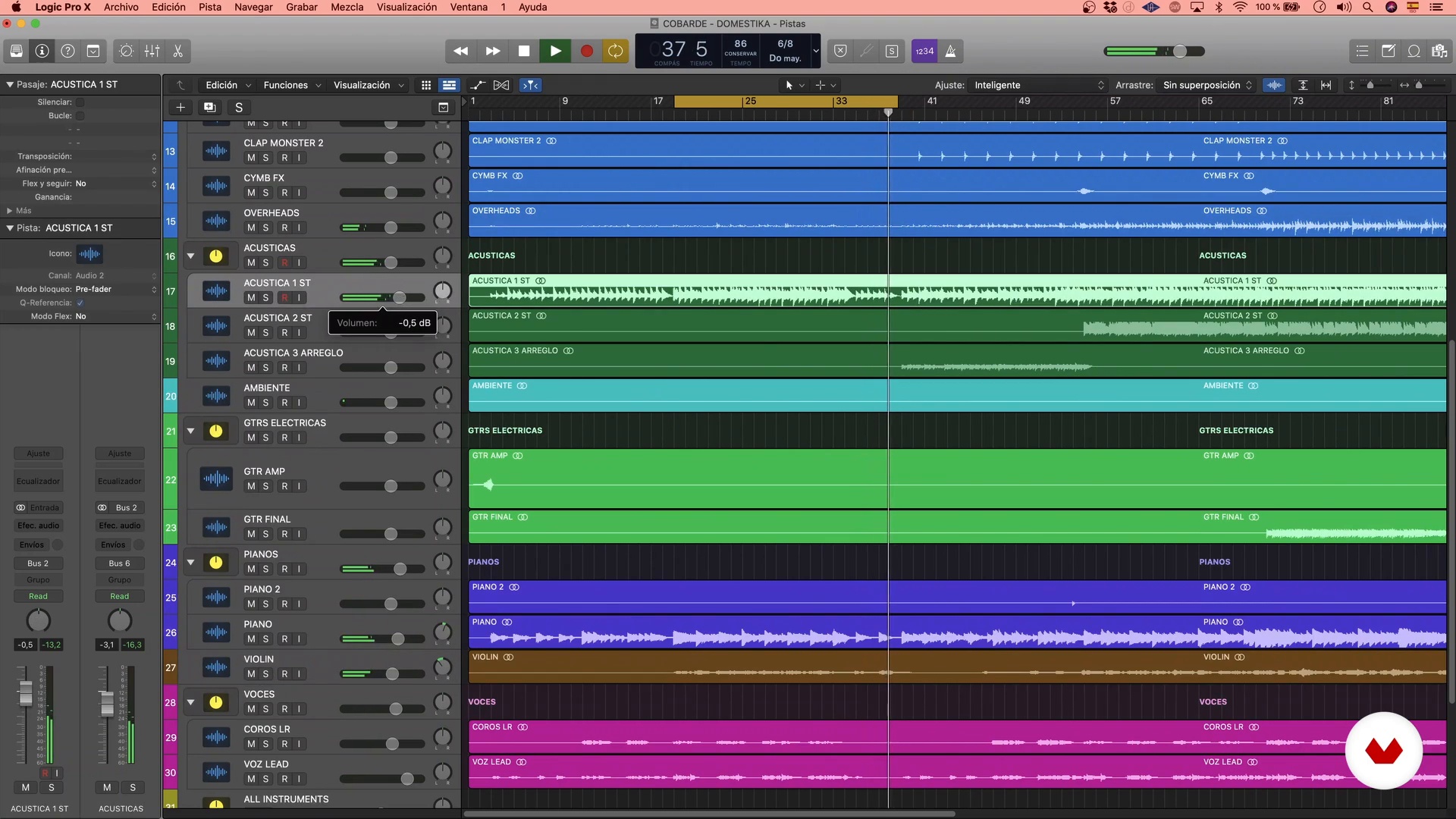
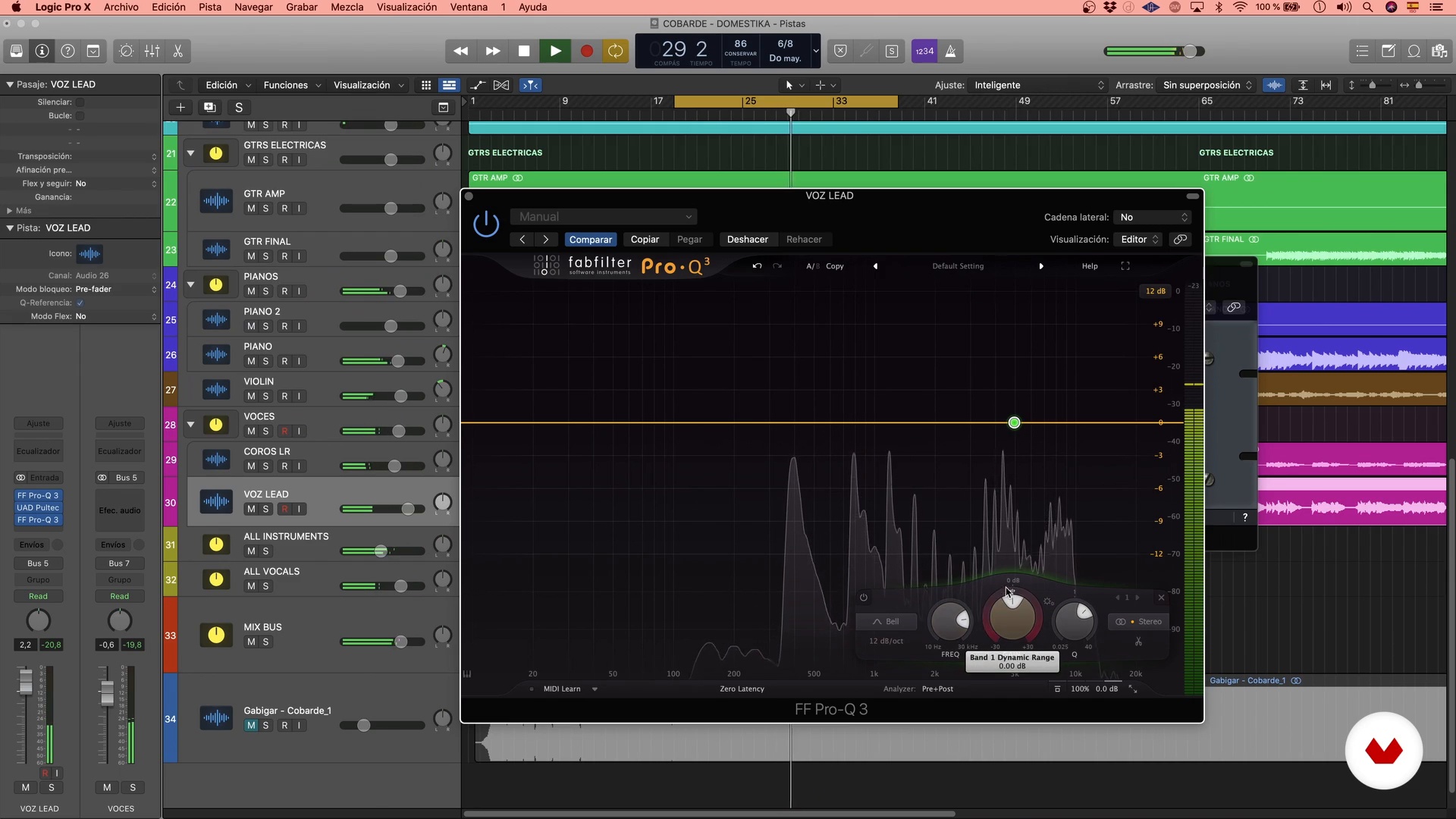
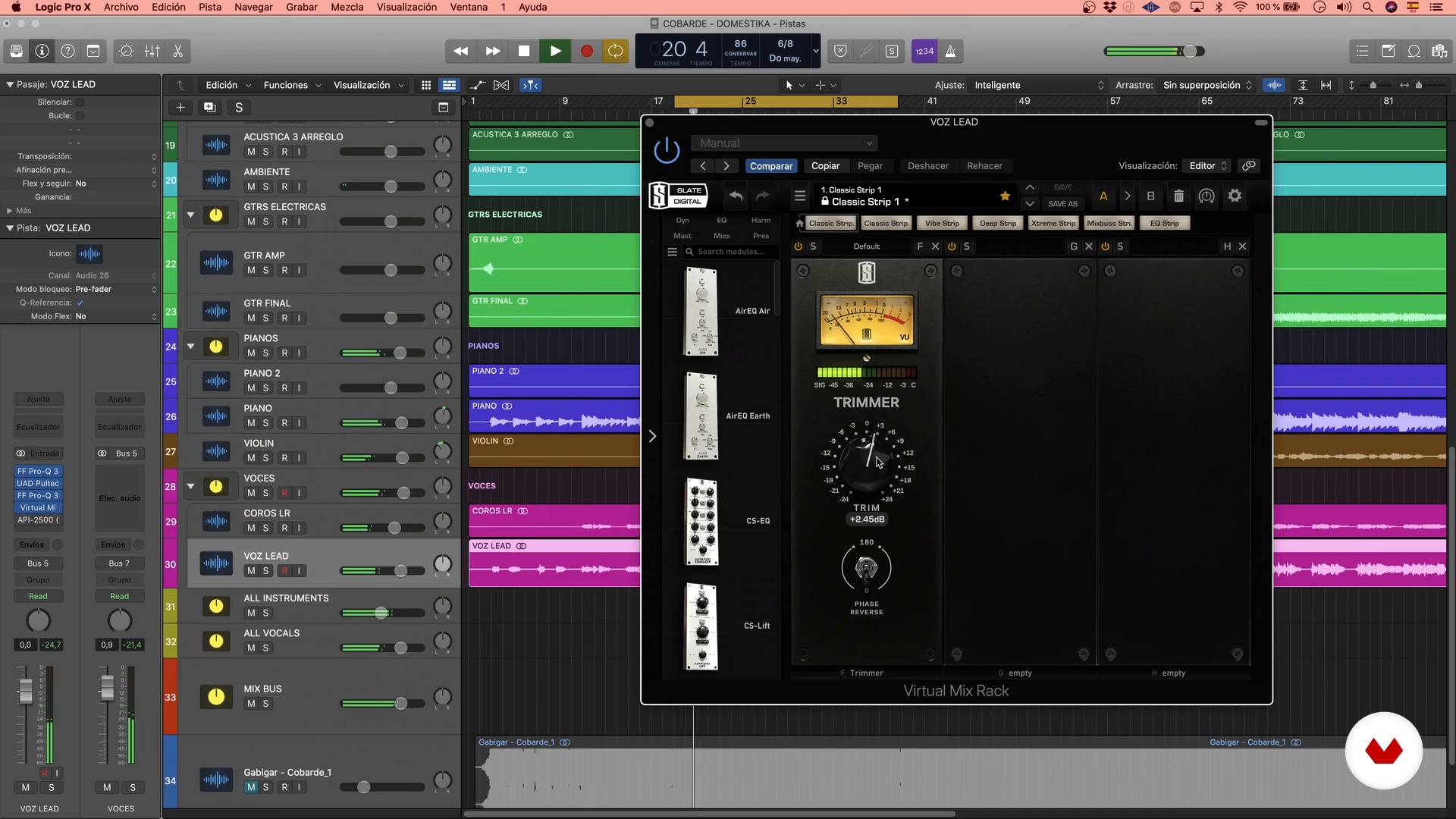
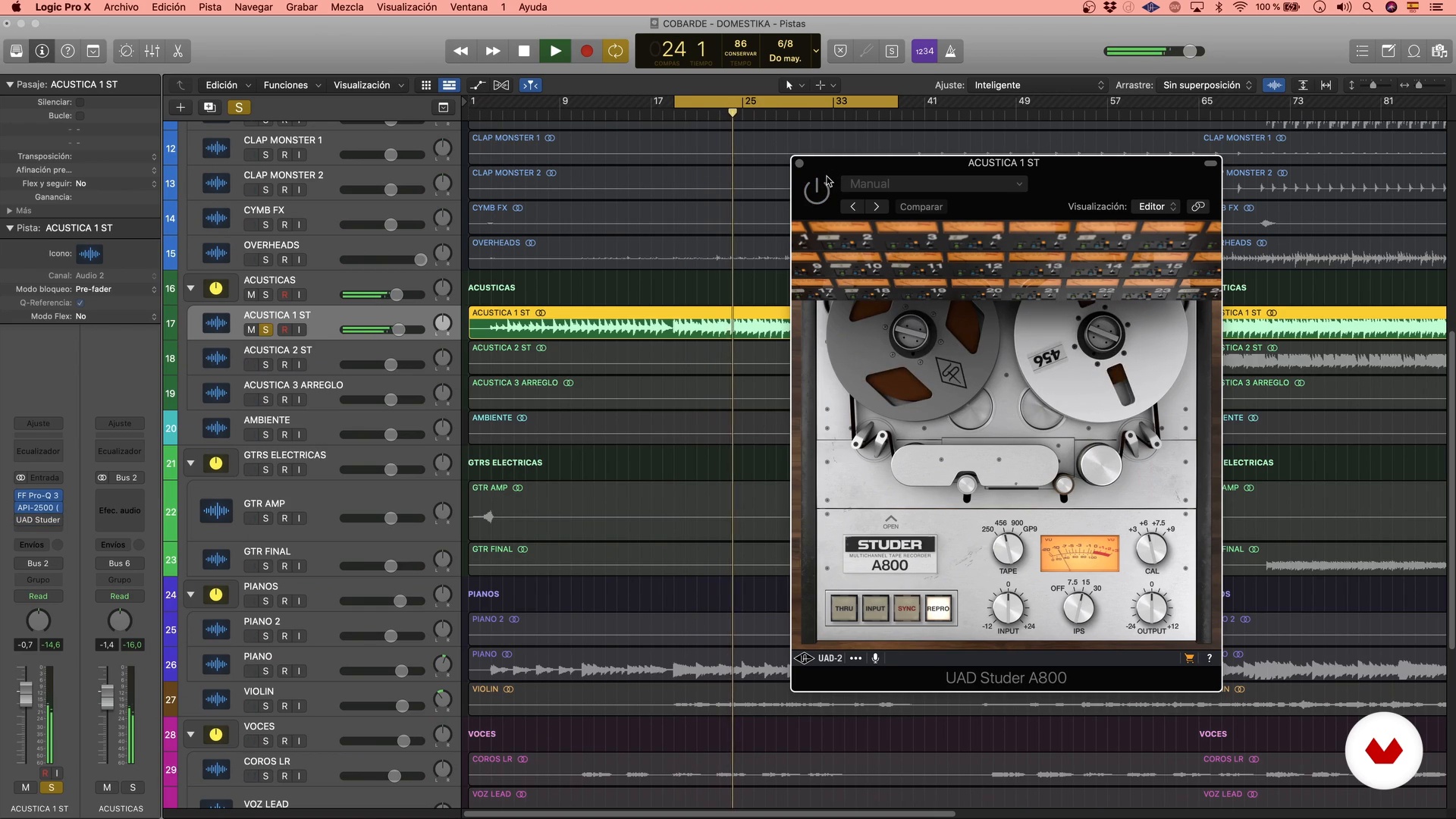
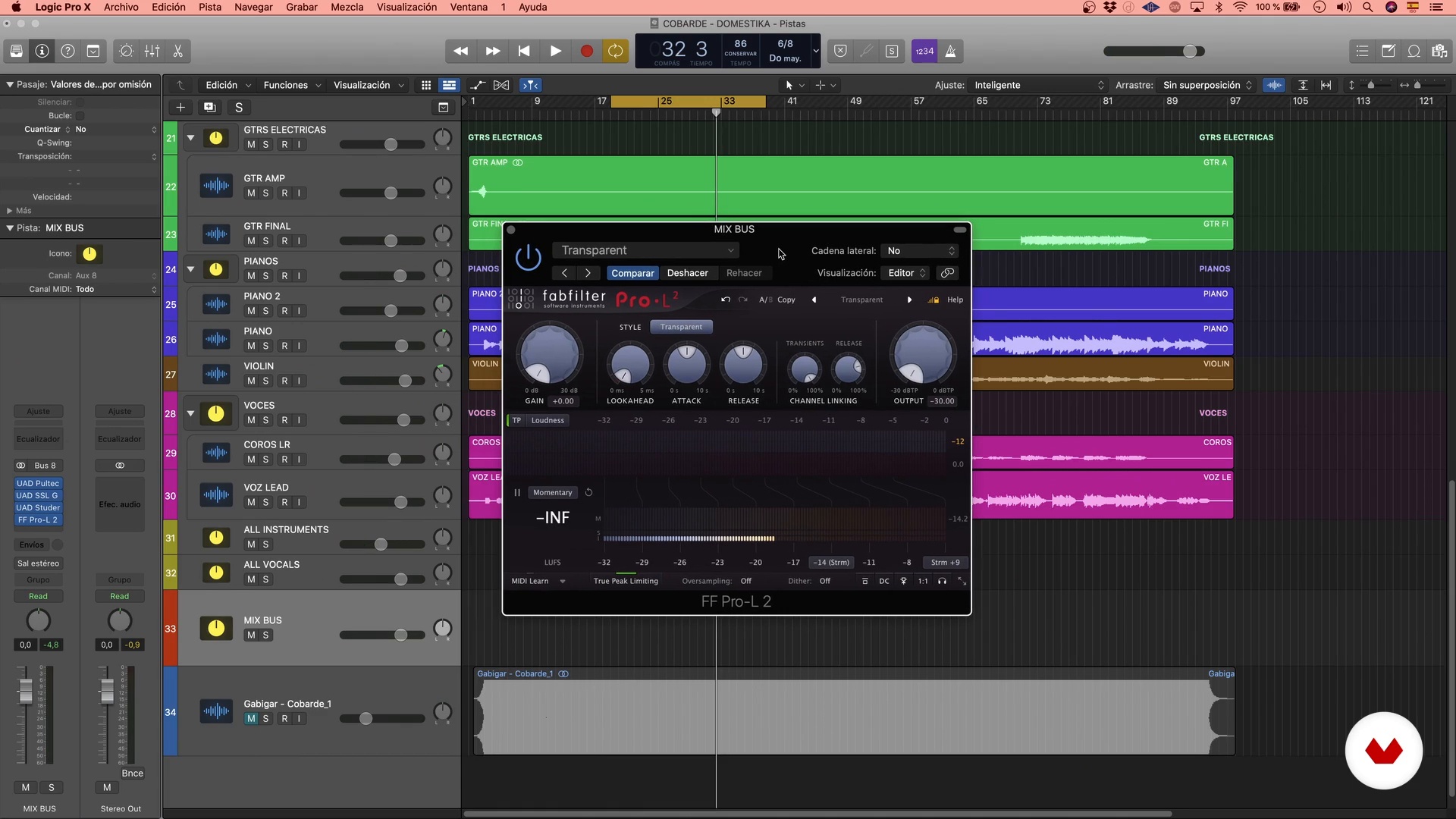
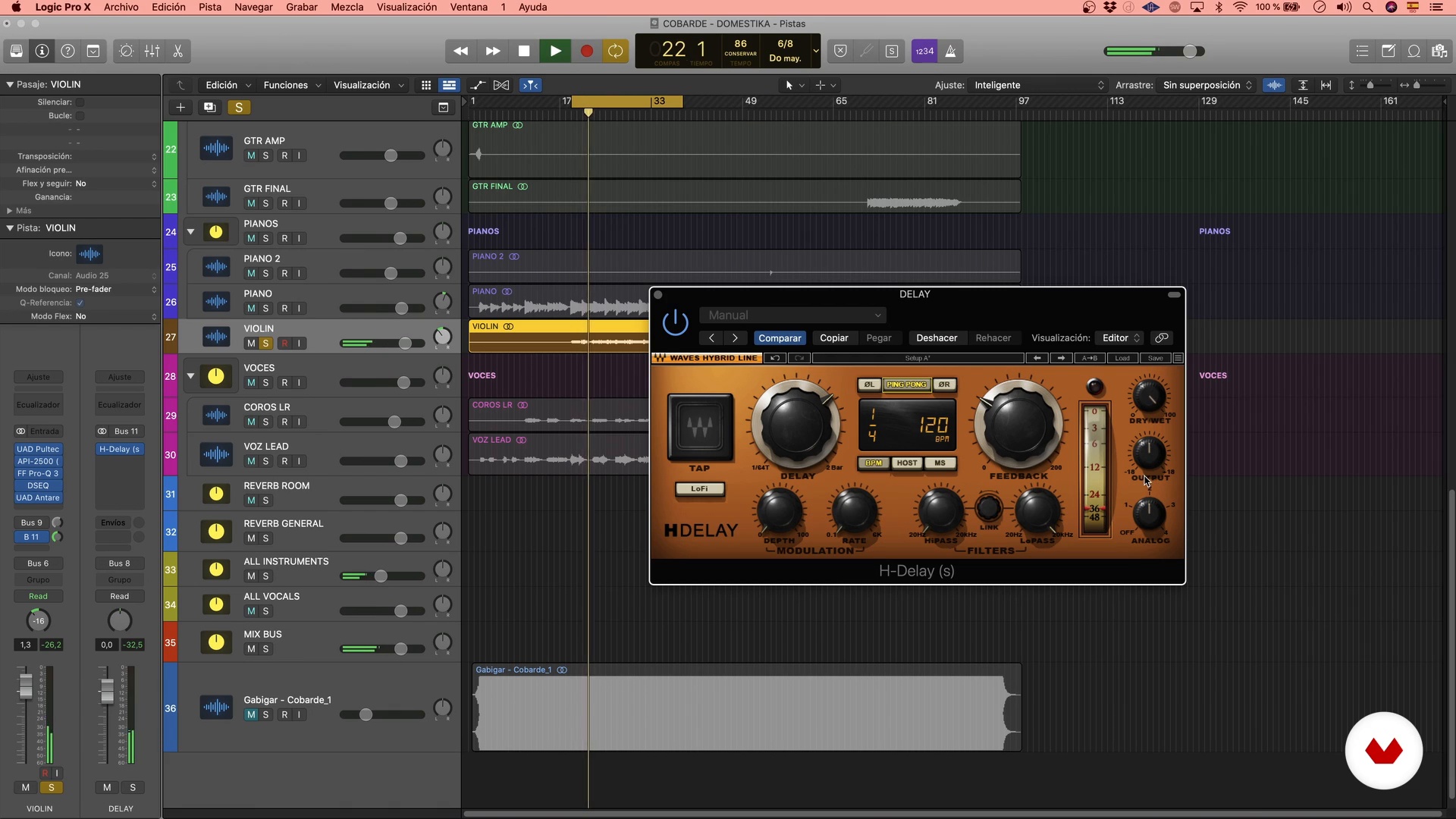
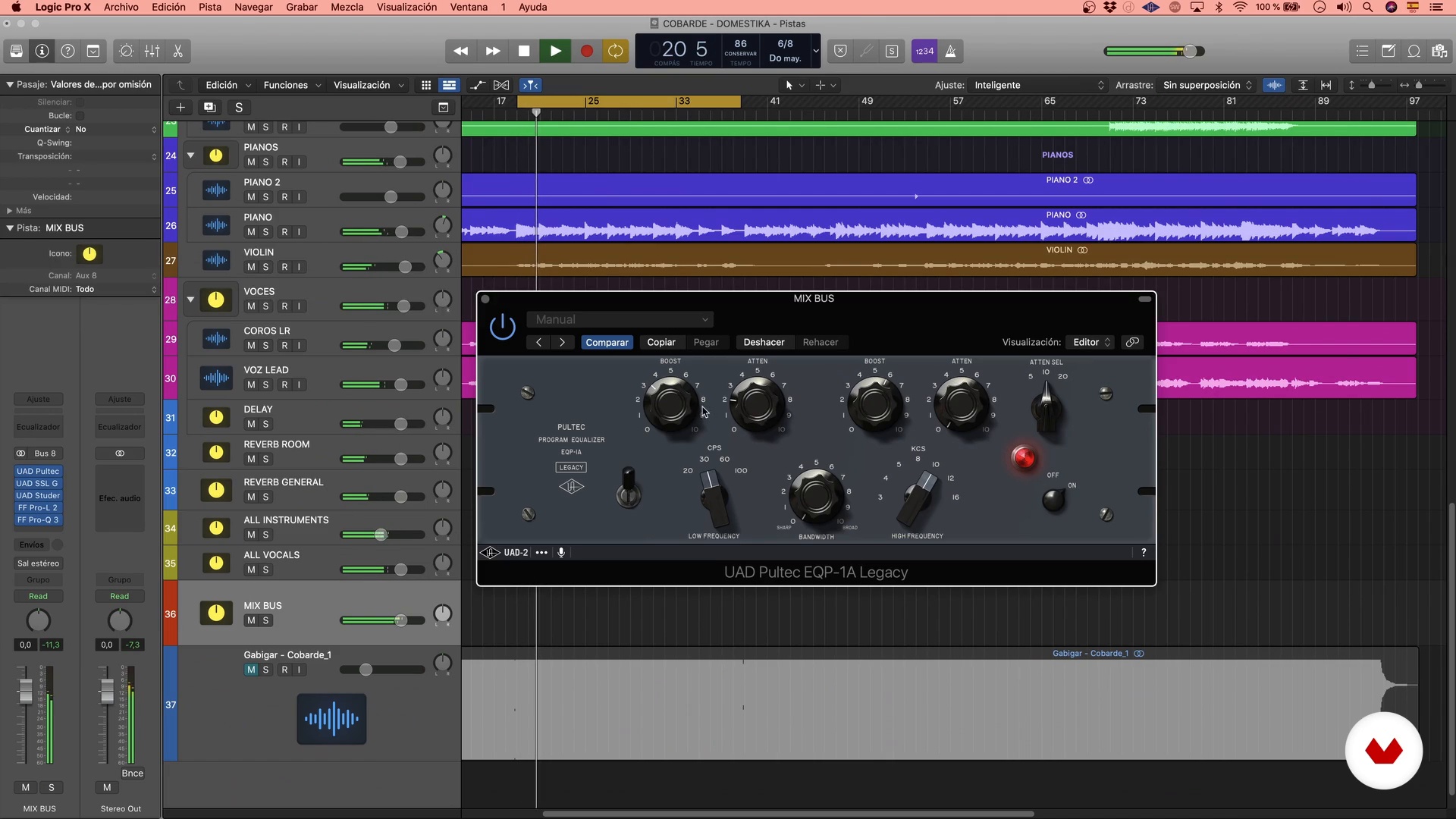
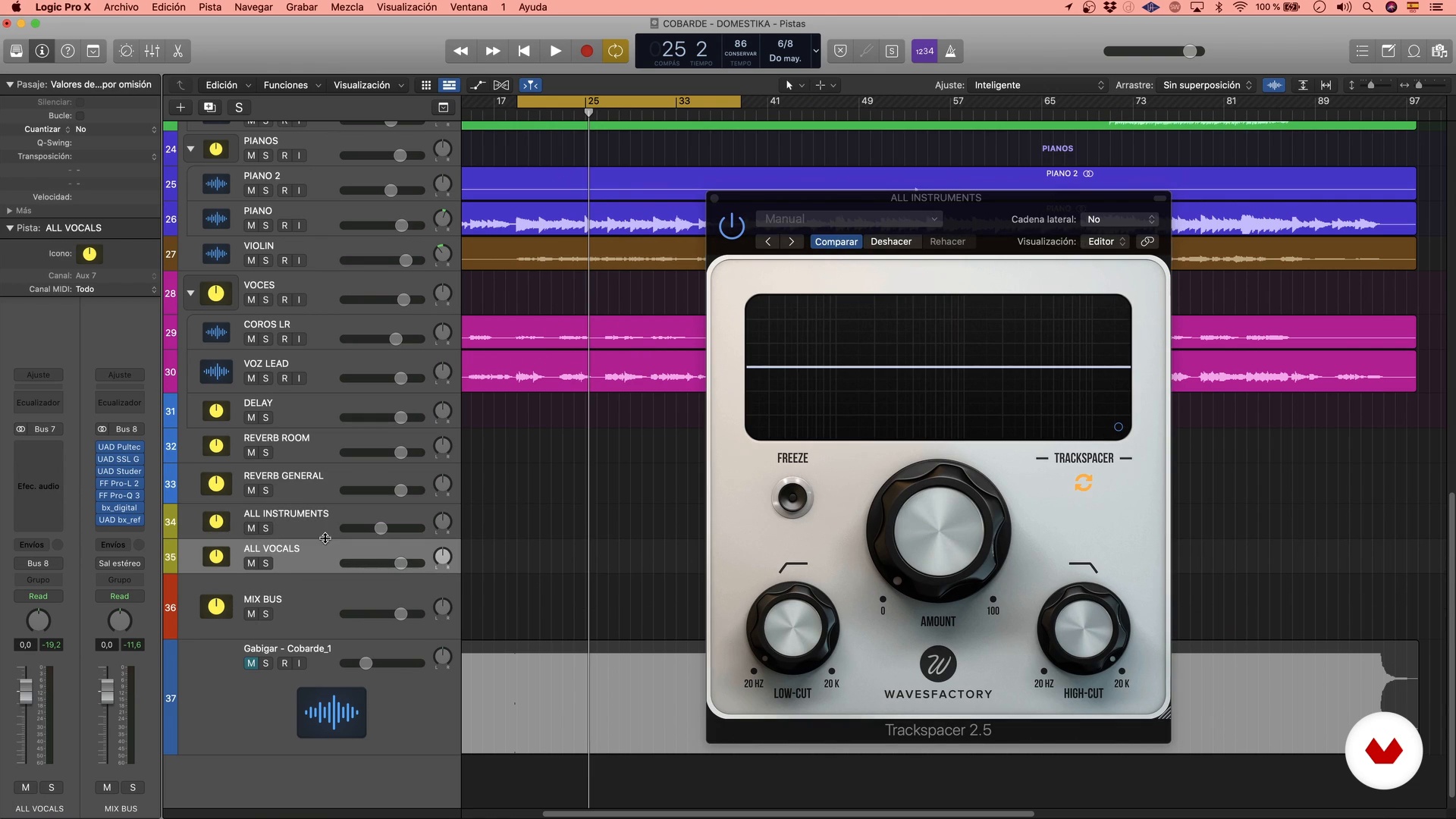
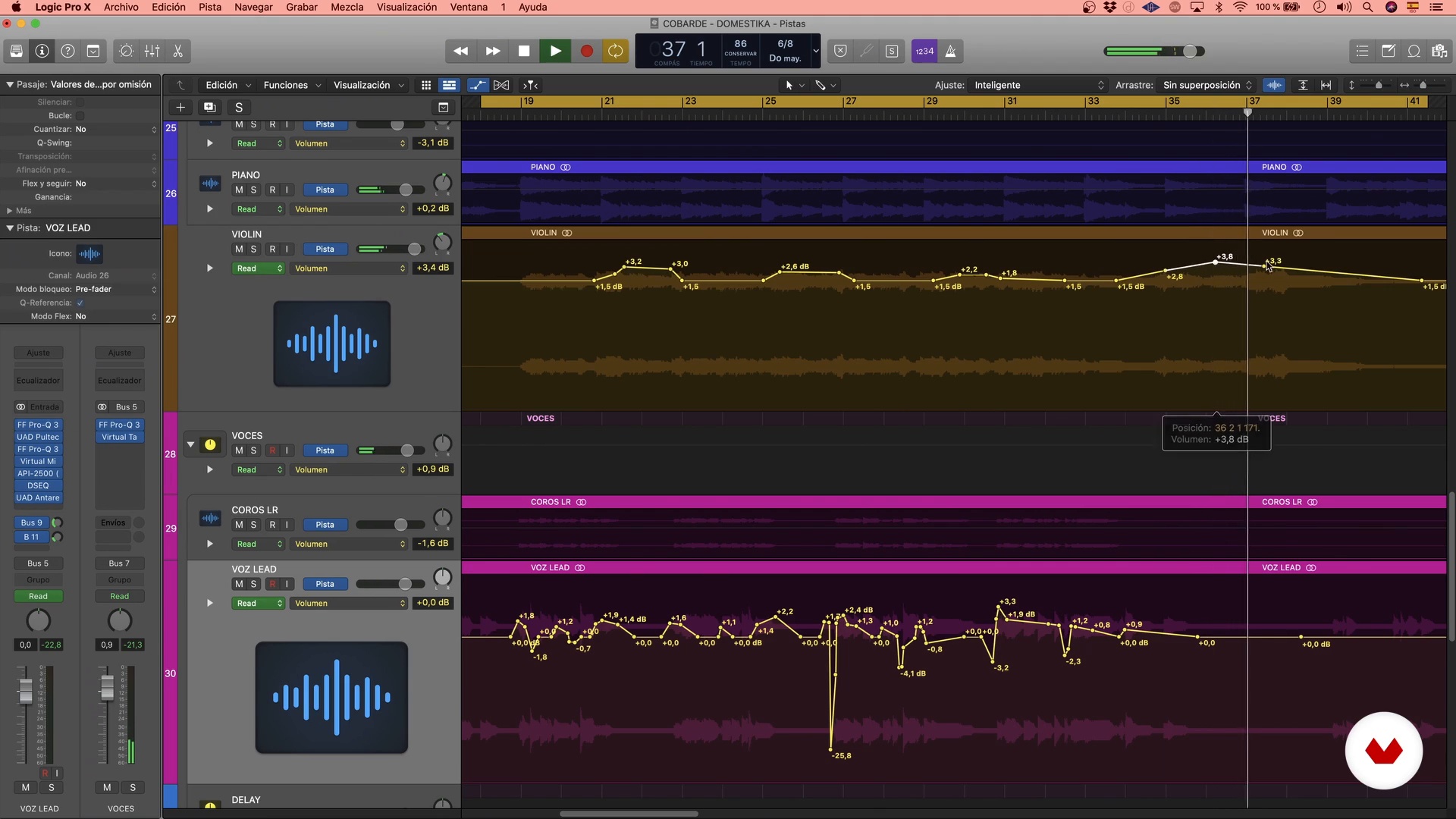
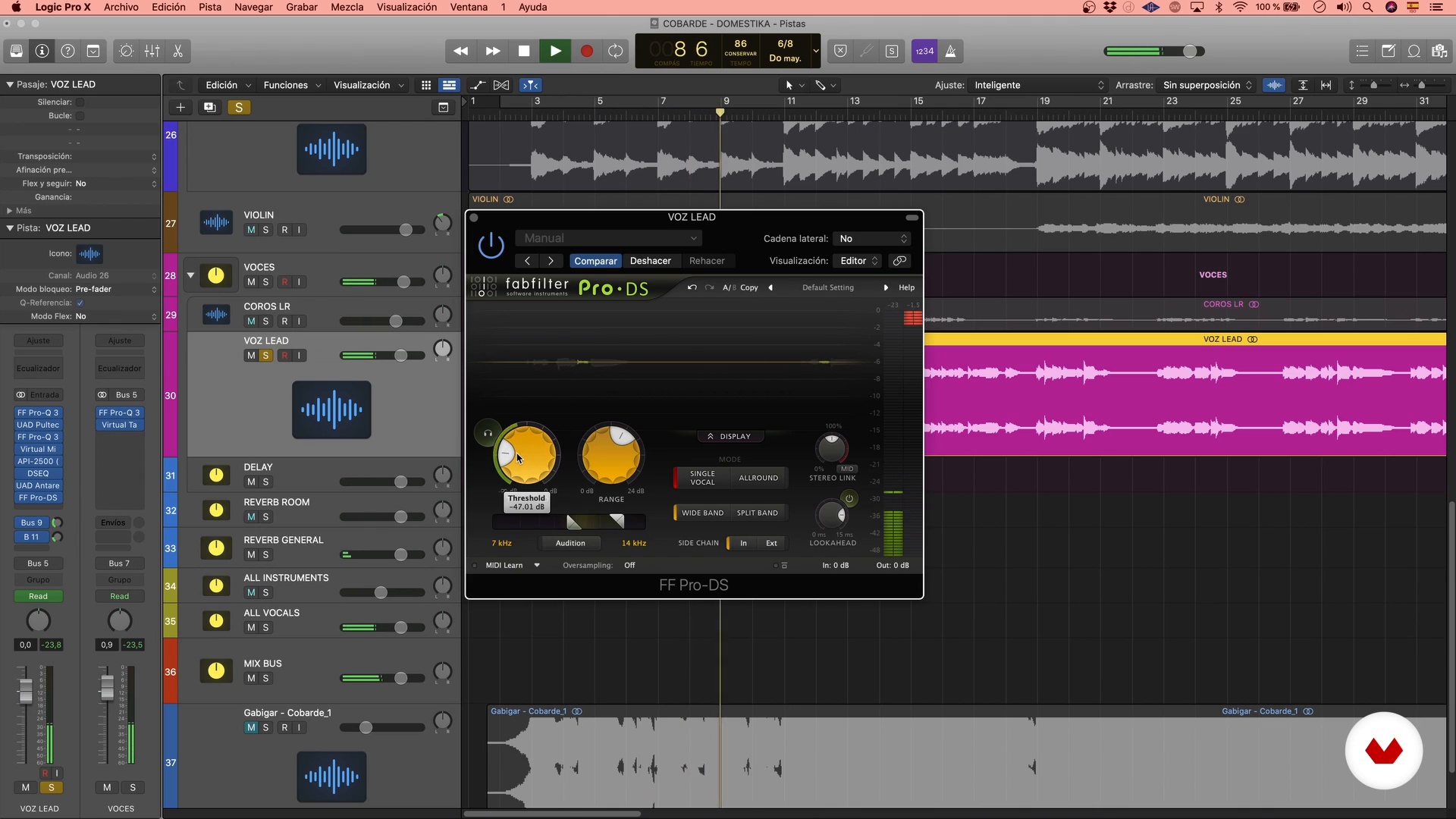
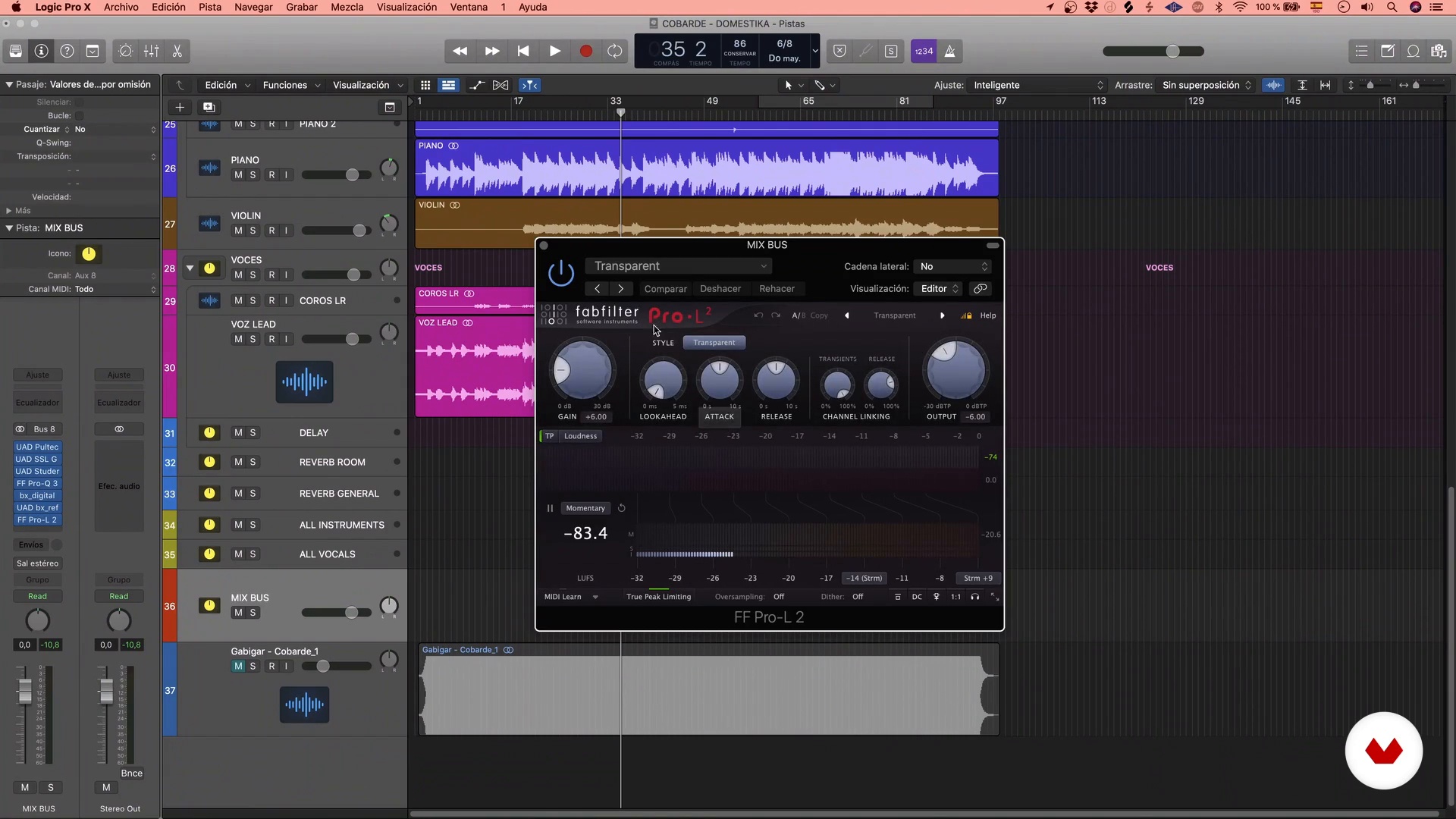
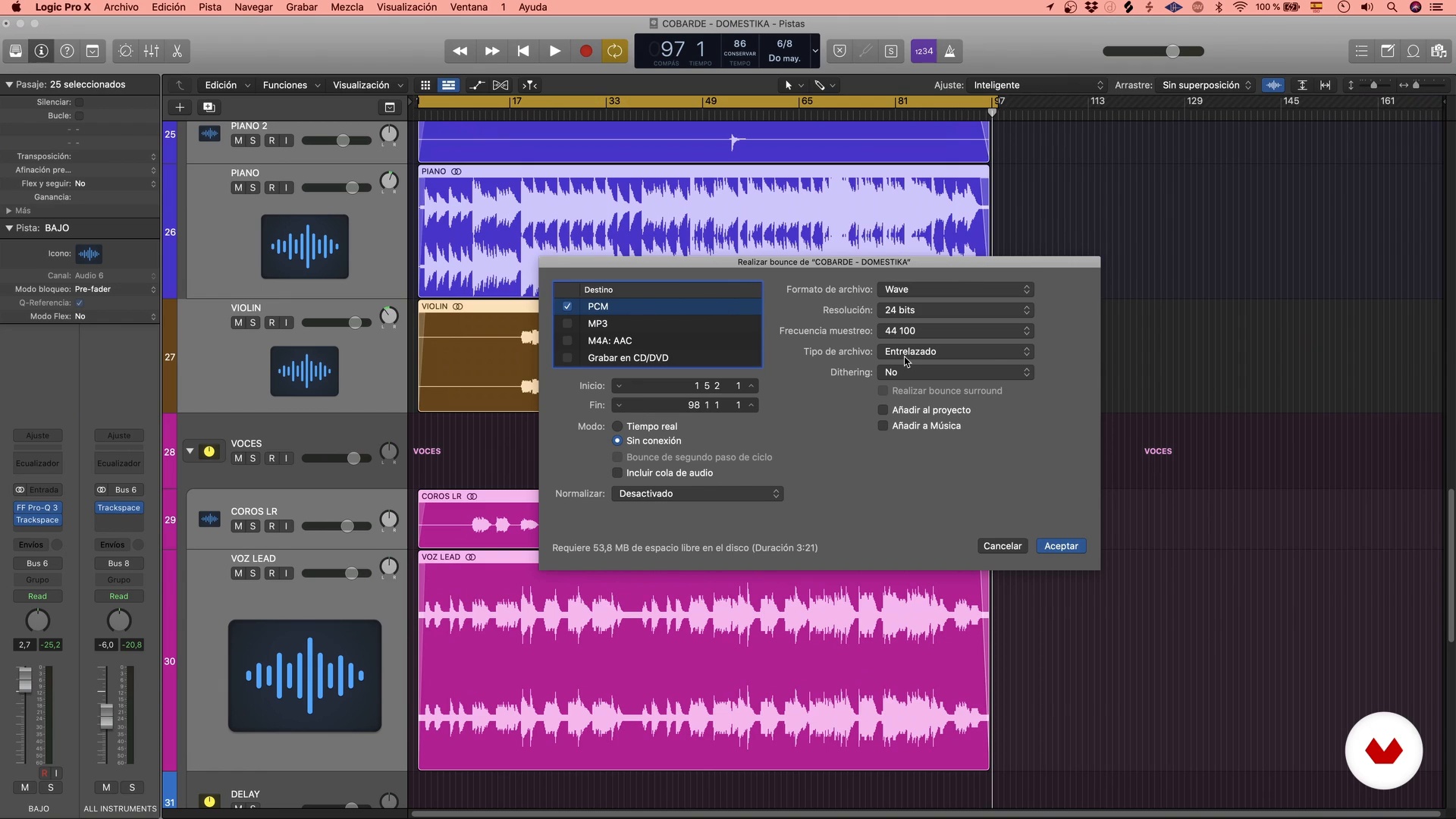
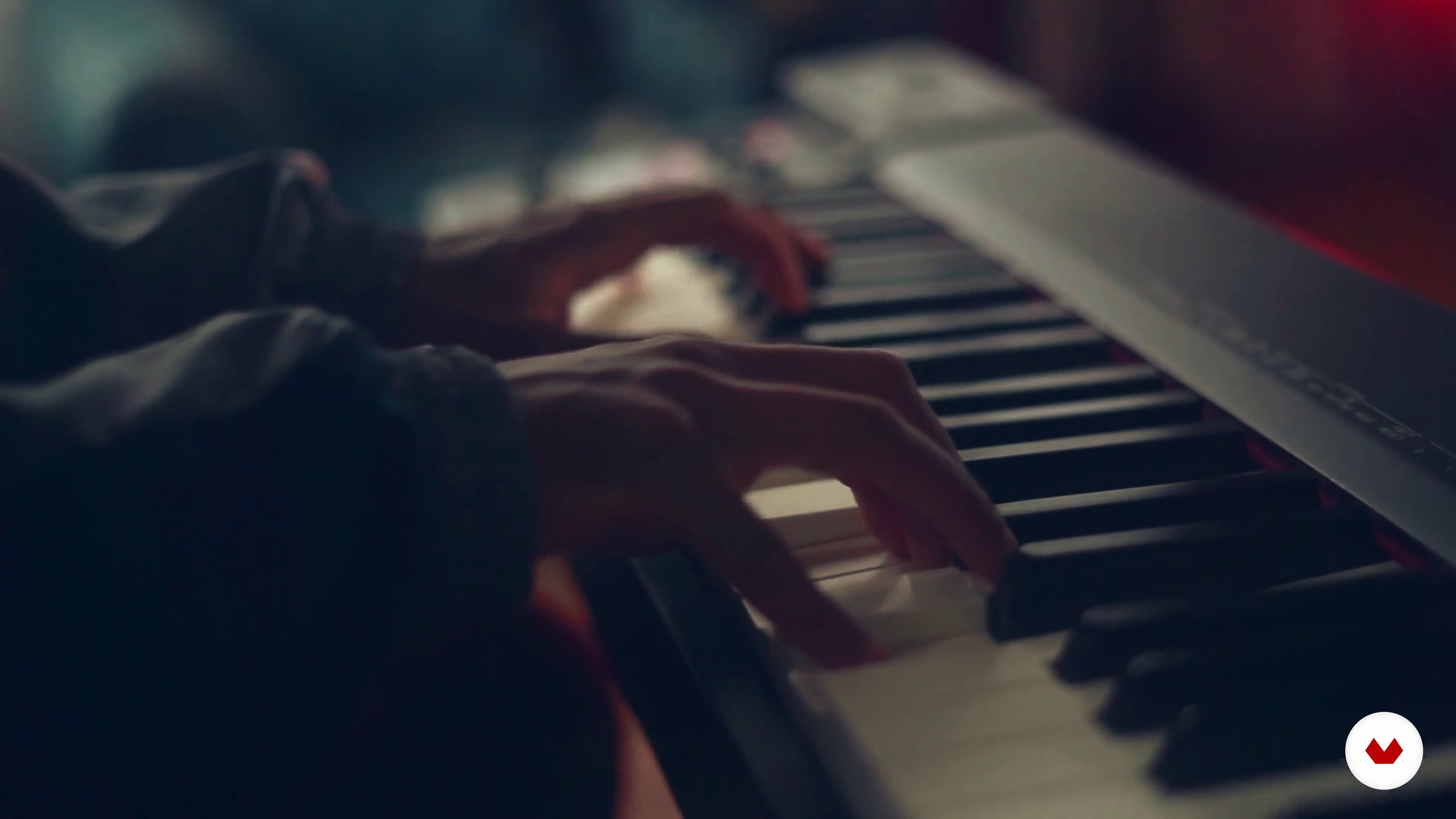

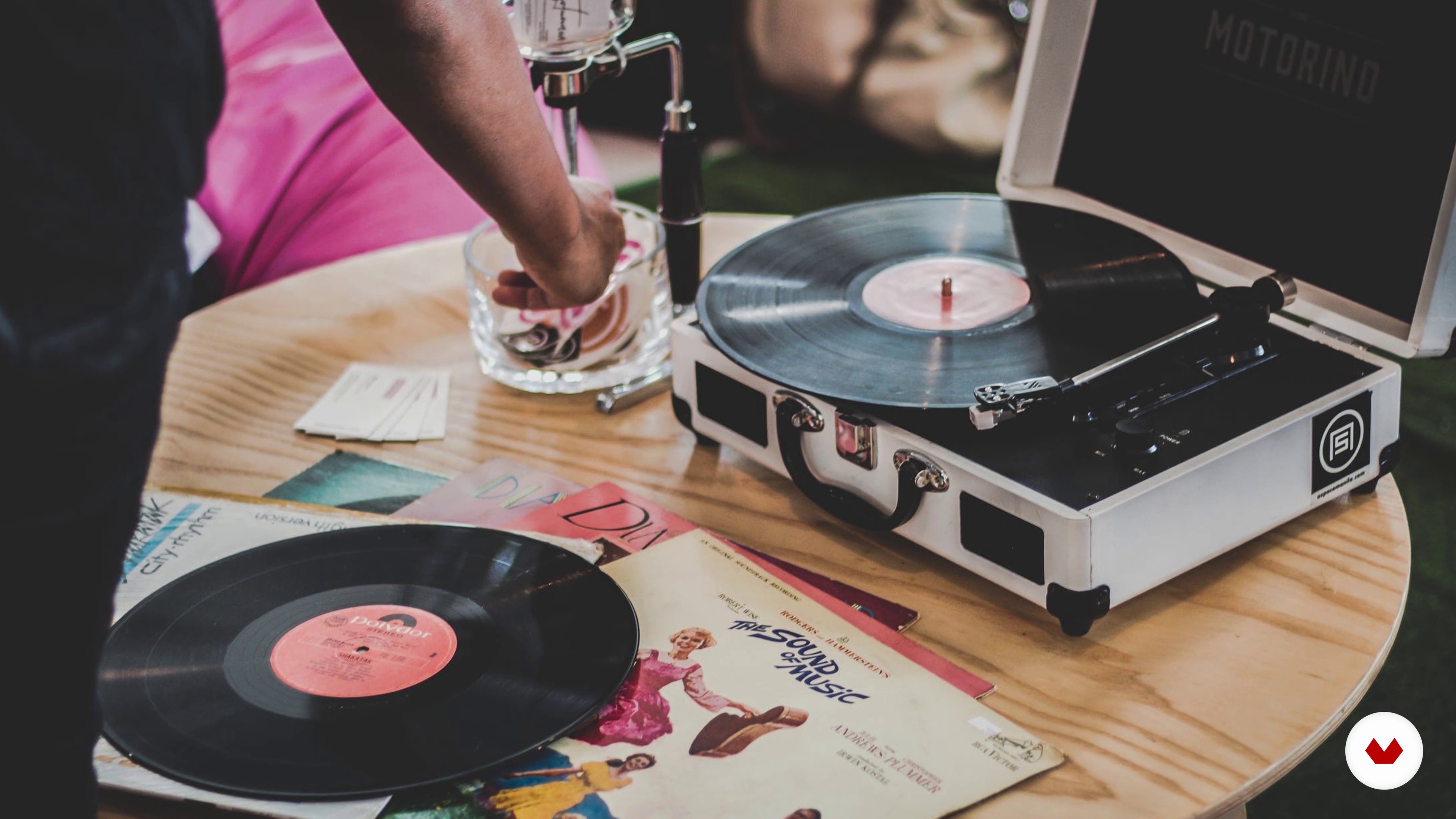
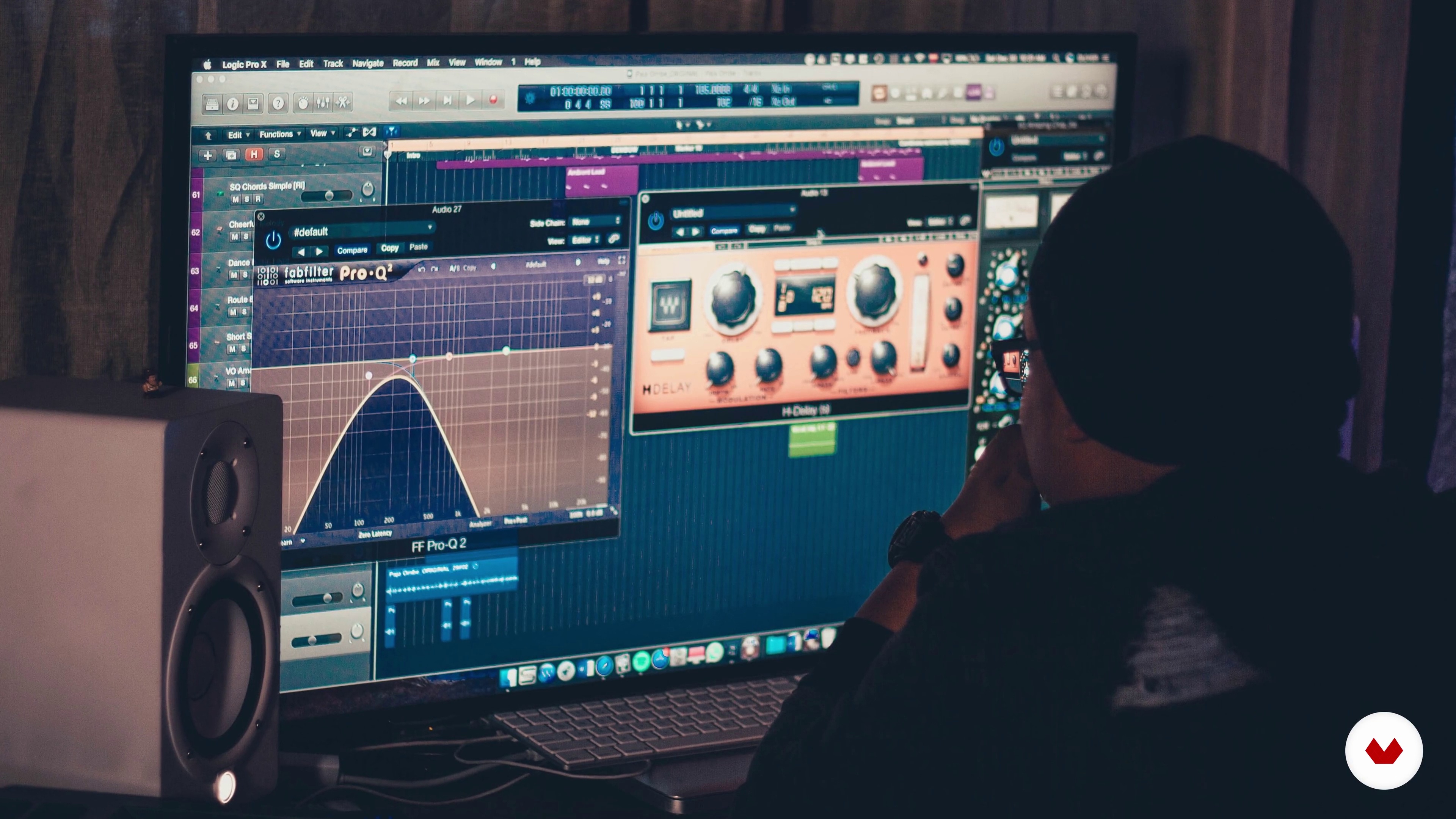
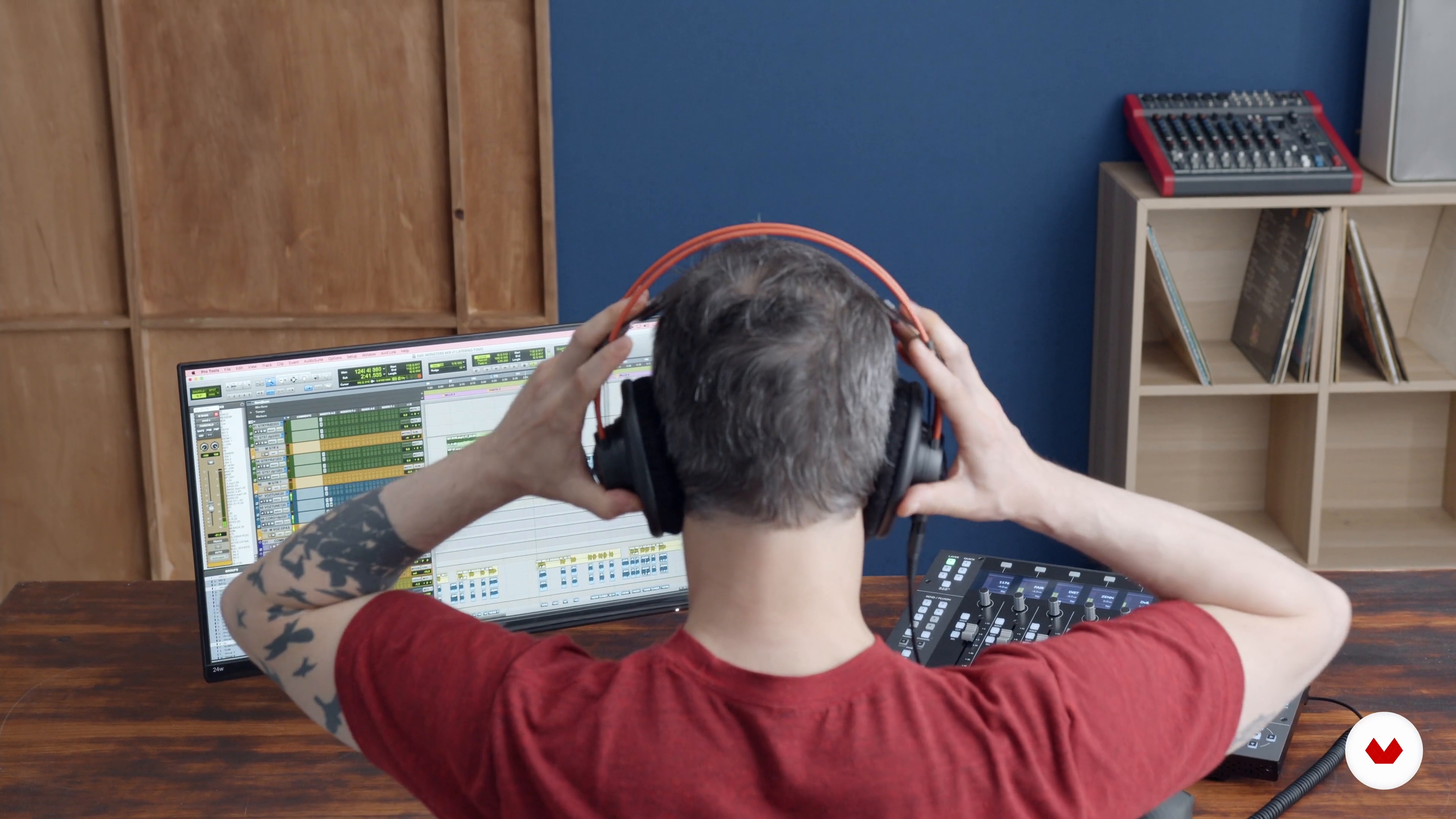

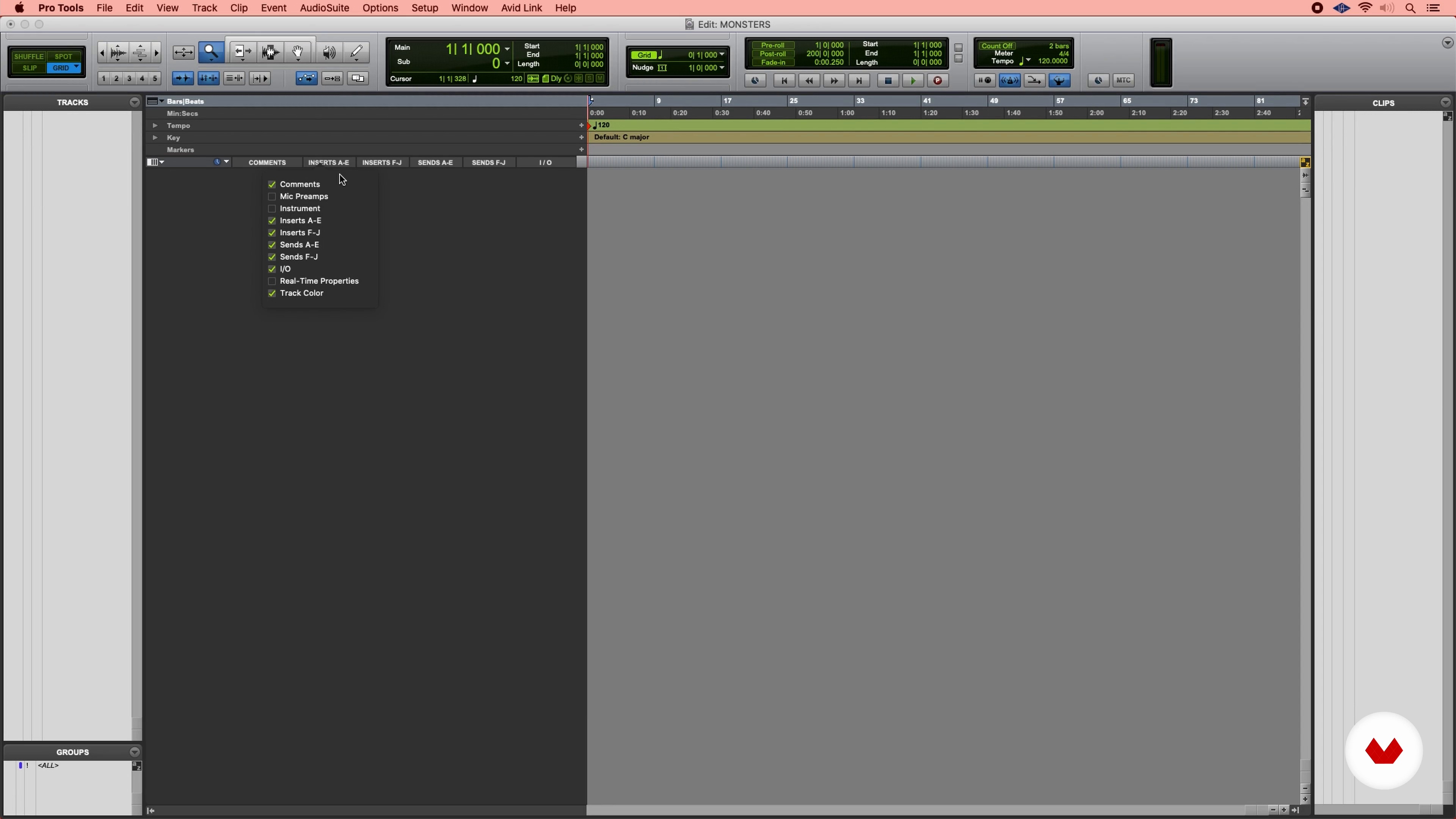
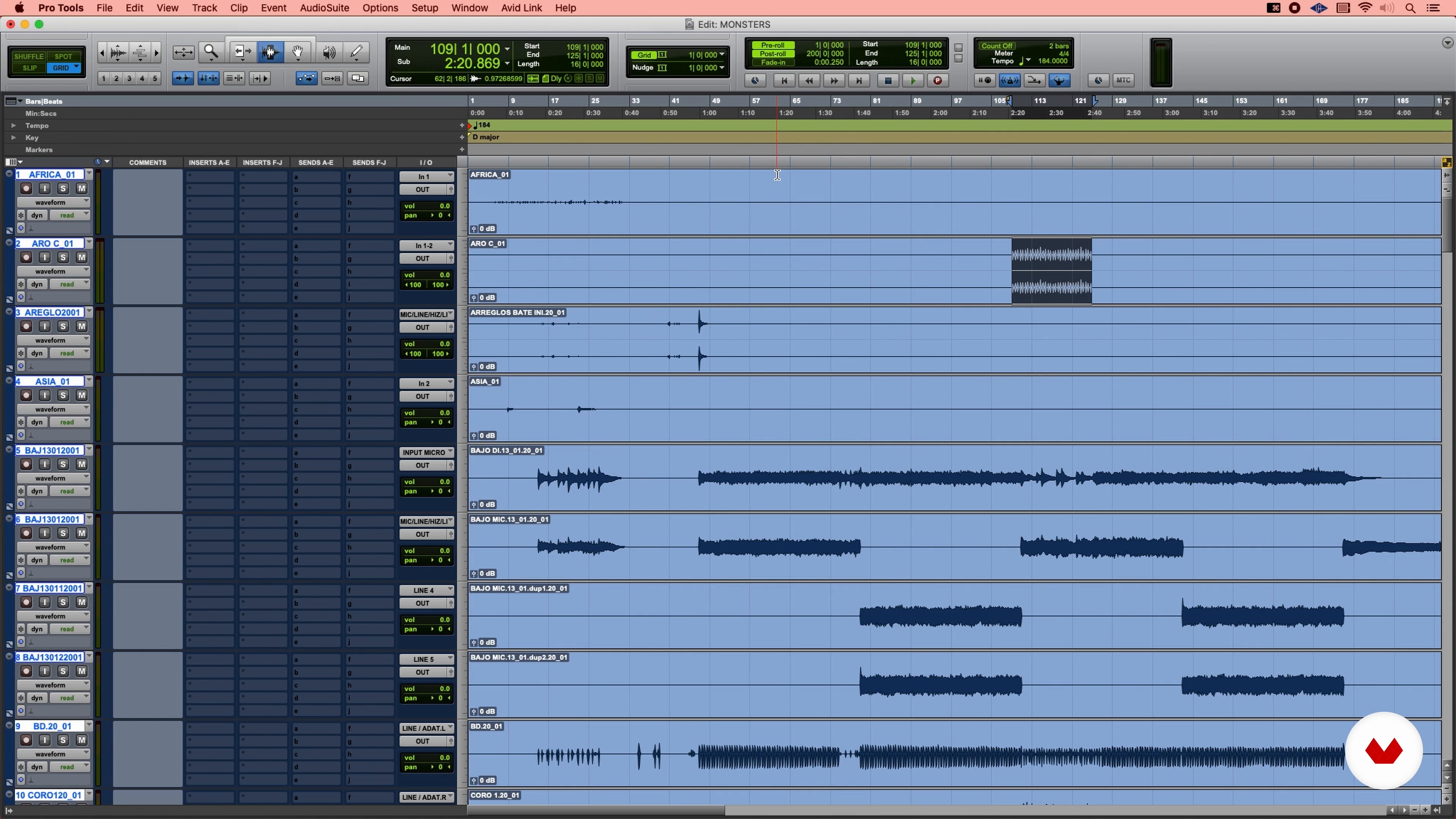
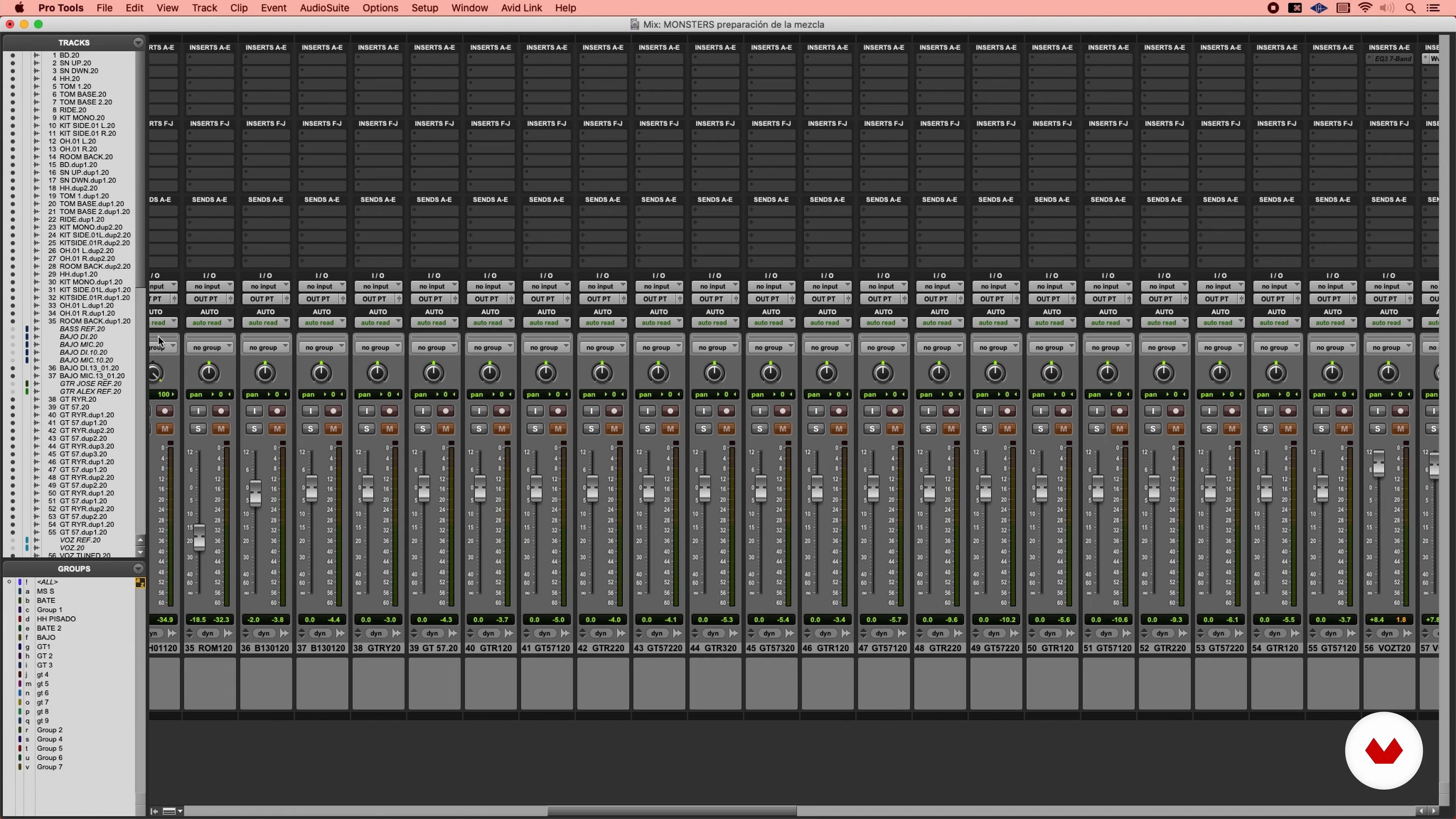
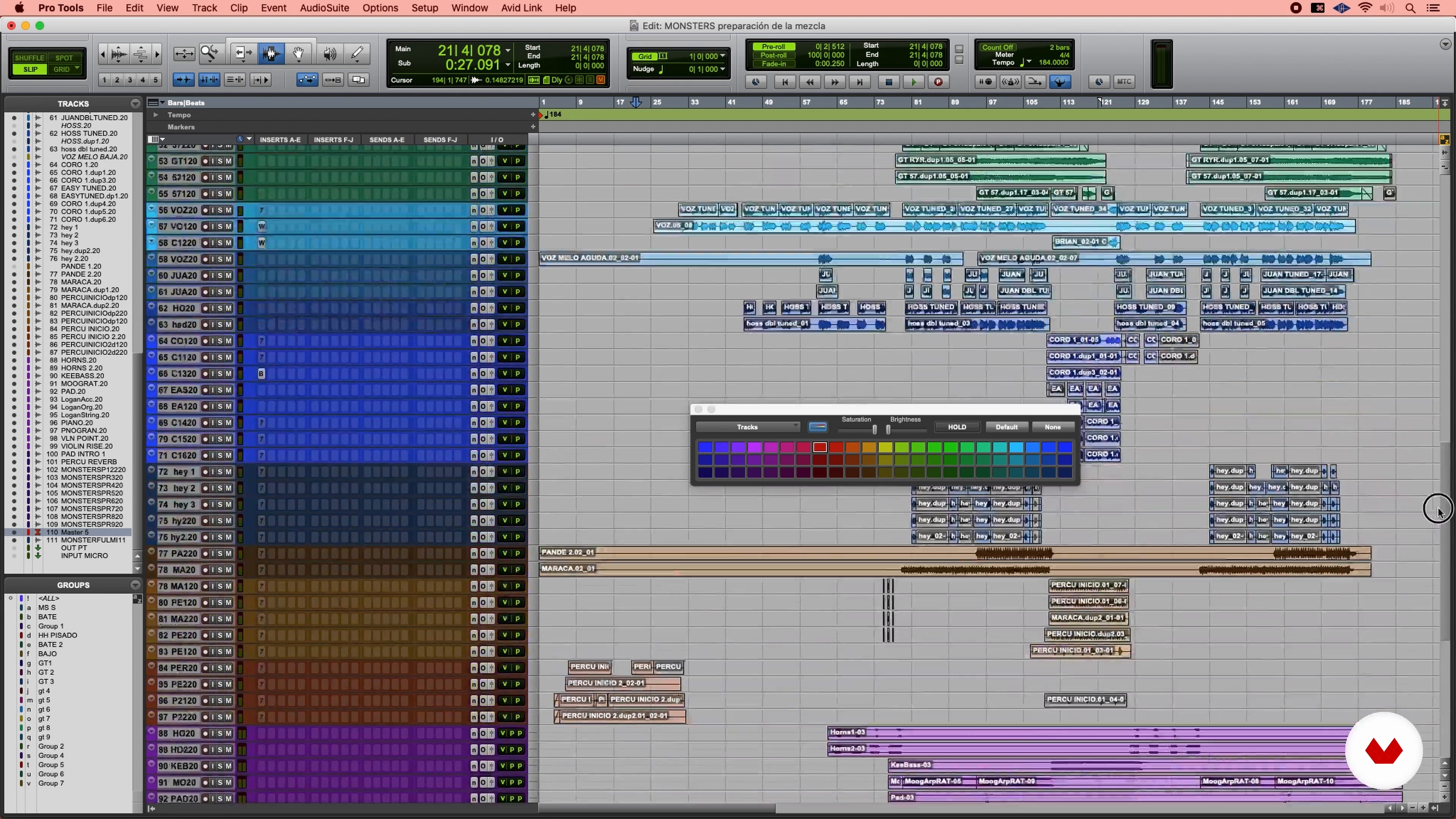
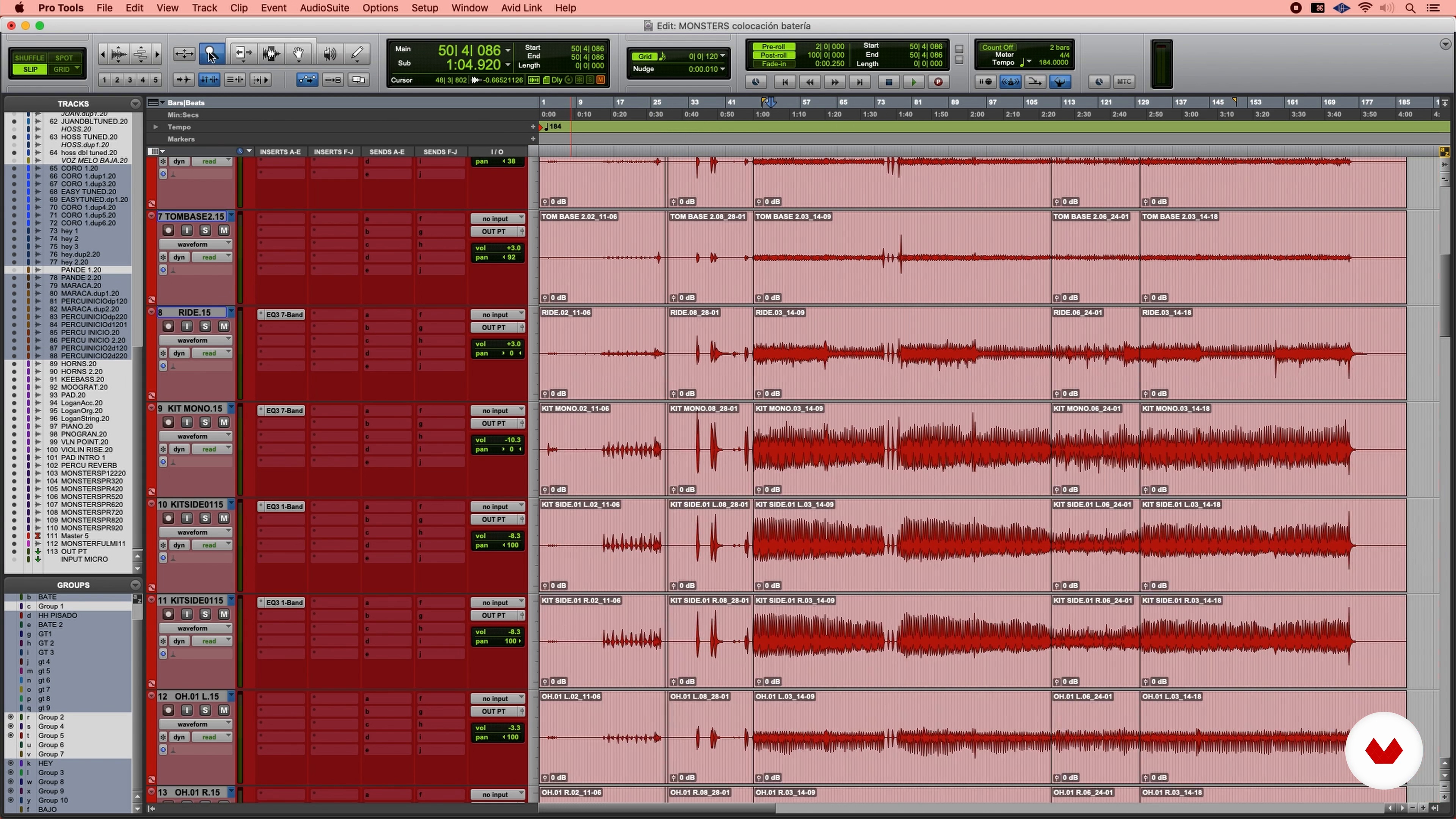
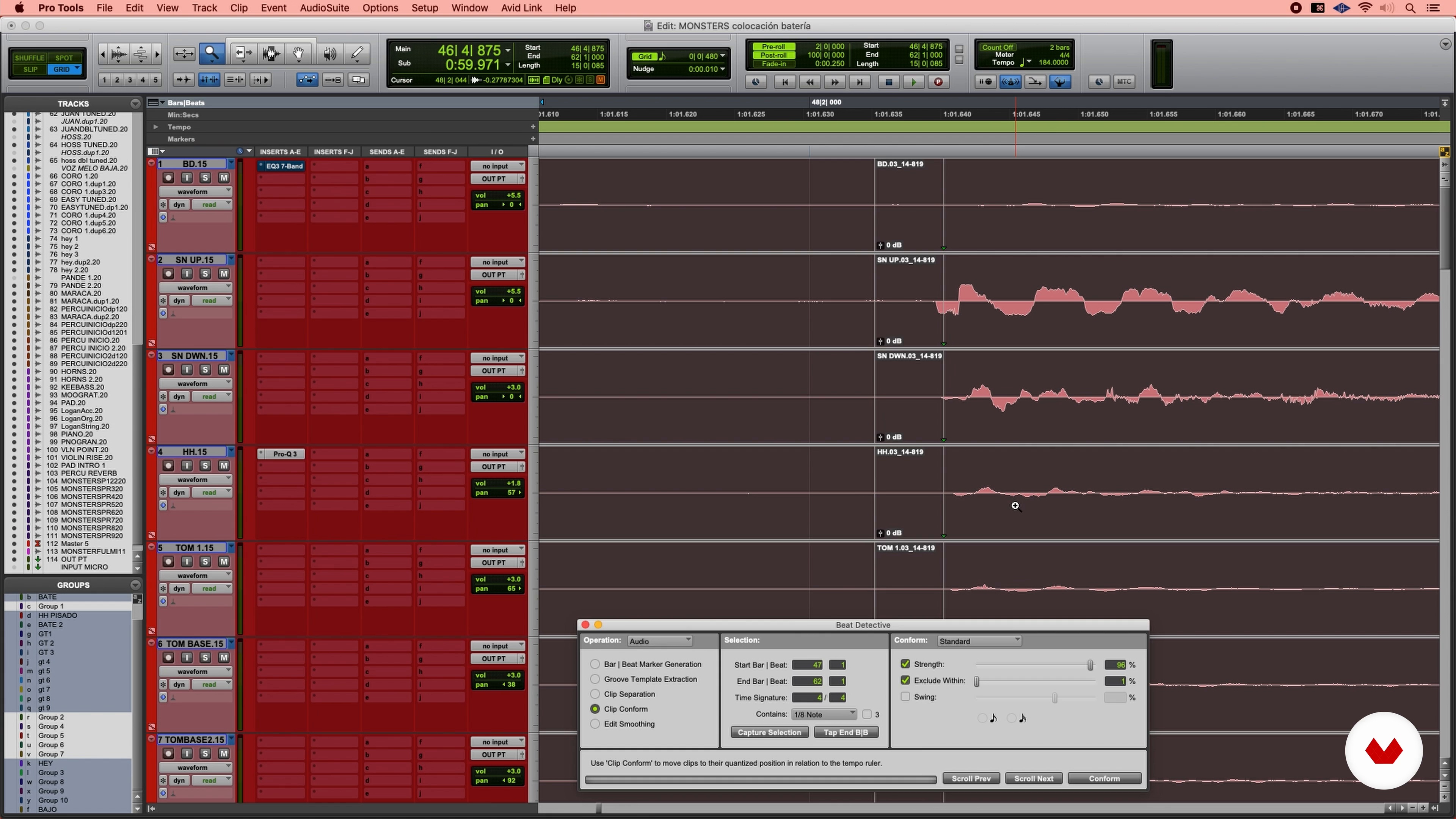
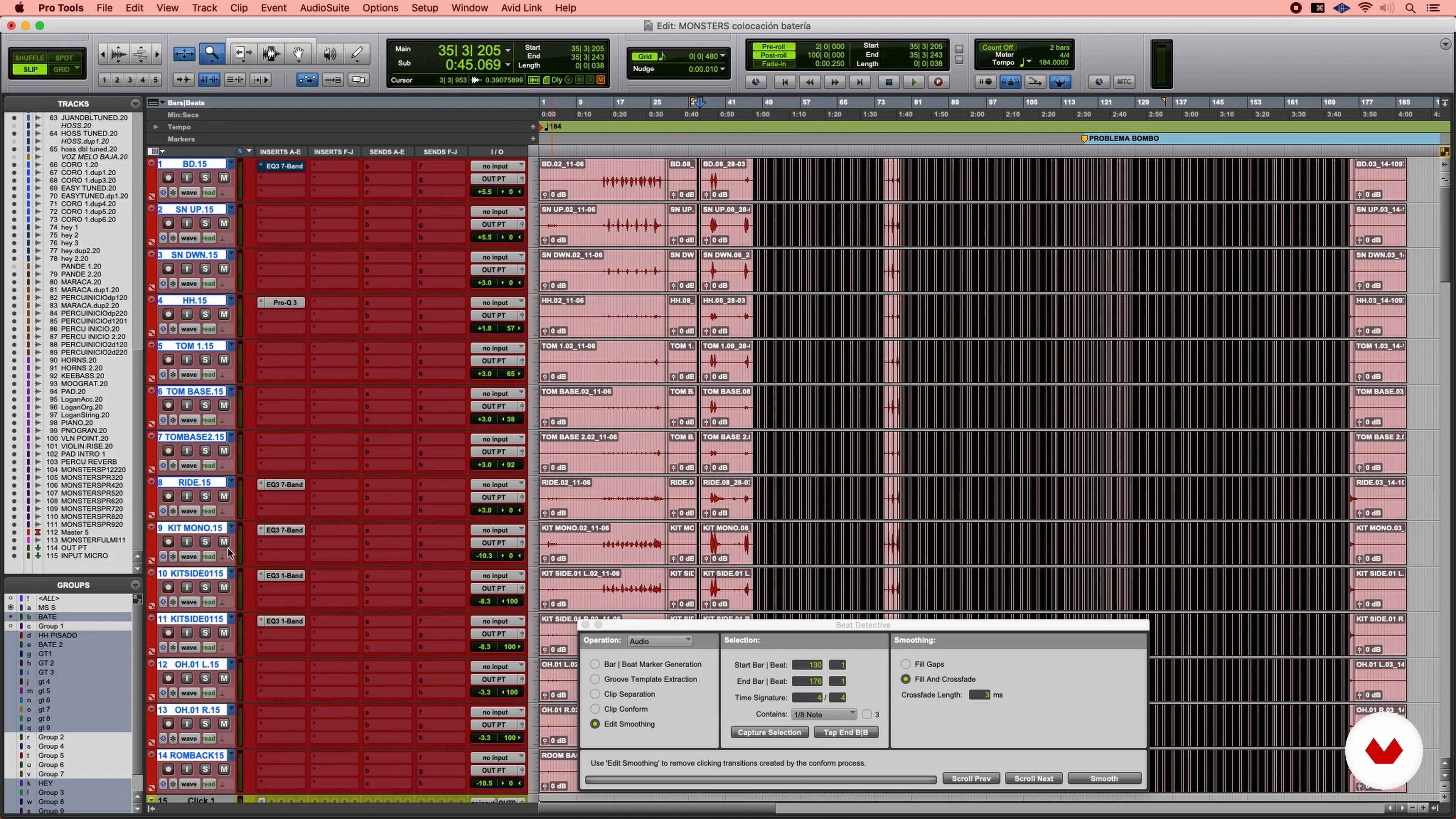
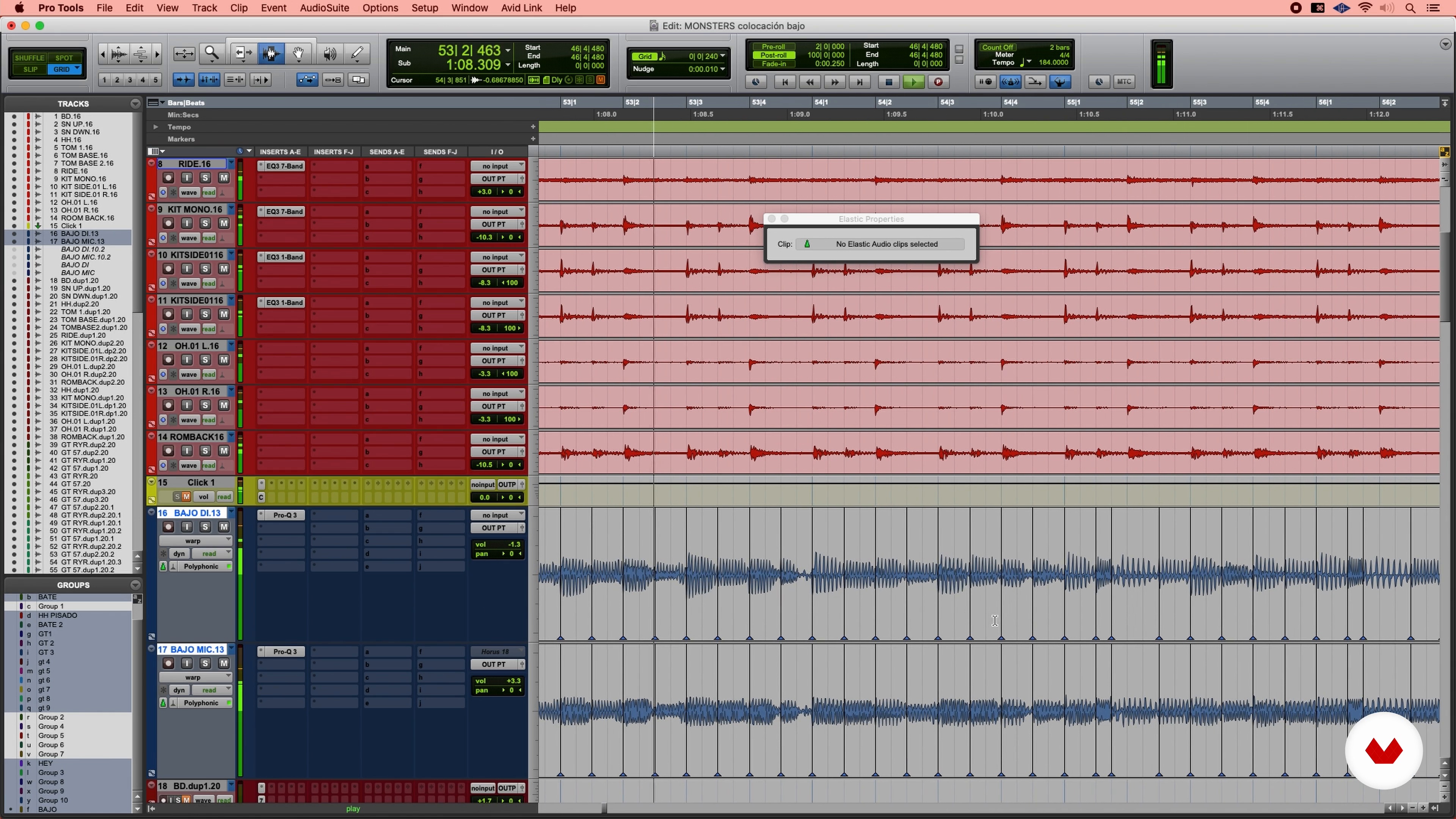
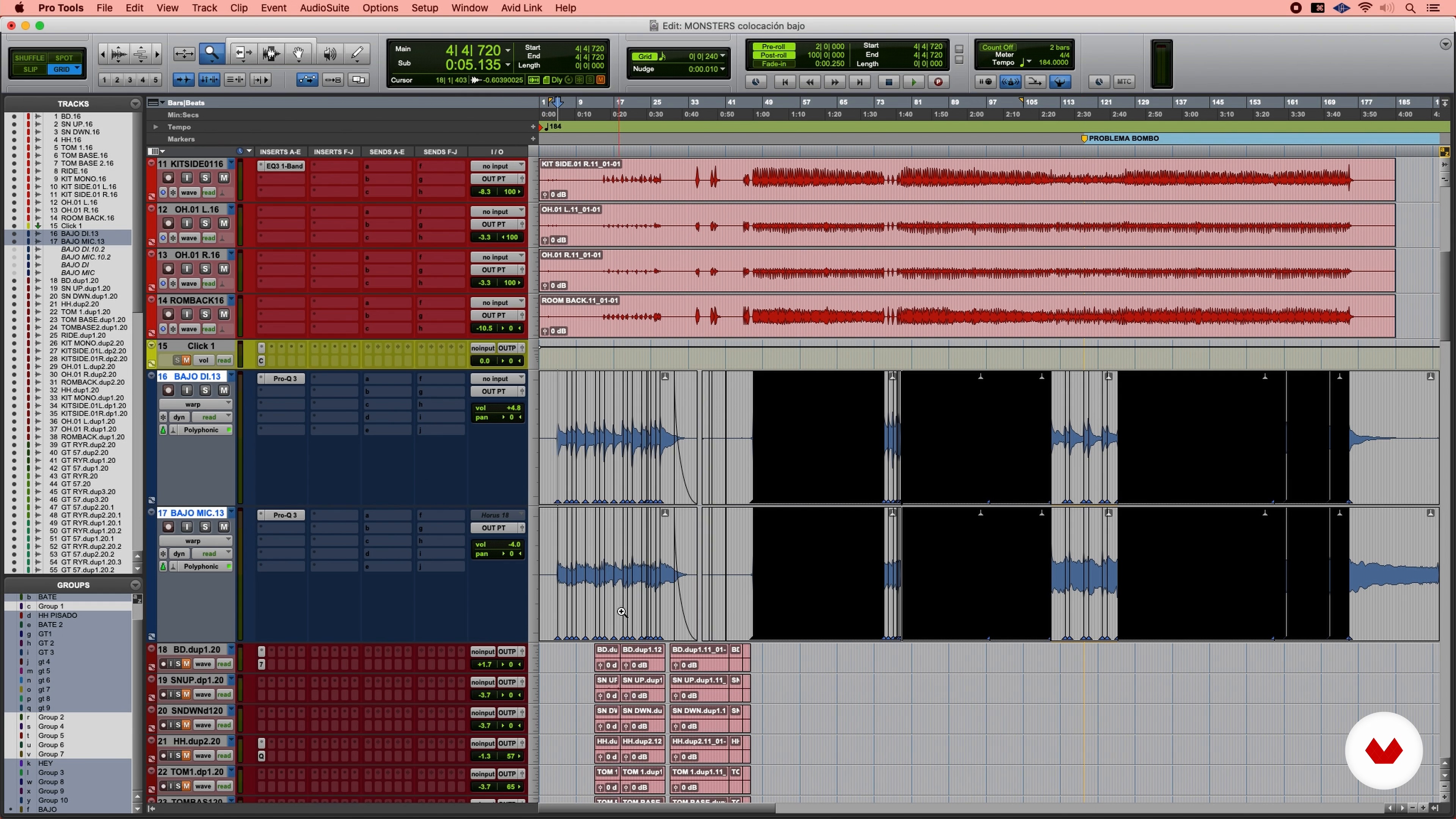
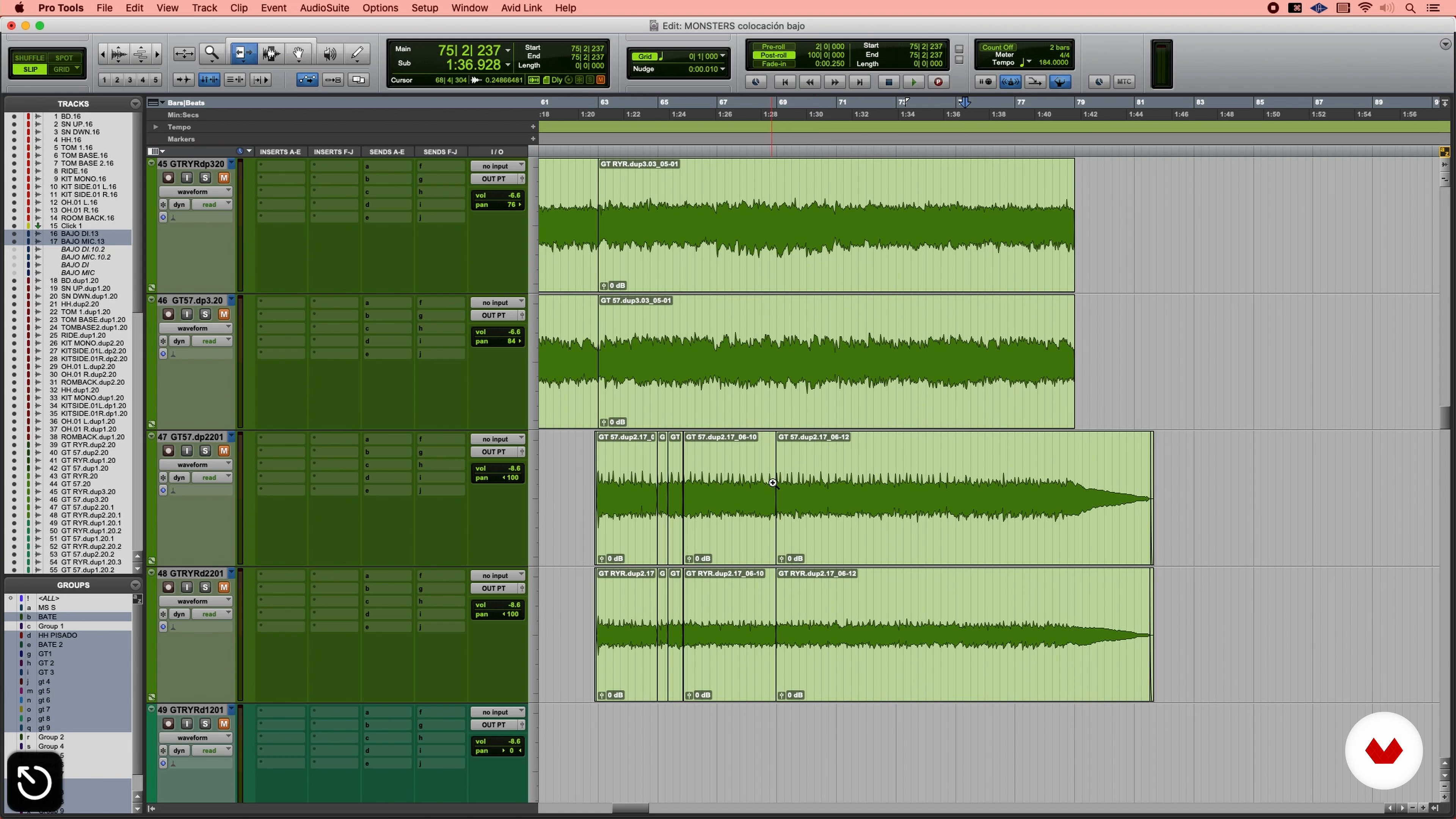
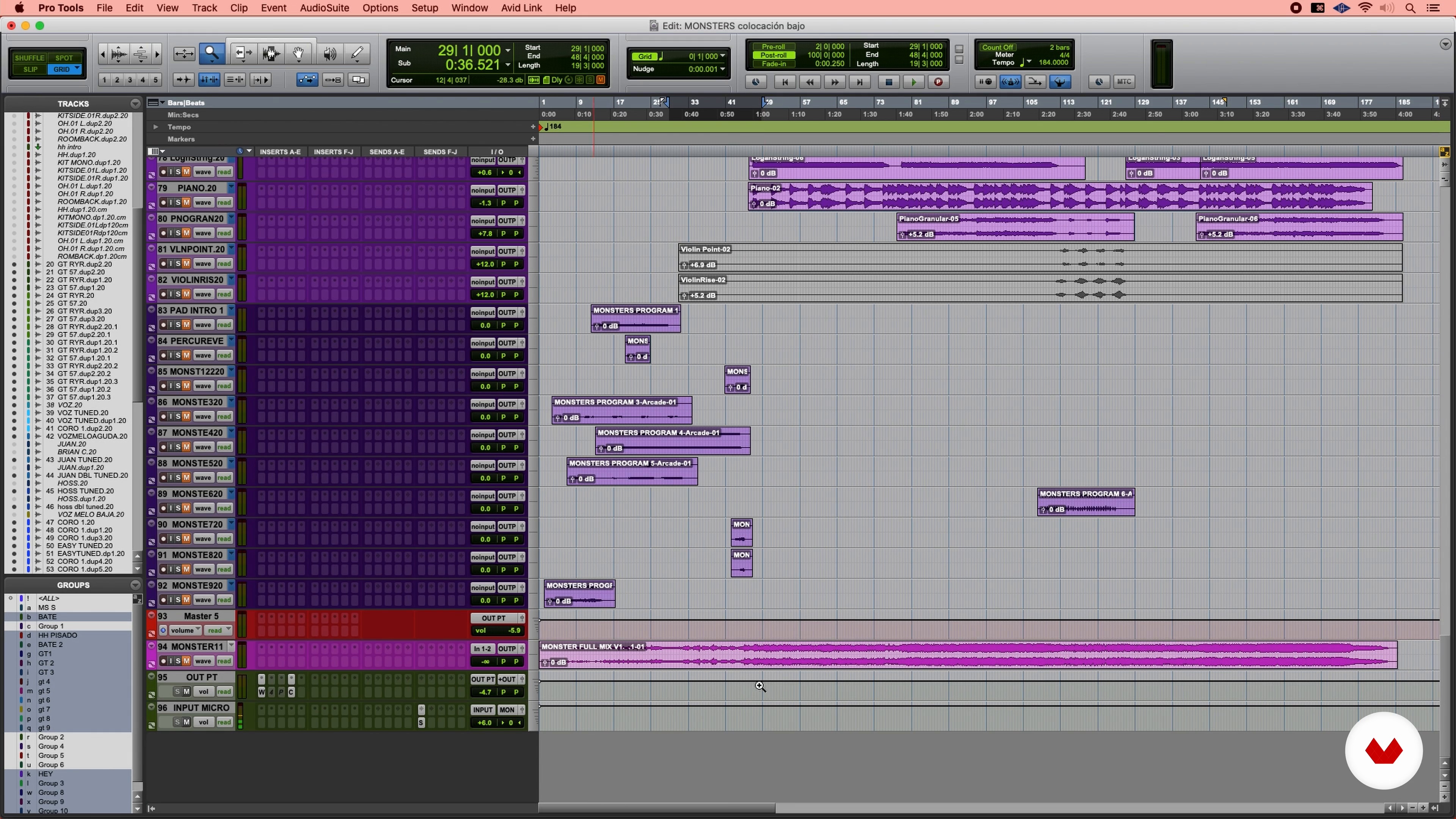
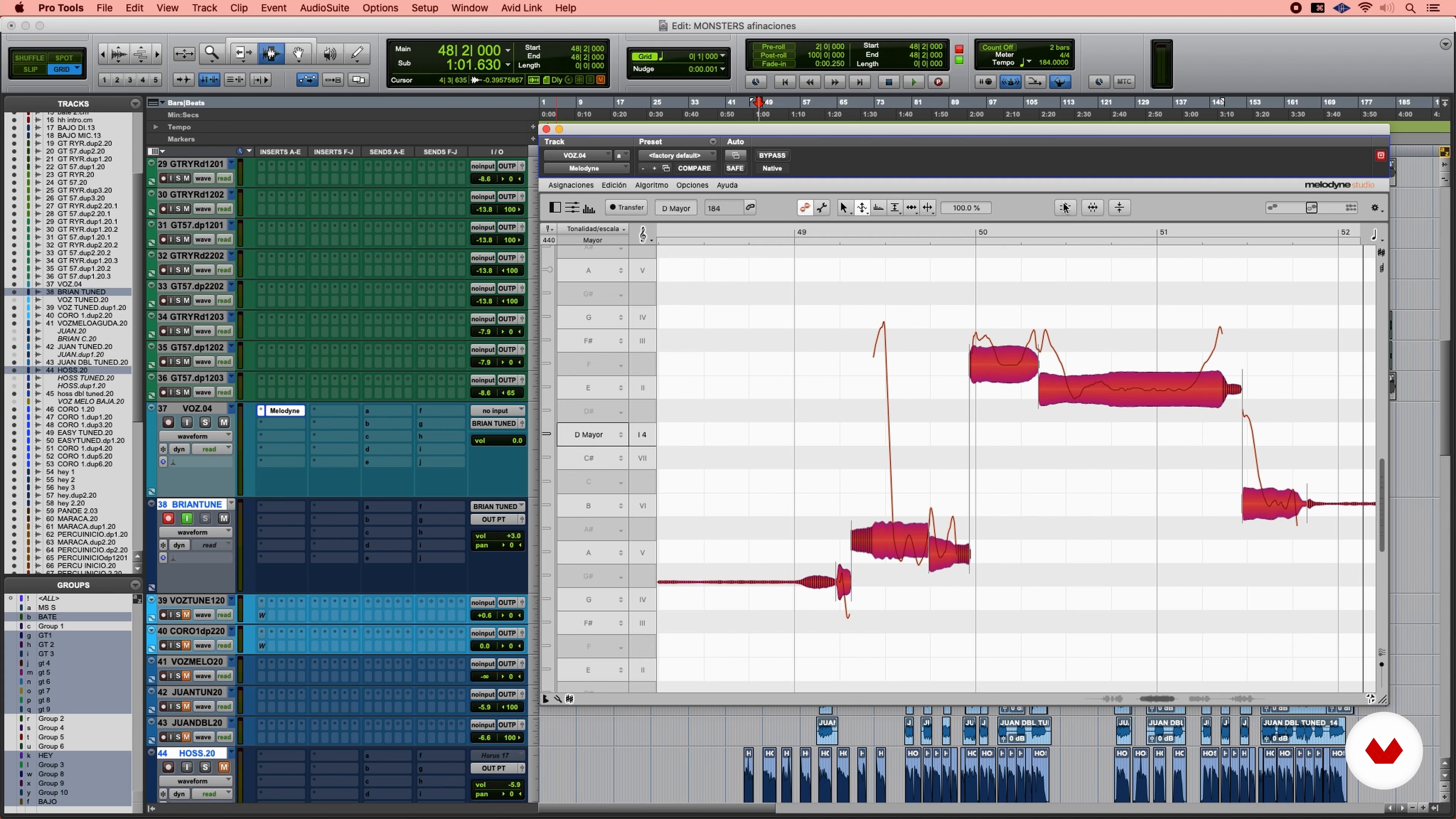
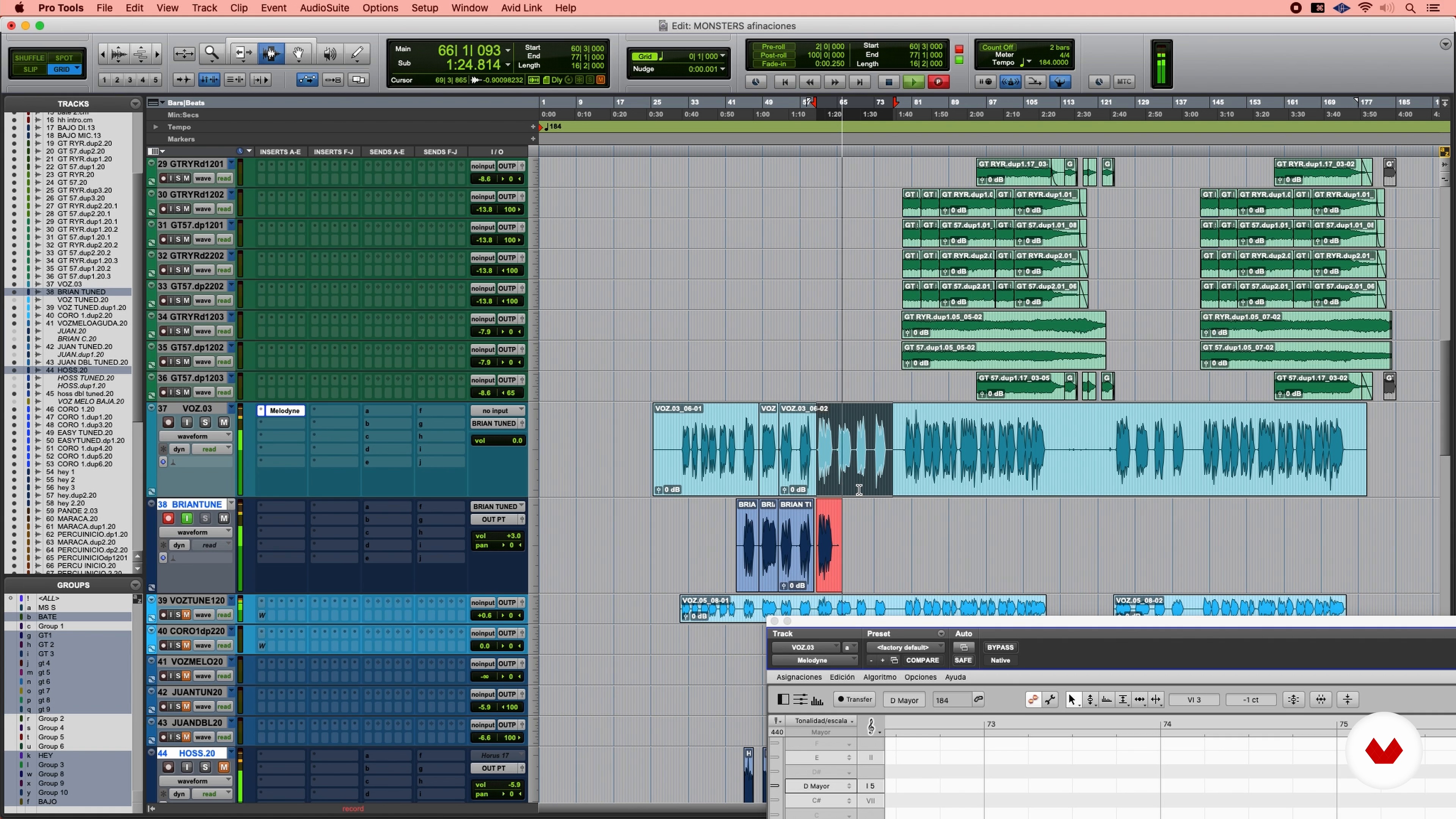
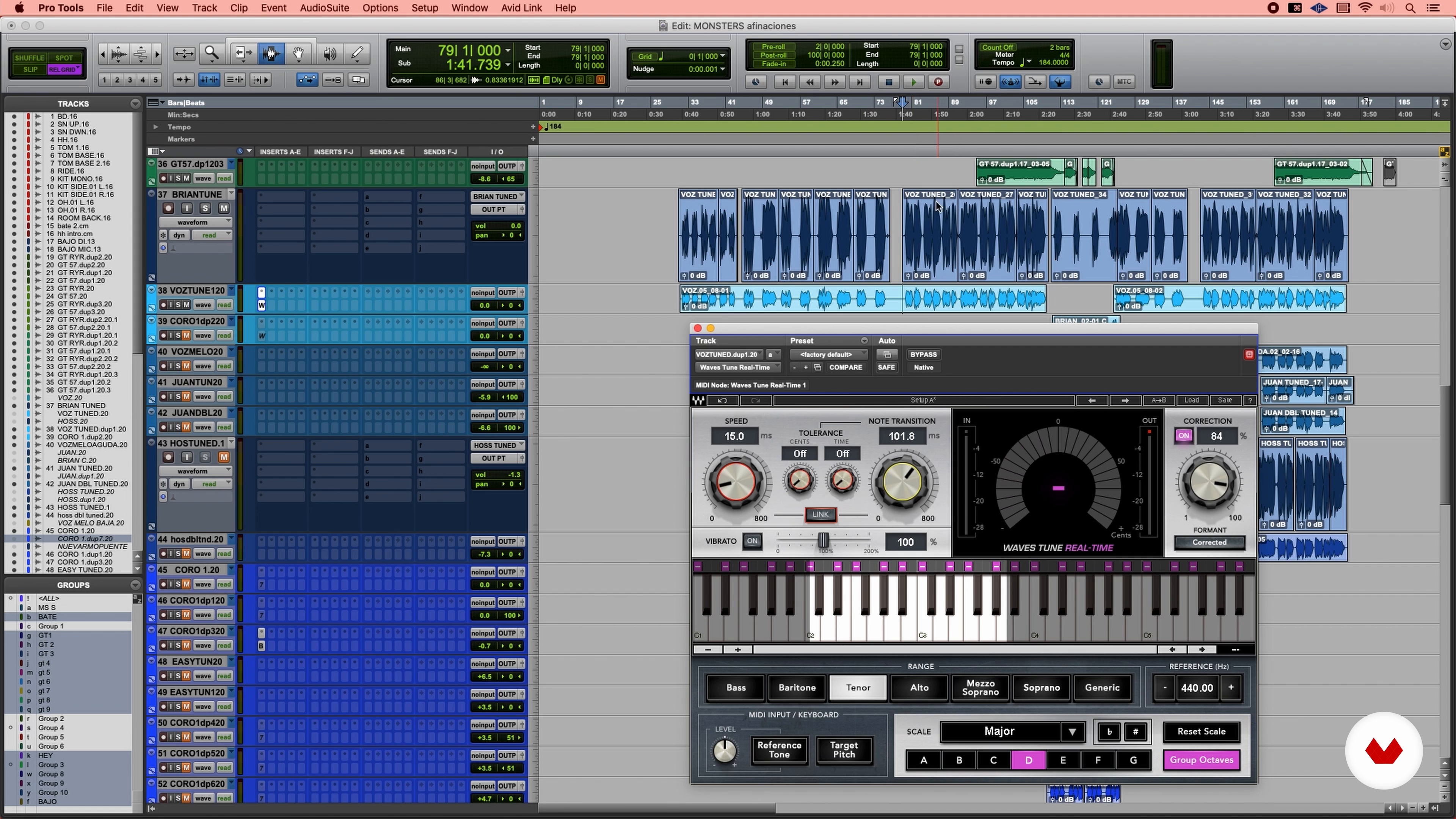
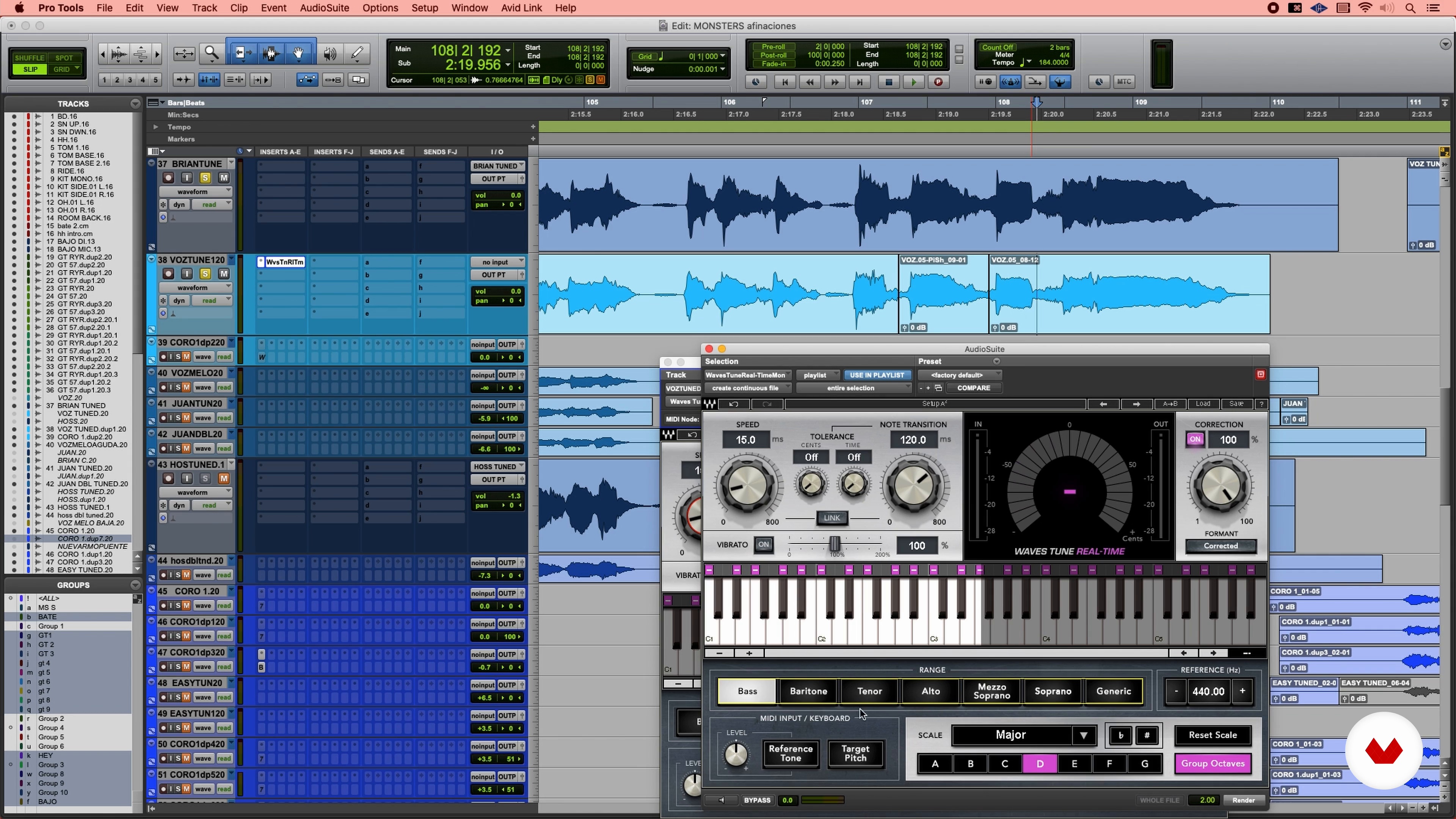
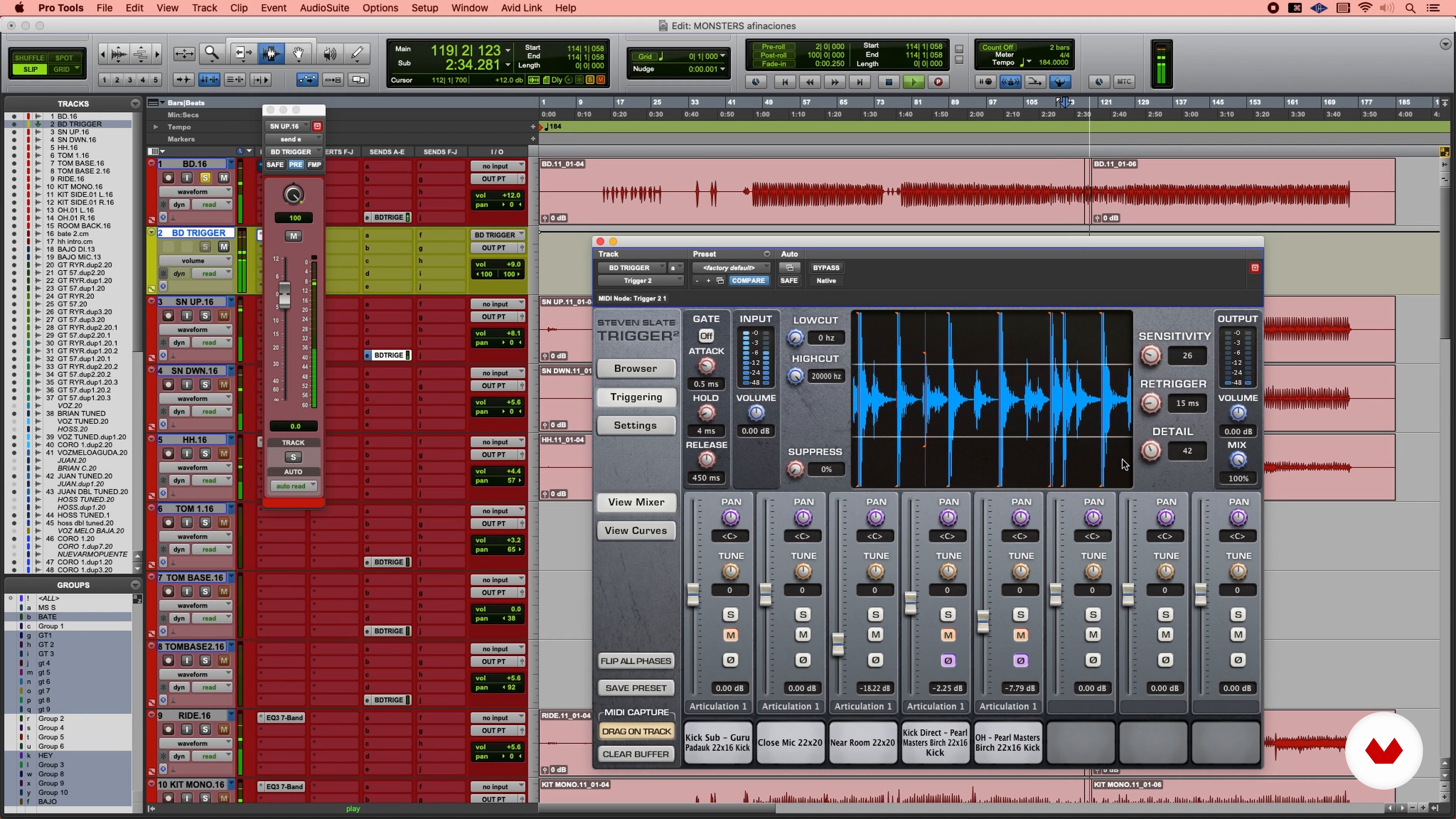
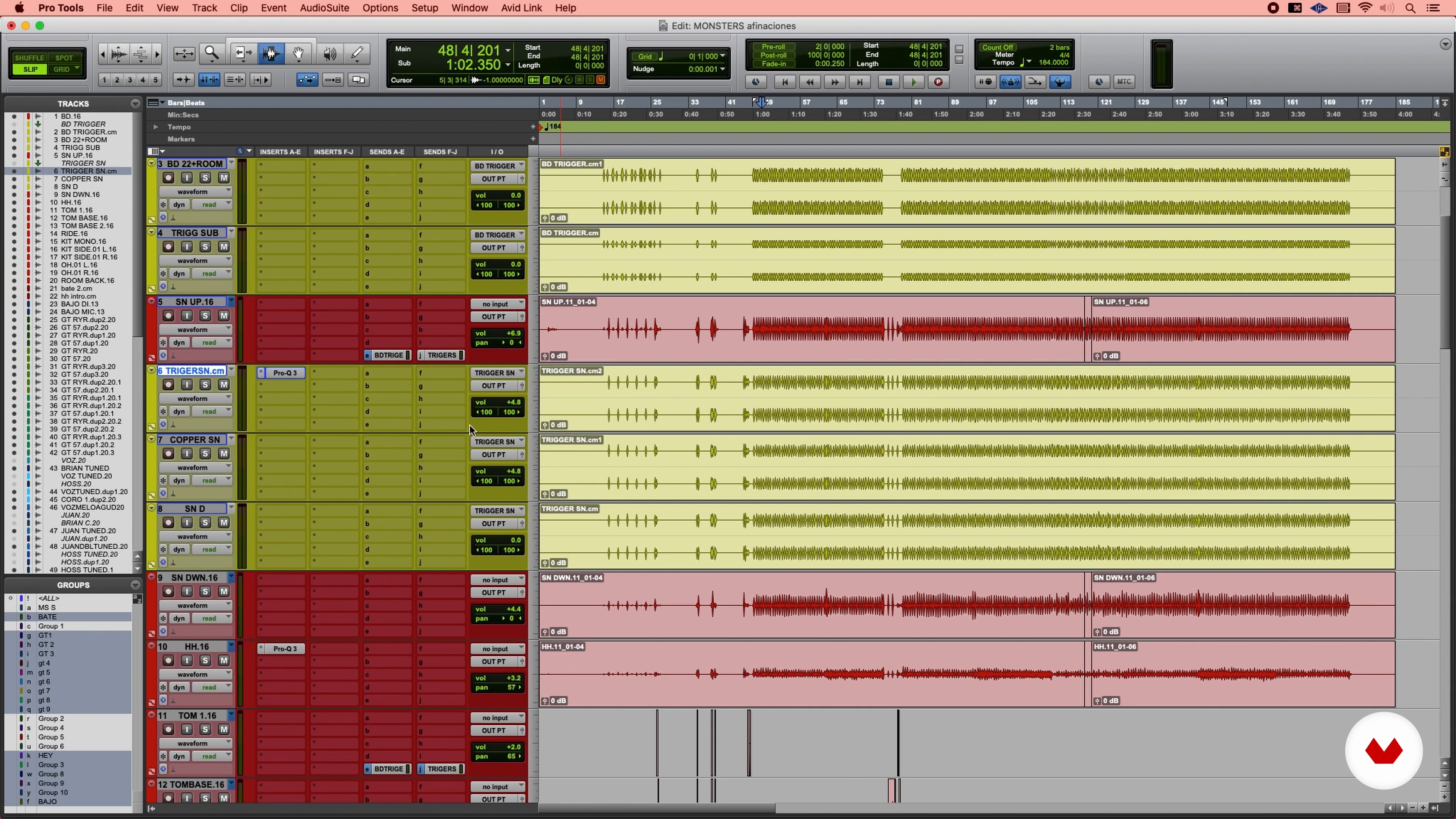
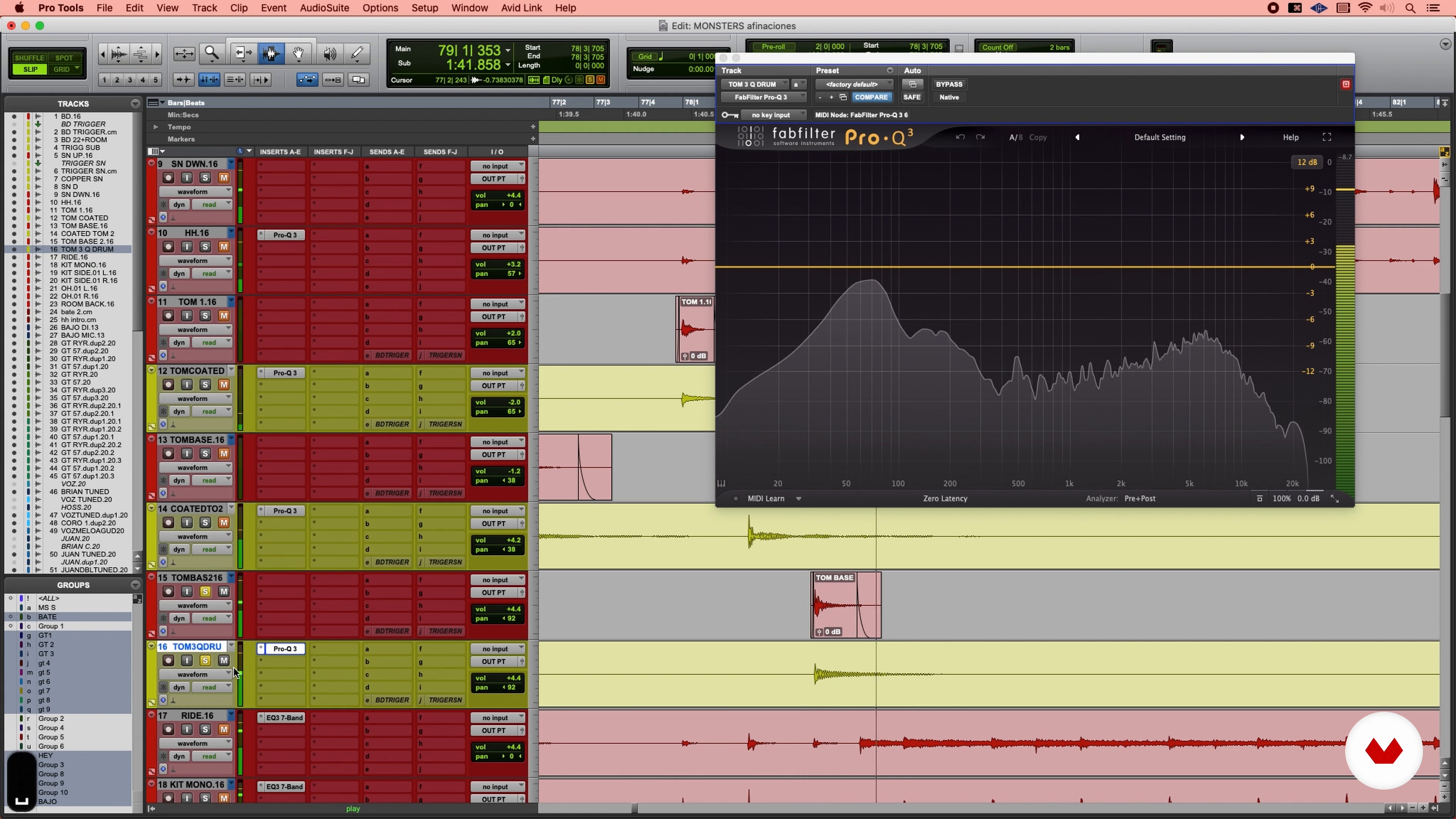
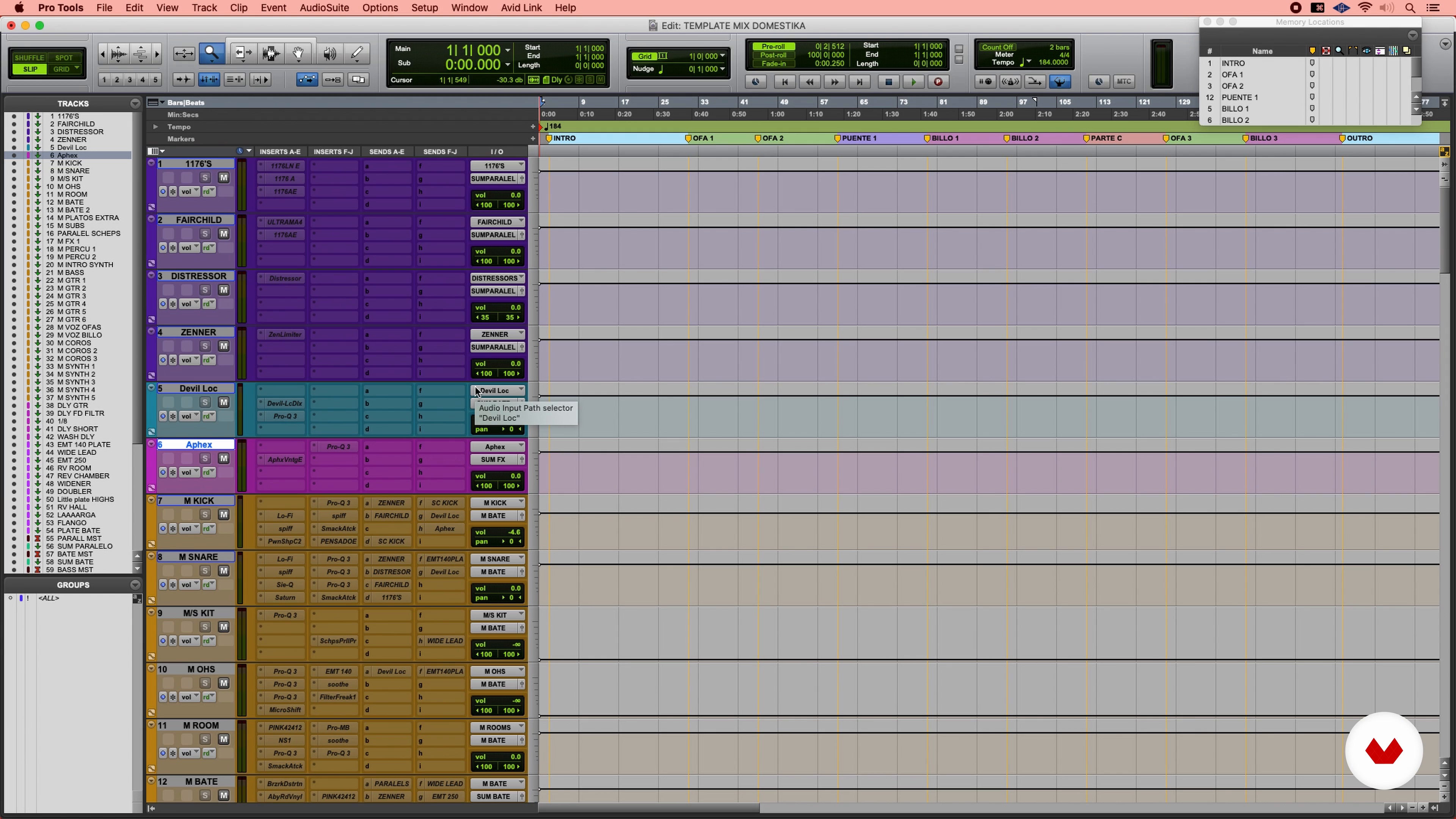
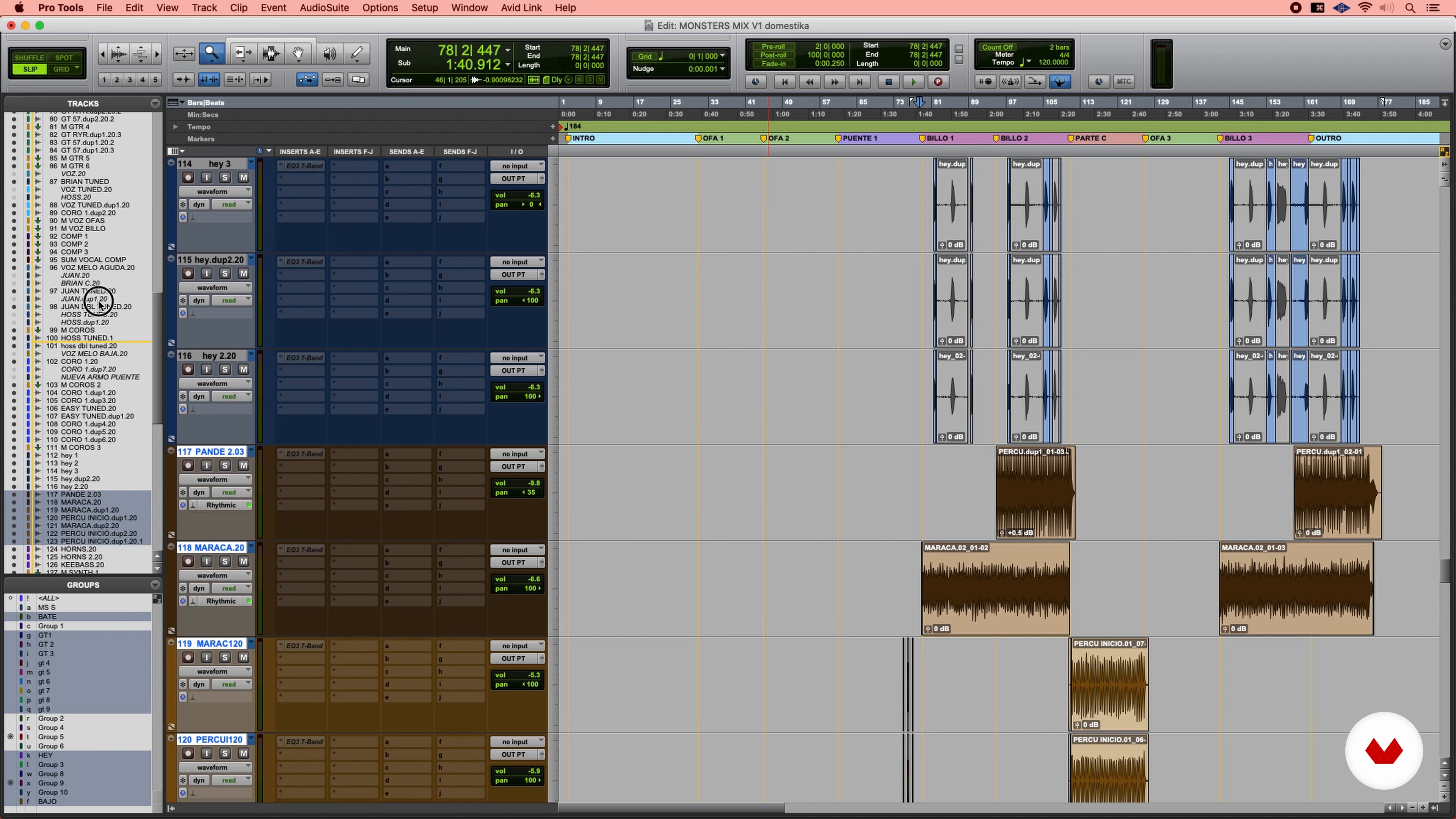
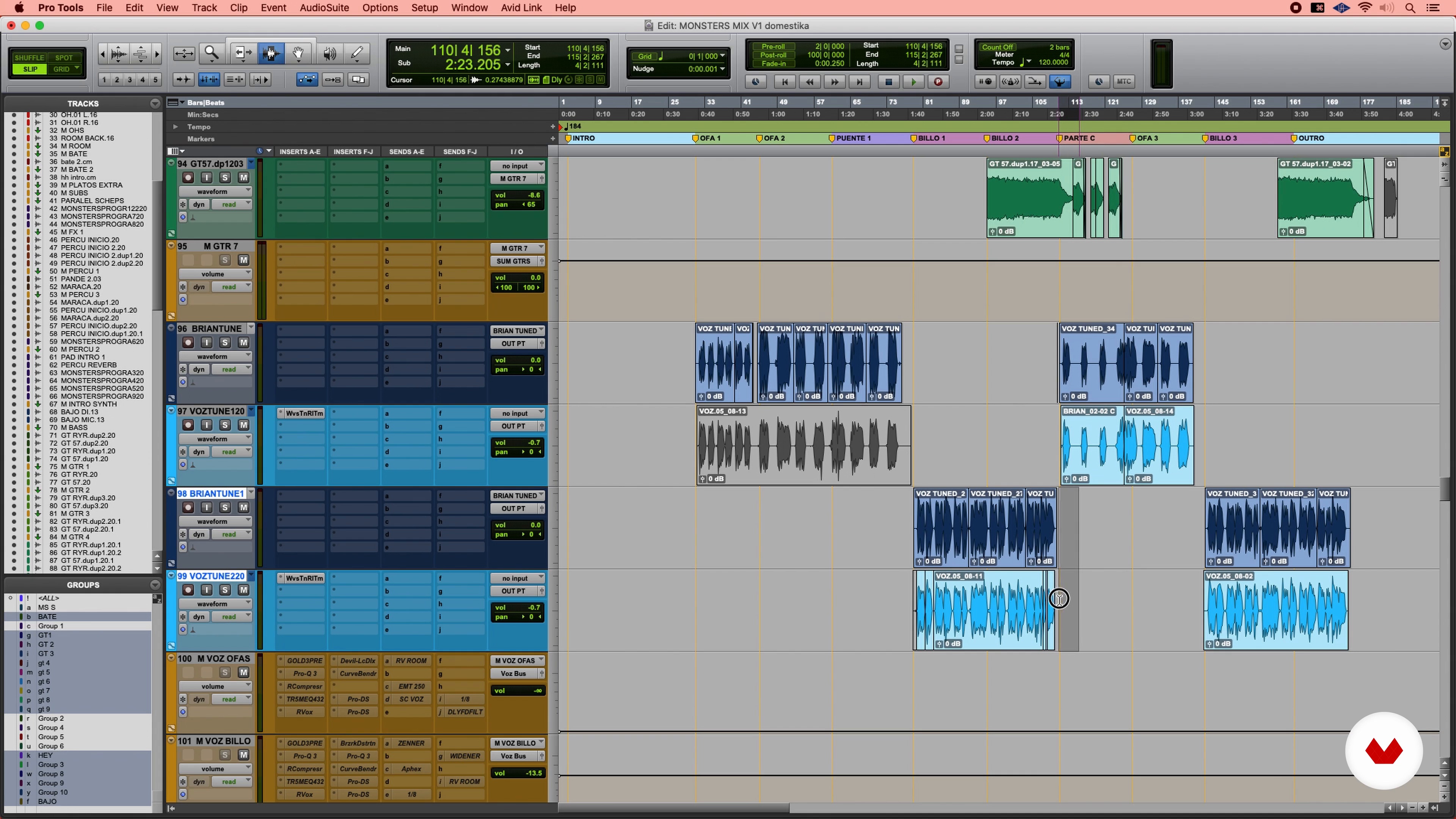
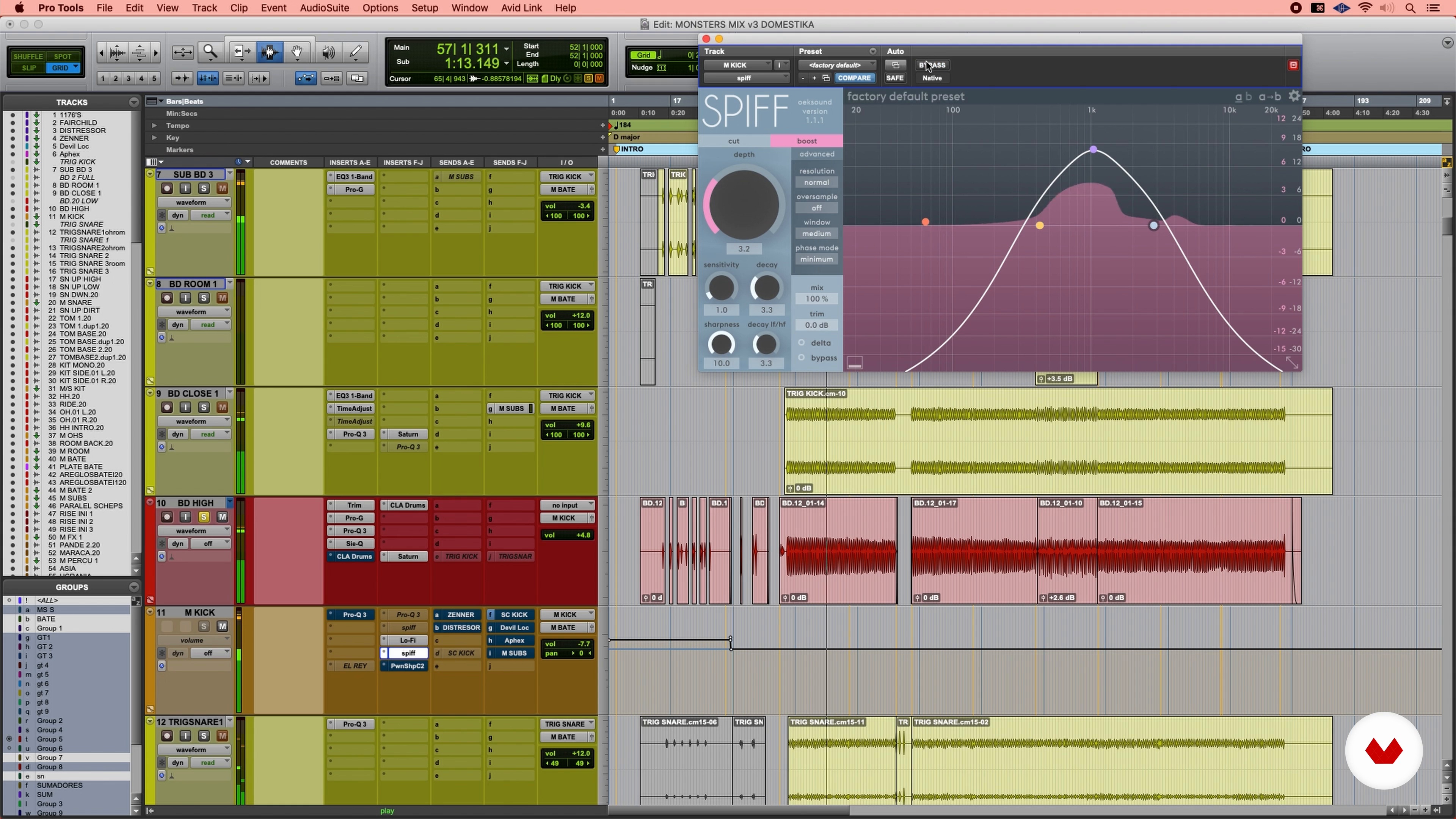
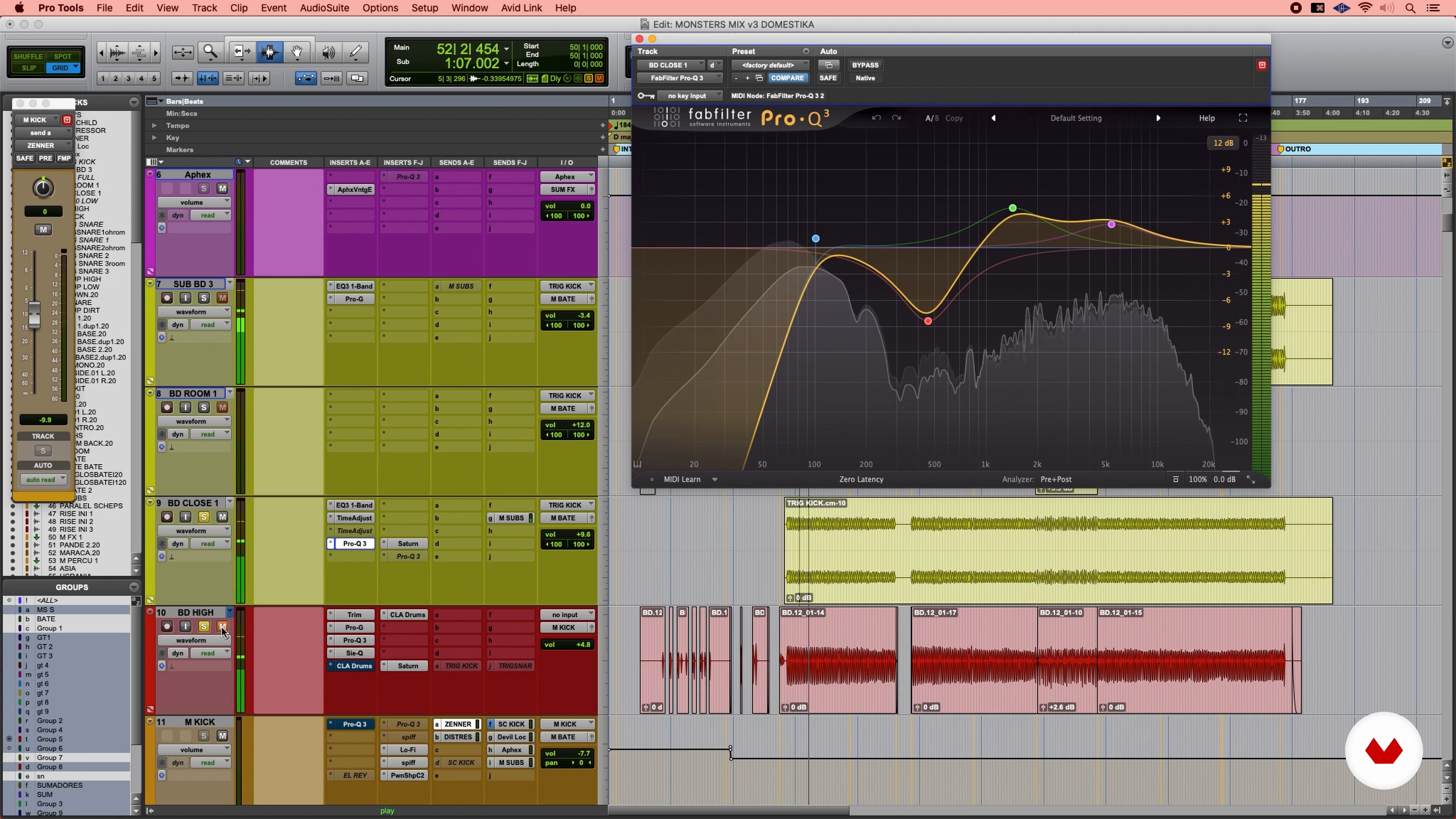
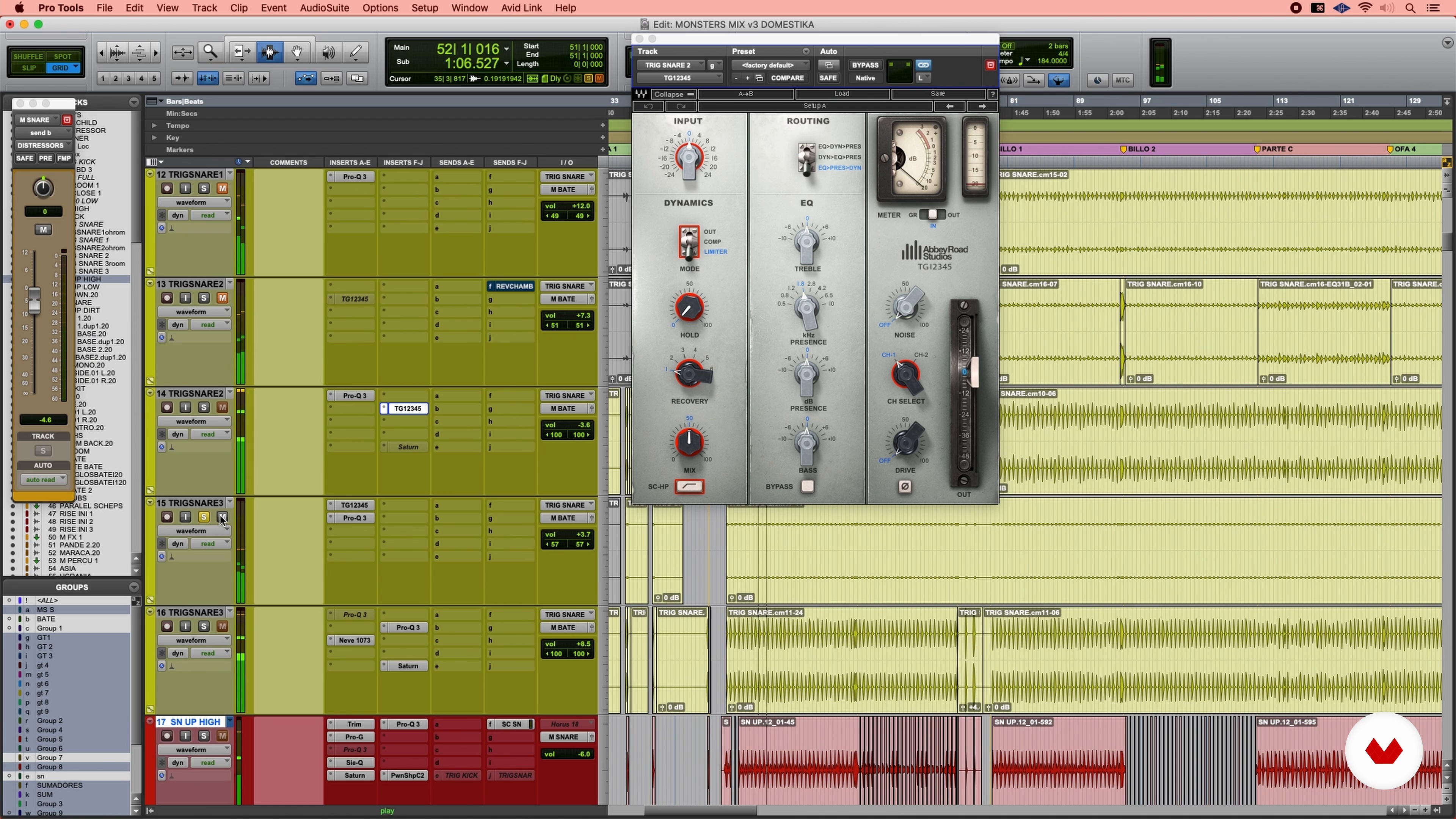
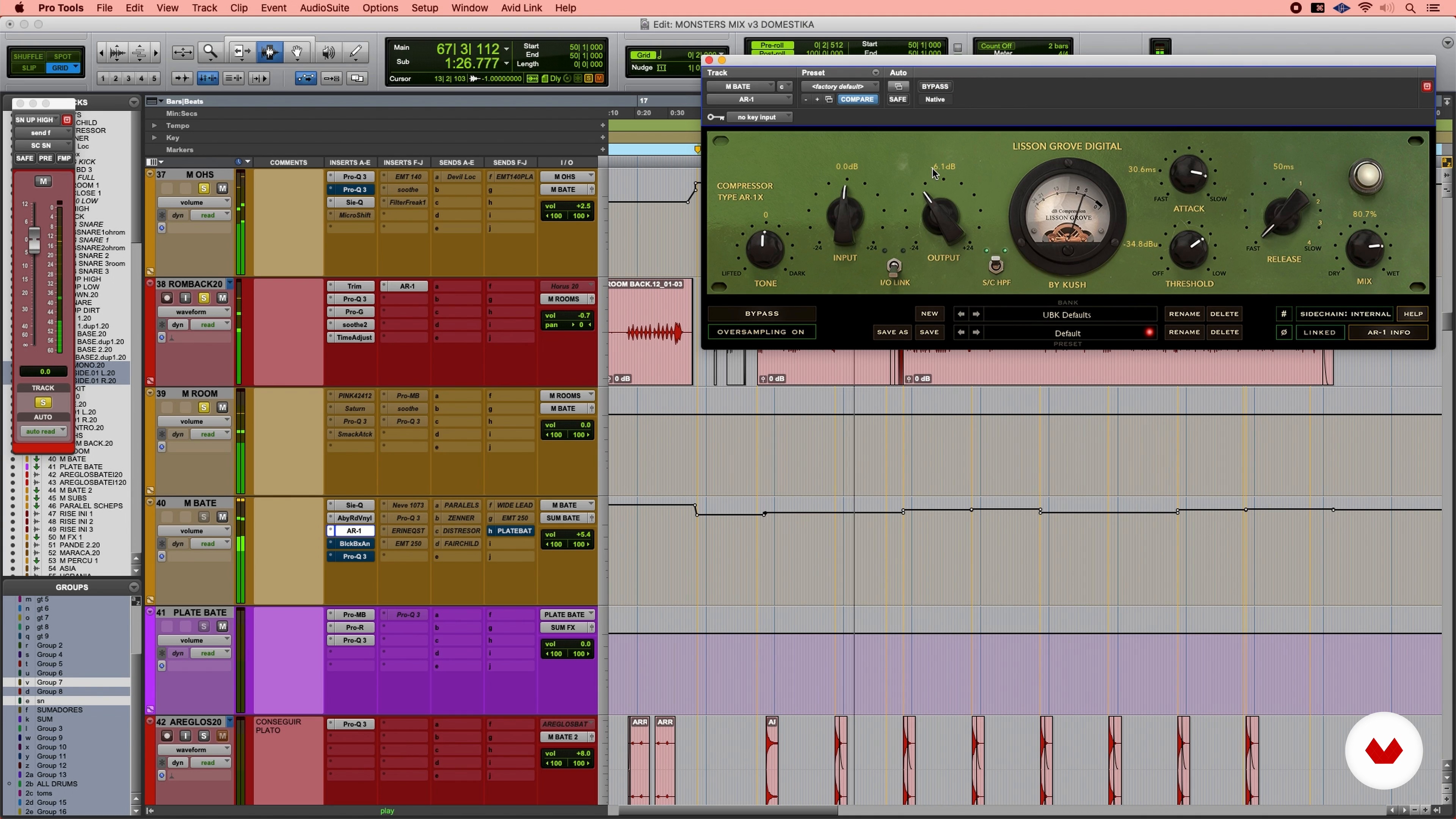
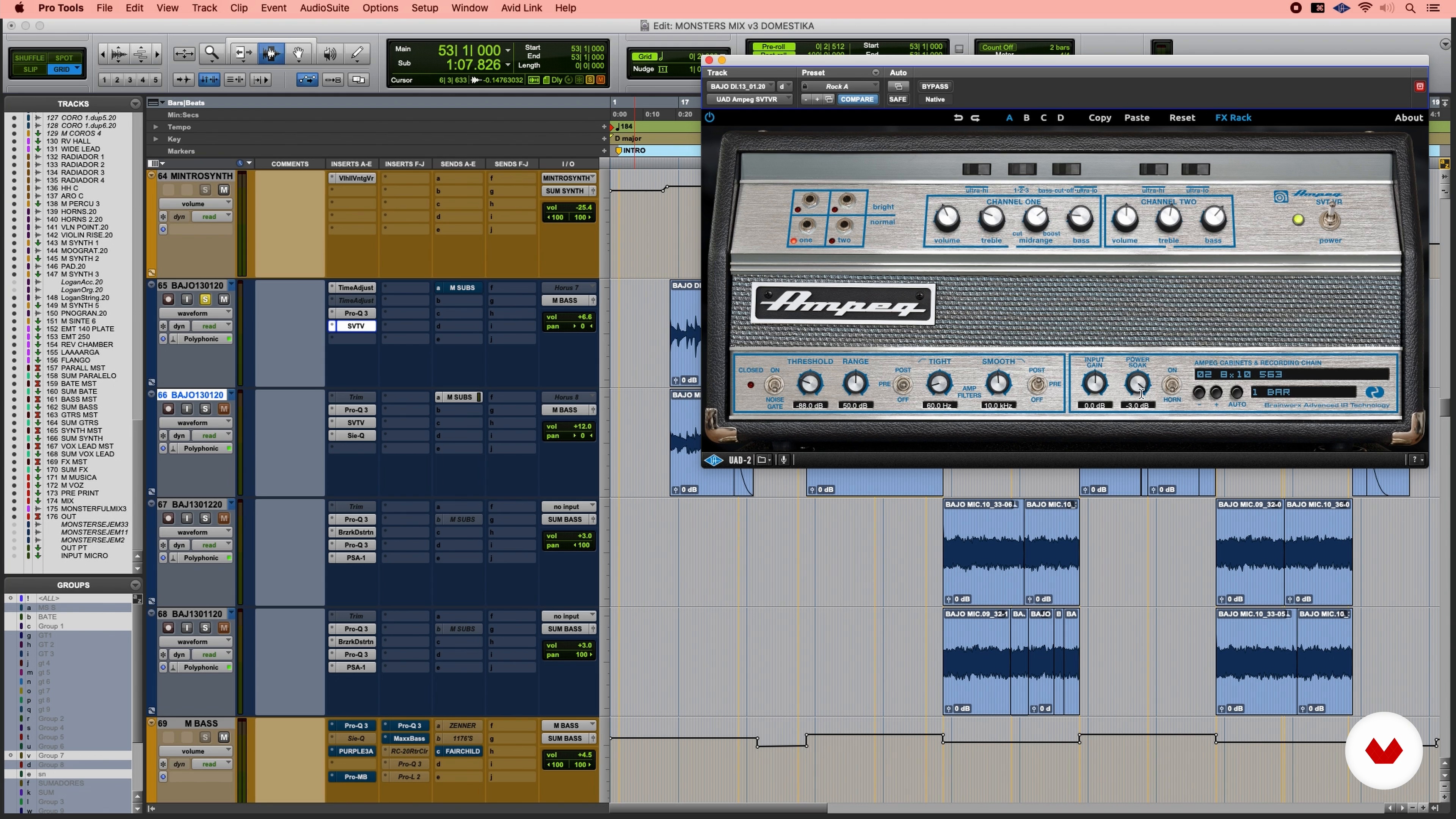
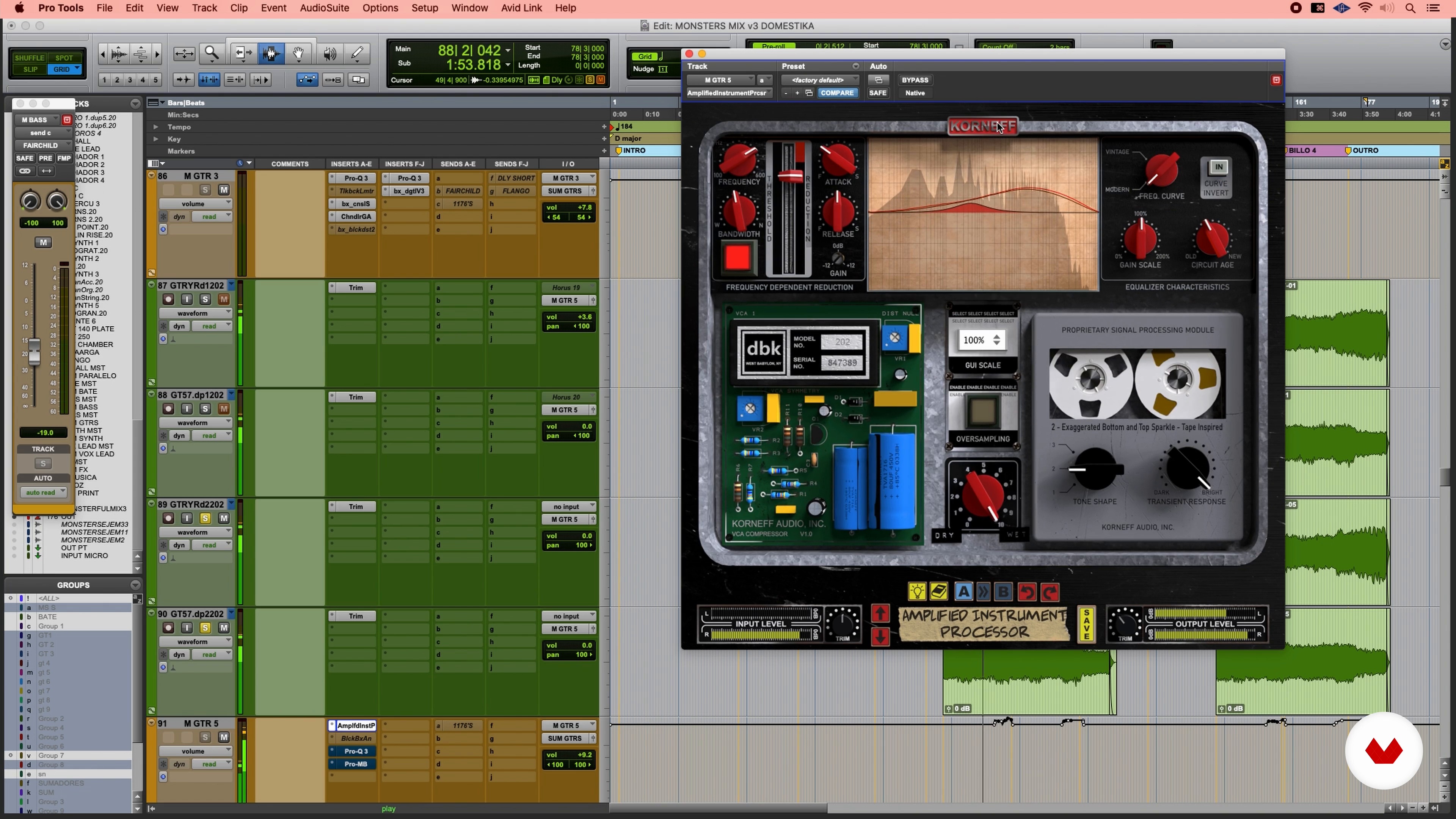
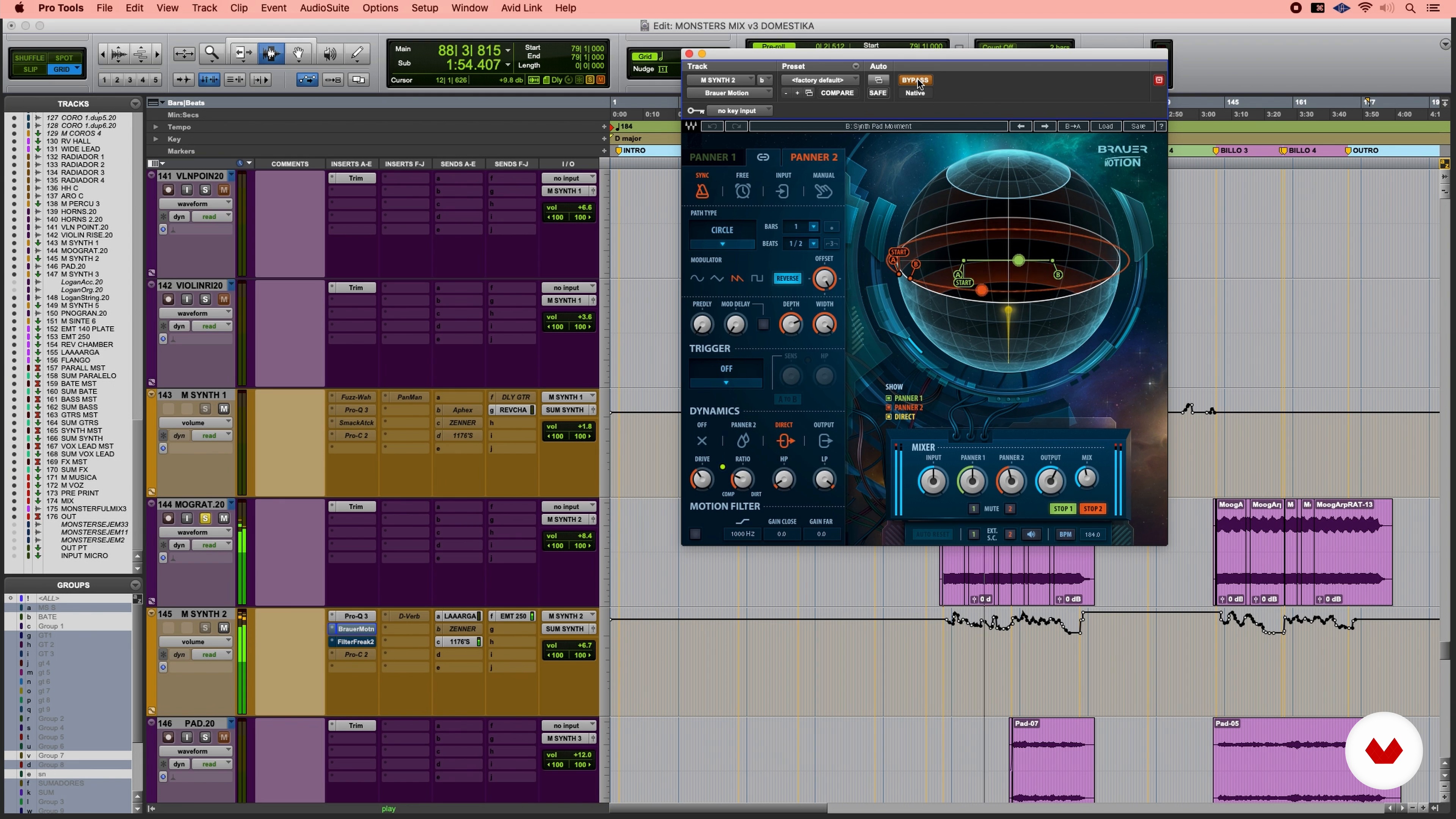
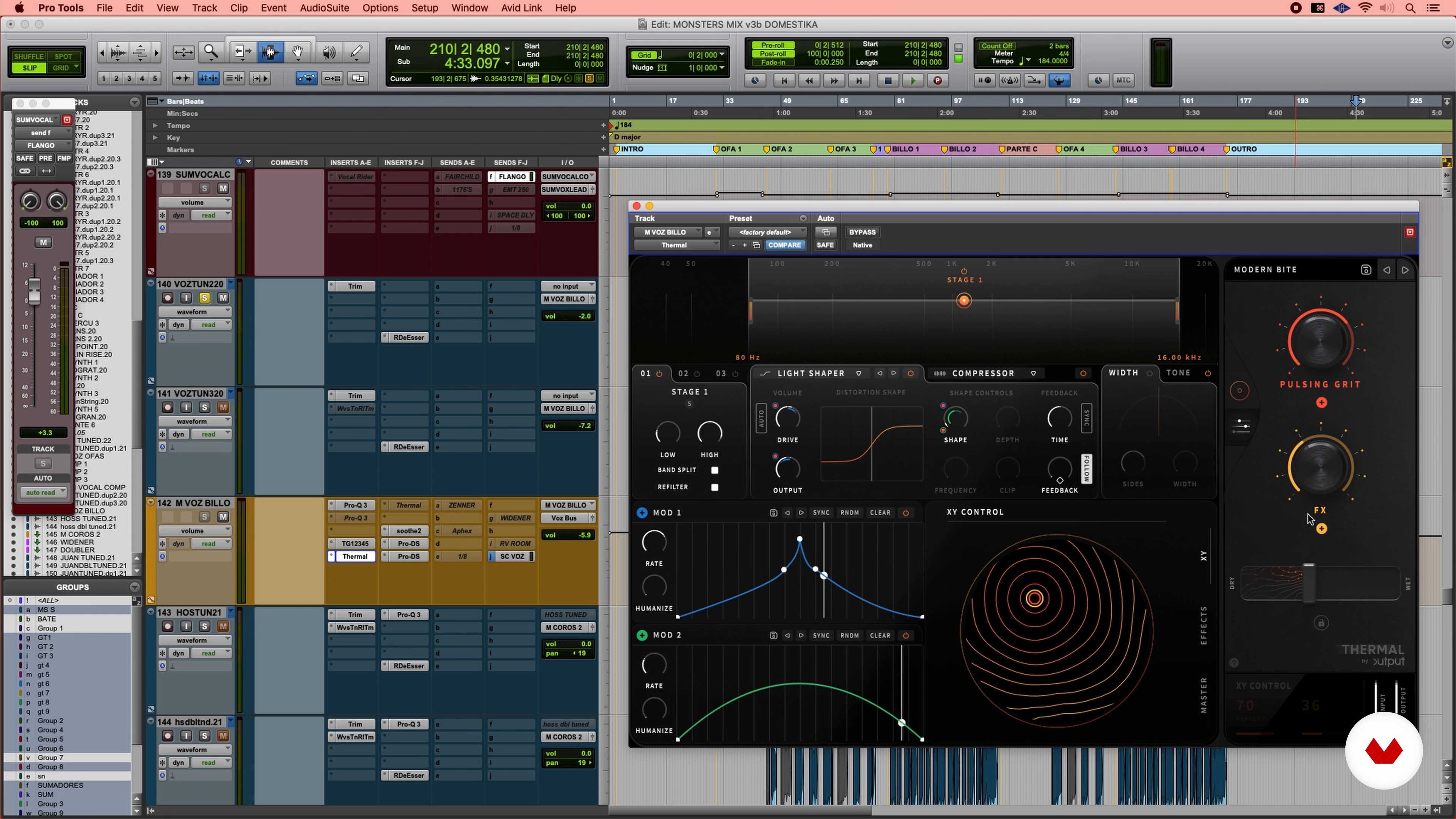
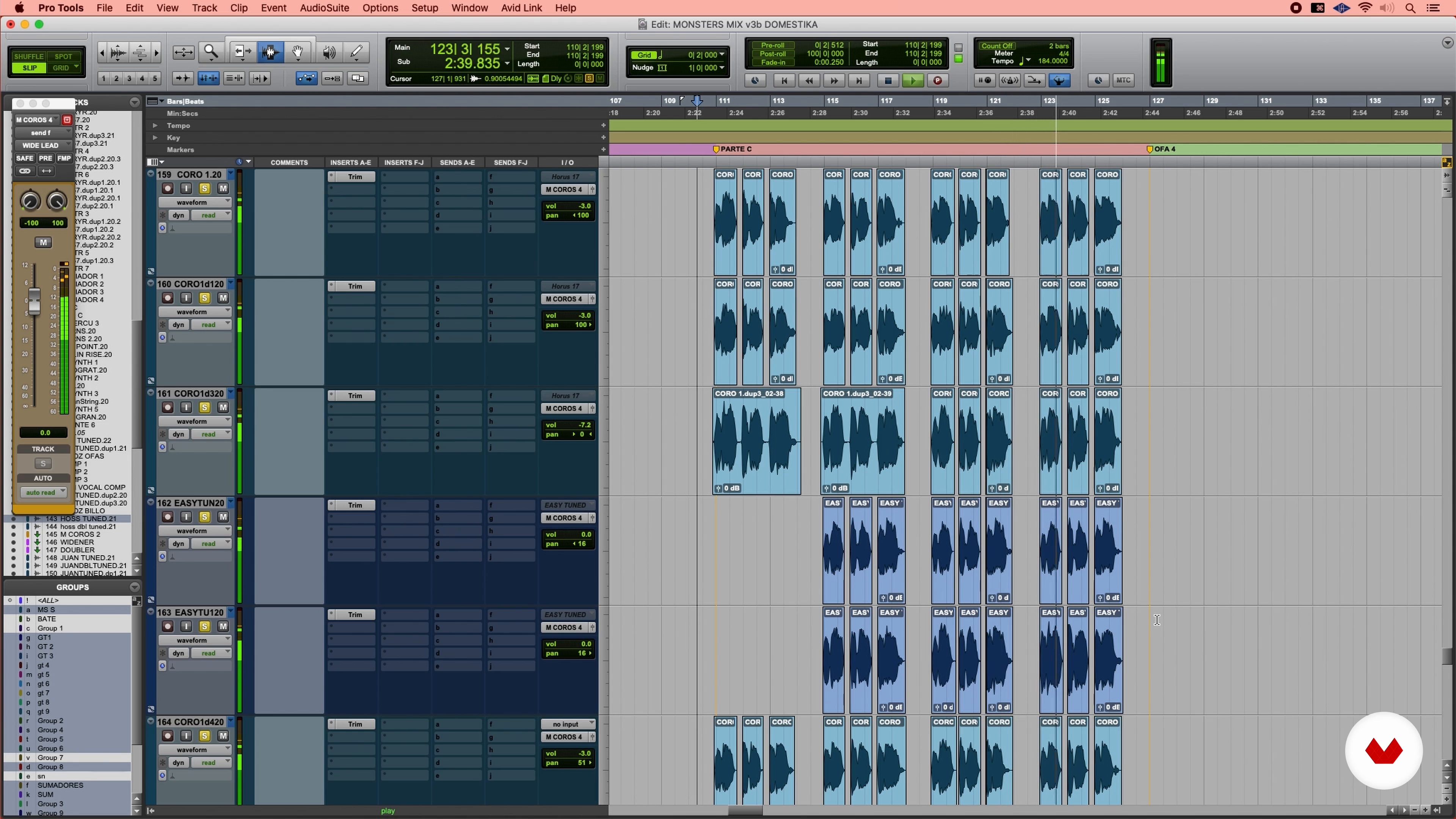
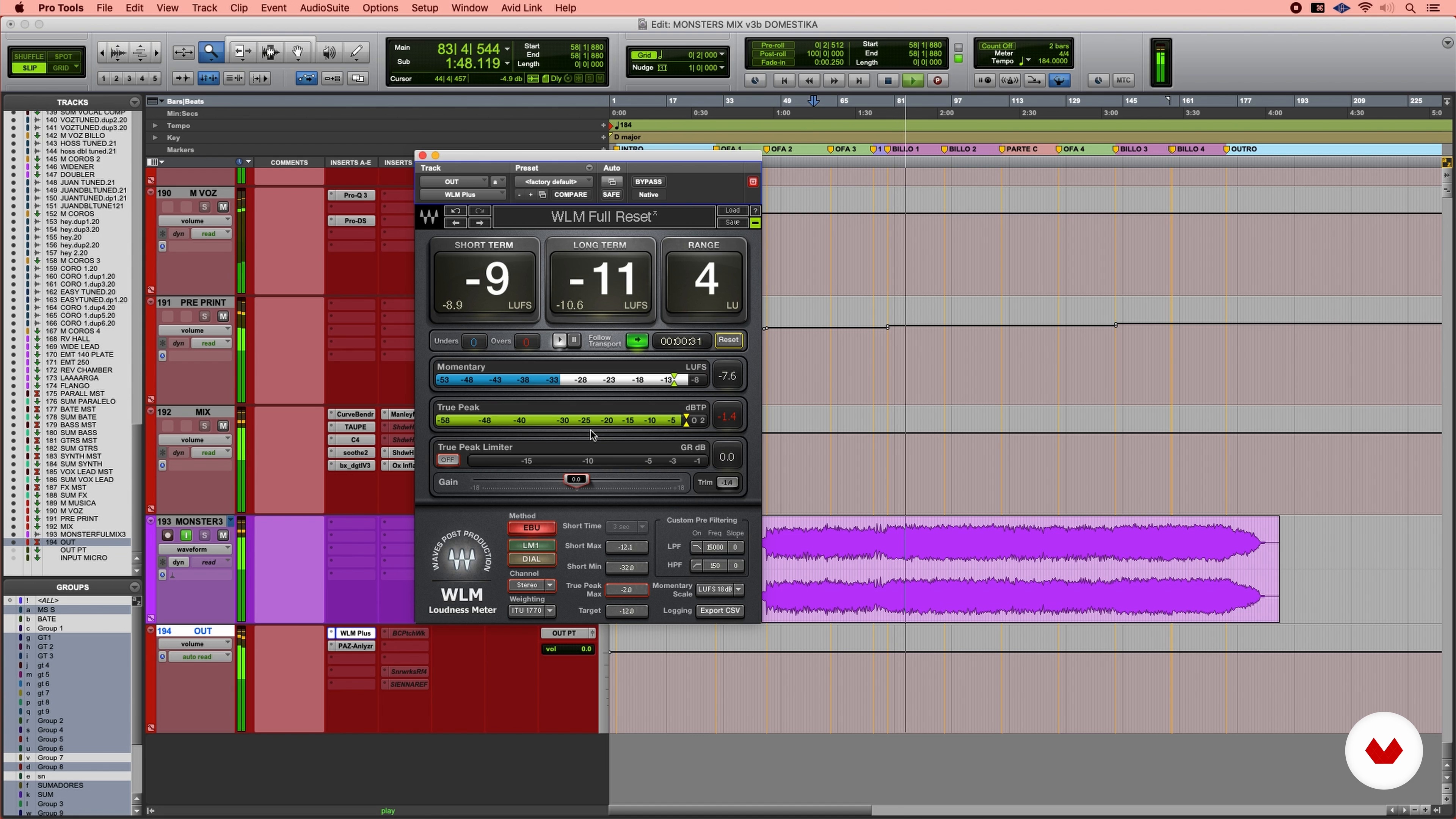
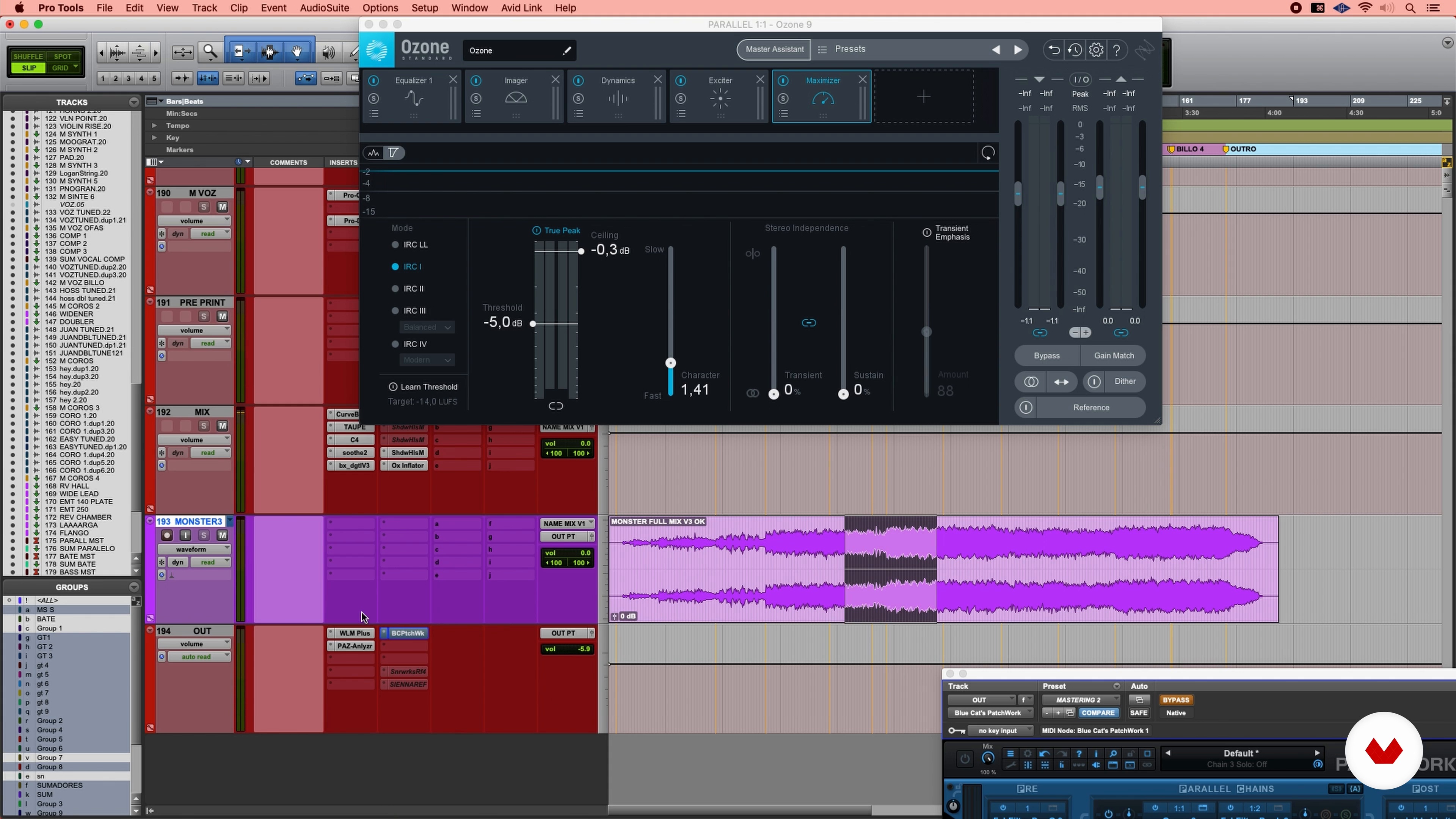
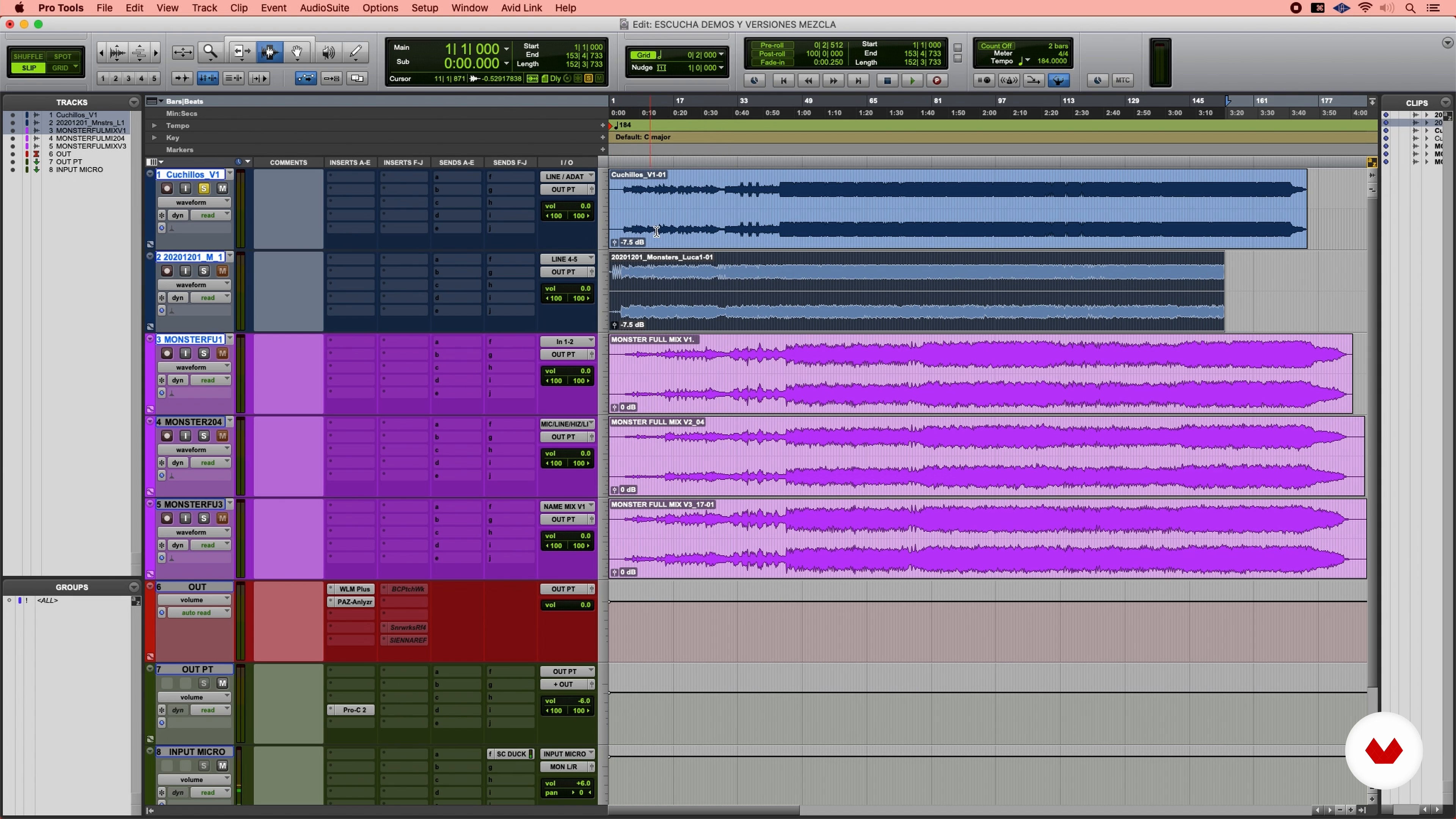
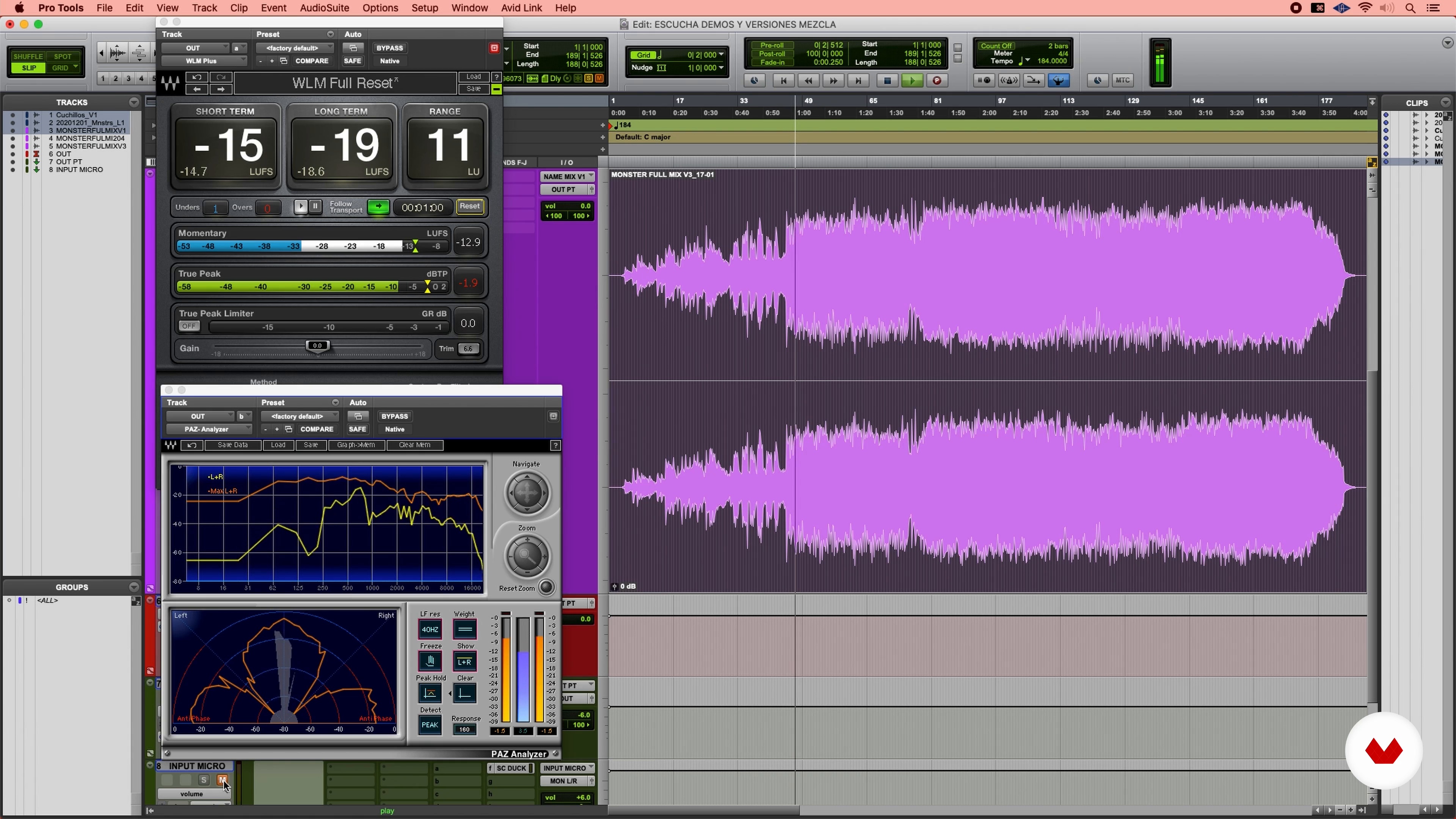
- 100% positive reviews (23)
- 2,026 students
- 98 lessons (20h 9m)
- 60 additional resources (19 files)
- Online and at your own pace
- Audio: Spanish, English
- Spanish · English · Portuguese · German · French · Italian · Polish · Dutch · Turkish
- Level: Beginner
- Unlimited access forever
What is this course's project?
Students will create a complete musical piece, moving from pre-production to mixing, applying sound theory, rhythm, harmony, and melodic composition. They will develop demos and pop songs, integrating real instruments and advanced mixing techniques in Pro Tools.
Projects by course students
Who is this specialization for?
Aimed at musicians, producers, and music production enthusiasts who want to delve deeper into composition, recording, and mixing techniques. Ideal for those looking to professionalize their skills, explore new genres, and optimize their use of software and hardware tools.
Requirements and materials
Extensive knowledge isn't required, but a basic understanding of music is essential. Access to a computer with music production software, headphones or studio monitors, and a microphone for practicing recordings is necessary.

Reviews
What to expect from this specialization course
-
Learn at your own pace
Enjoy learning from home without a set schedule and with an easy-to-follow method. You set your own pace.
-
Learn from the best professionals
Learn valuable methods and techniques explained by top experts in the creative sector.
-
Meet expert teachers
Each expert teaches what they do best, with clear guidelines, true passion, and professional insight in every lesson.
-
Certificates
PlusIf you're a Plus member, get a custom certificate for every specialization course. Share it on your portfolio, social media, or wherever you like.
-
Get front-row seats
Videos of the highest quality, so you don't miss a single detail. With unlimited access, you can watch them as many times as you need to perfect your technique.
-
Share knowledge and ideas
Ask questions, request feedback, or offer solutions. Share your learning experience with other students in the community who are as passionate about creativity as you are.
-
Connect with a global creative community
The community is home to millions of people from around the world who are curious and passionate about exploring and expressing their creativity.
-
Watch professionally produced courses
Domestika curates its teacher roster and produces every course in-house to ensure a high-quality online learning experience.
FAQs
What are Domestika's online courses?
Domestika courses are online classes that allow you to learn new skills and create incredible projects. All our courses include the opportunity to share your work with other students and/or teachers, creating an active learning community. We offer different formats:
Original Courses: Complete classes that combine videos, texts, and educational materials to complete a specific project from start to finish.
Basics Courses: Specialized training where you master specific software tools step by step.
Specialization Courses: Learning paths with various expert teachers on the same topic, perfect for becoming a specialist by learning from different approaches.
Guided Courses: Practical experiences ideal for directly acquiring specific skills.
Intensive Courses (Deep Dives): New creative processes based on artificial intelligence tools in an accessible format for in-depth and dynamic understanding.
When do the specialization courses start and when do they finish?
All specialization courses are 100% online, so once they're published, specialization courses start and finish whenever you want. You set the pace of the class. You can go back to review what interests you most and skip what you already know, ask questions, answer questions, share your projects, and more.
What do Domestika's specialization courses include?
The specialization courses are divided into different modules. Each one includes lessons, informational text, tasks, and practice exercises to help you carry out your project step by step, with additional complementary resources and downloads. You'll also have access to an exclusive forum where you can interact with other students, as well as share your work and your final project, creating a community around the specialization courses.
Have you been given a specialization courses?
You can redeem the specialization courses you received by accessing the redeeming page and entering your gift code.









Excelente, lo llevo ocupando un buen rato y si tengo dudas es muy sencillo el ubicar donde me perdi o en el material de apoyo puedo corregir esos errores que llego a tener
Muy buen curso, tiene todo para poder iniciar proyectos de grabación
Muy completo!
Otimo curso! Bons professores, ótimas referências e exemplos.
super! gran insumo para aprender